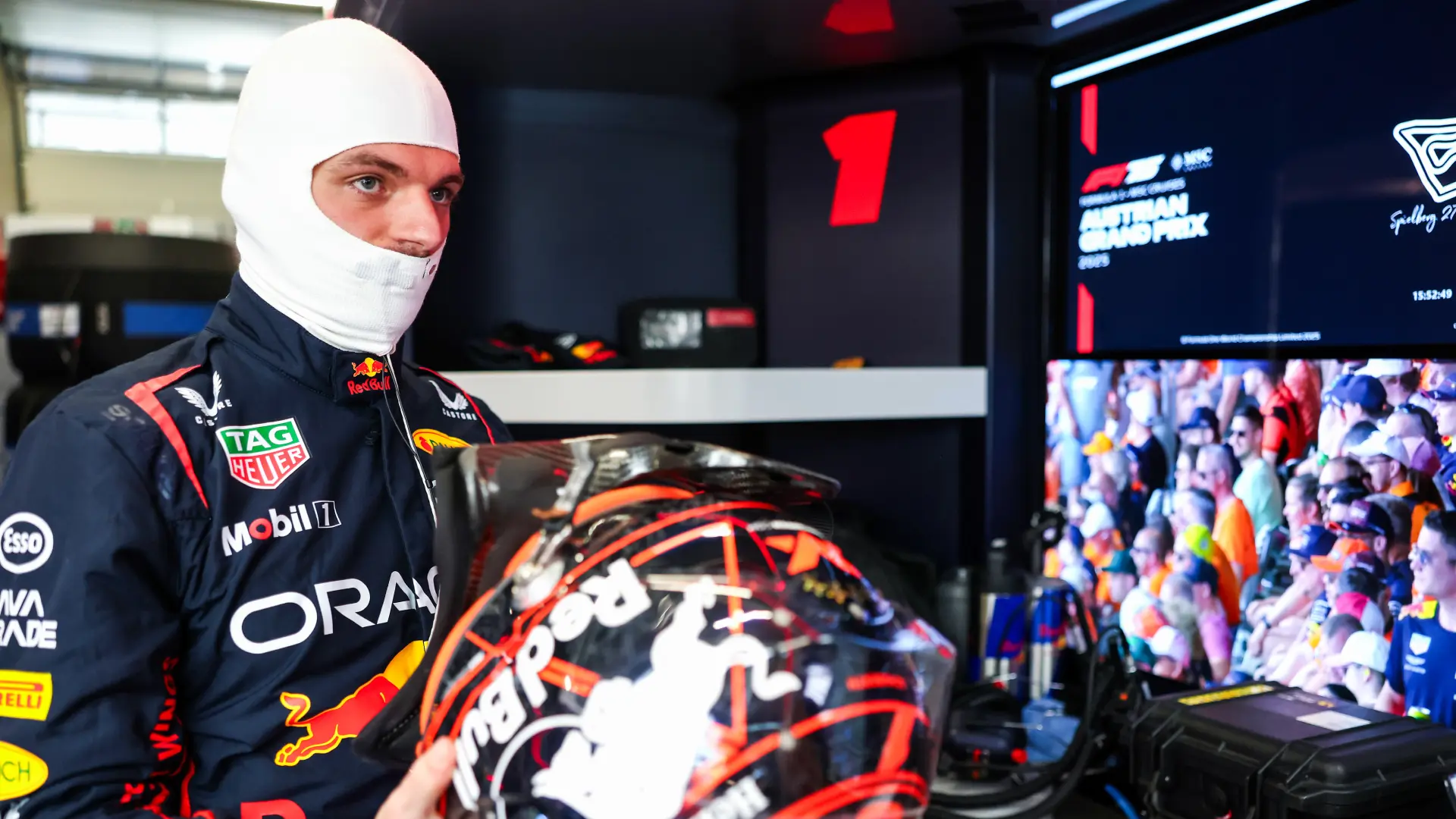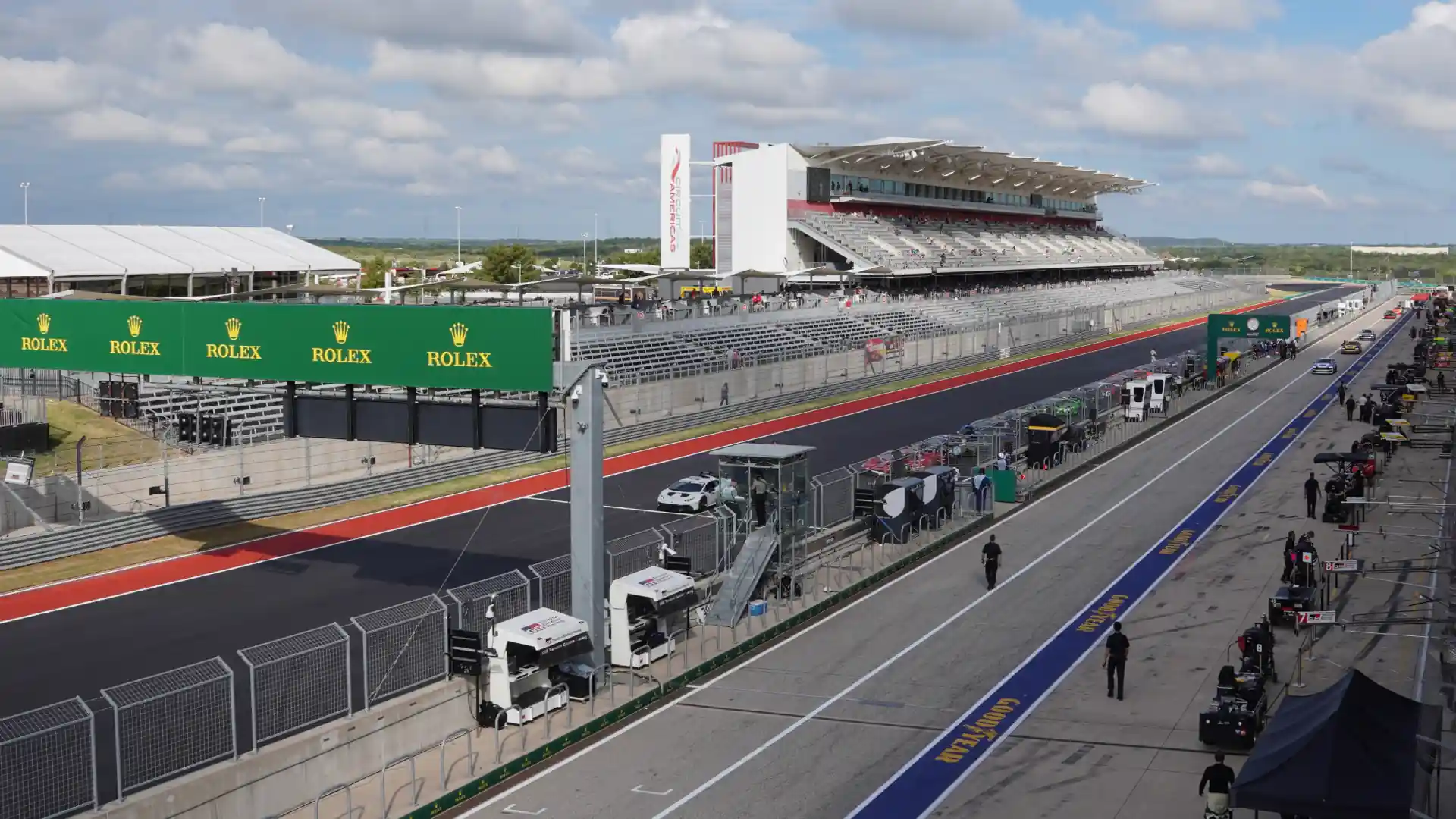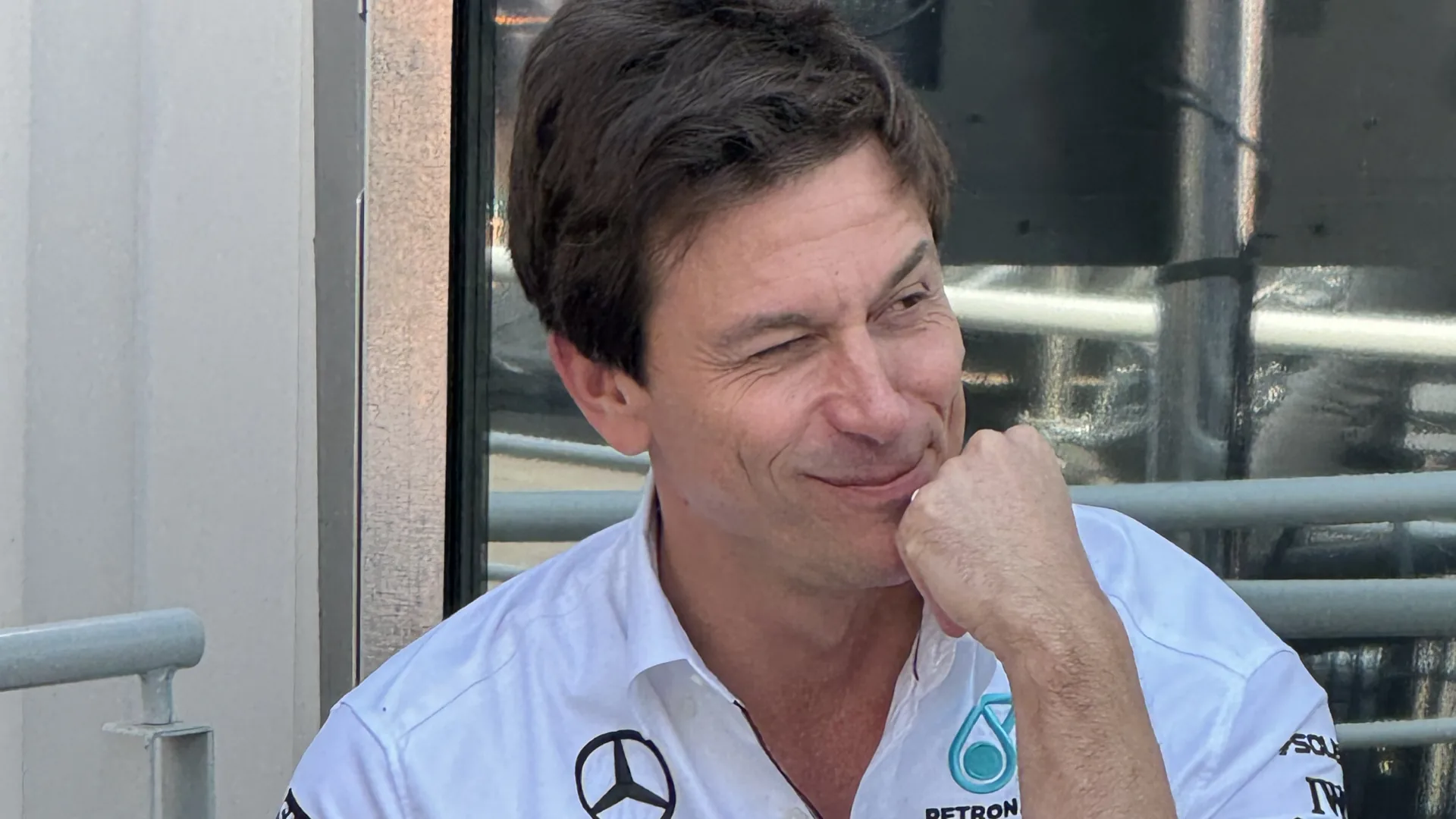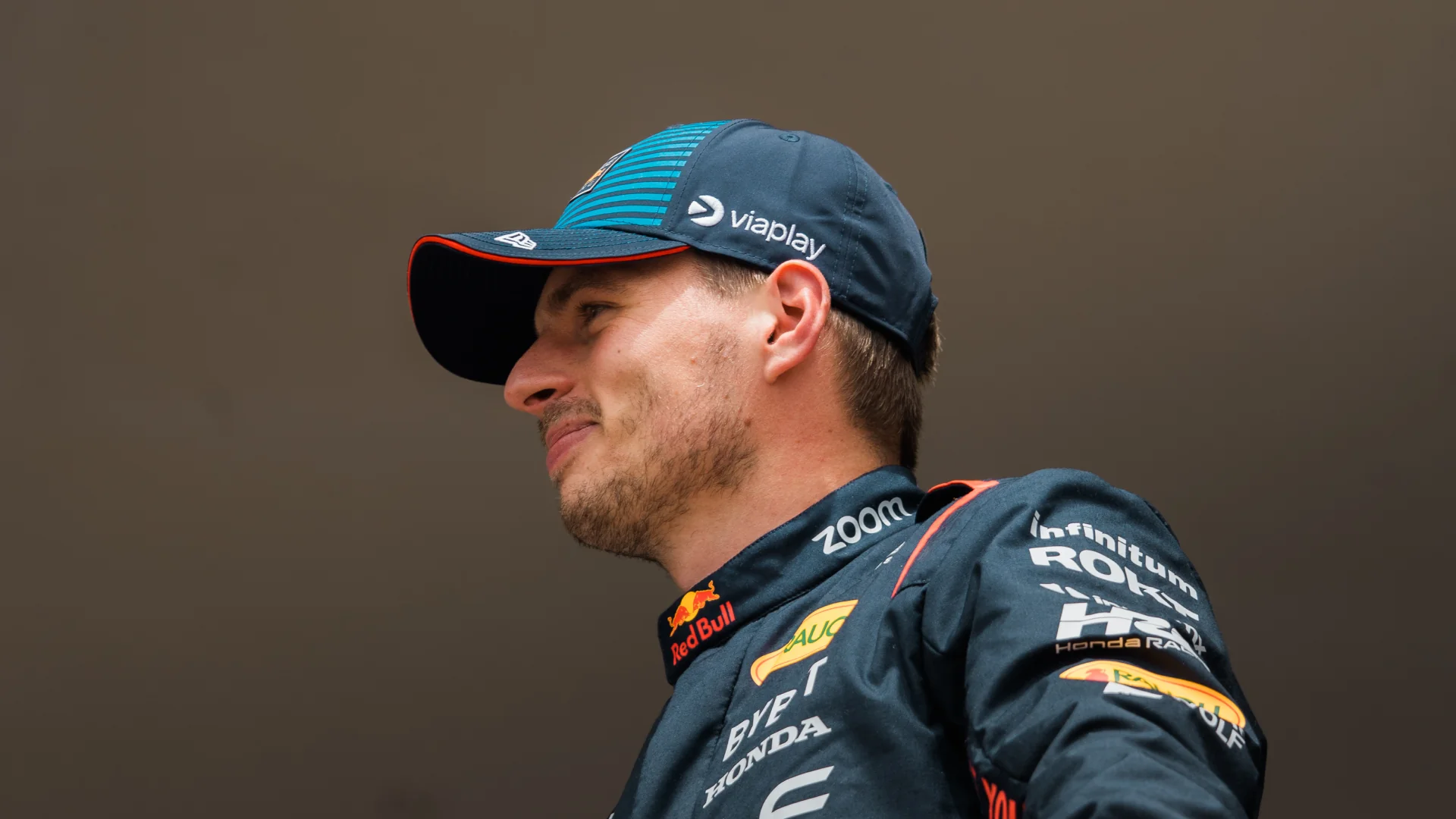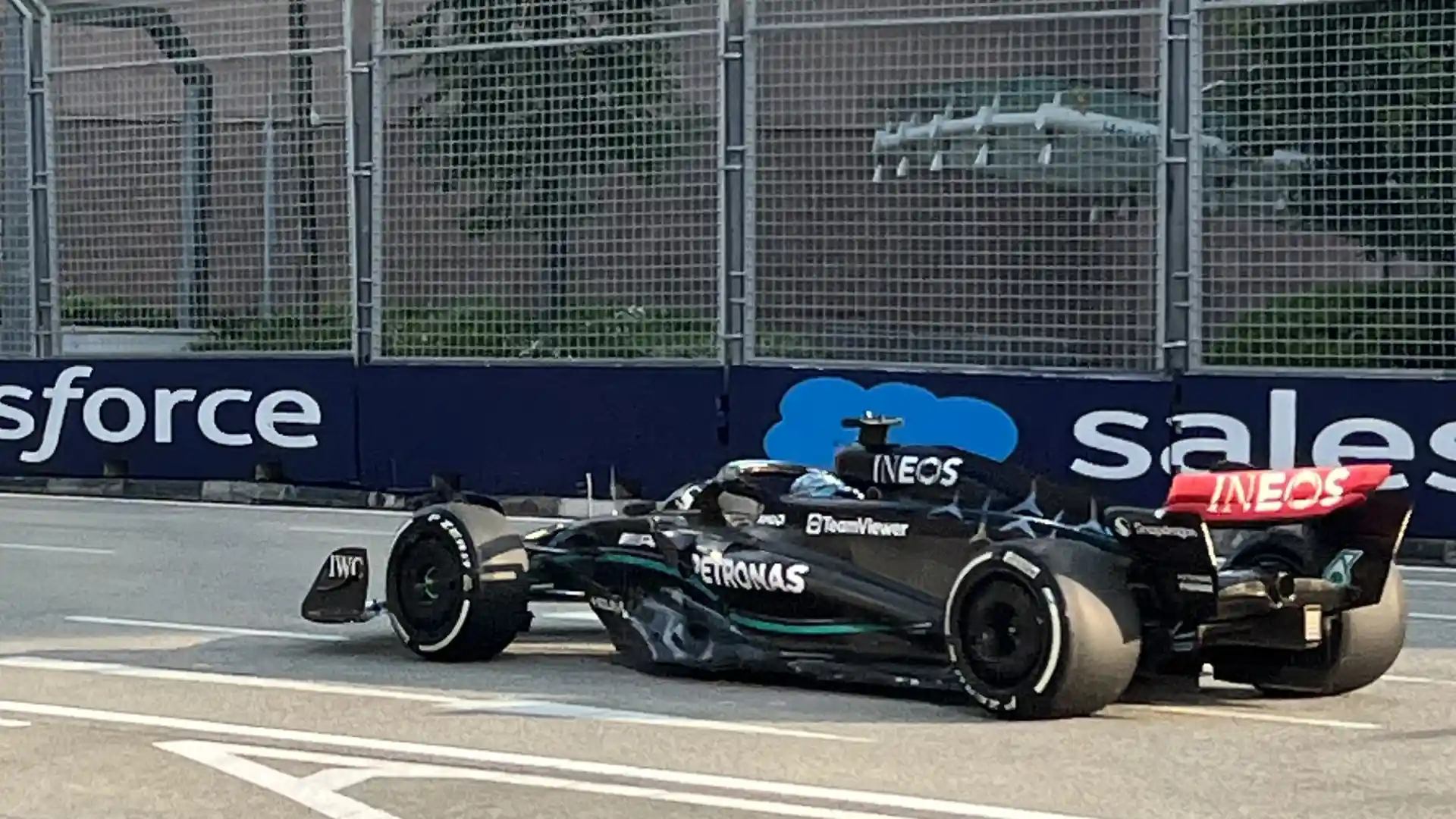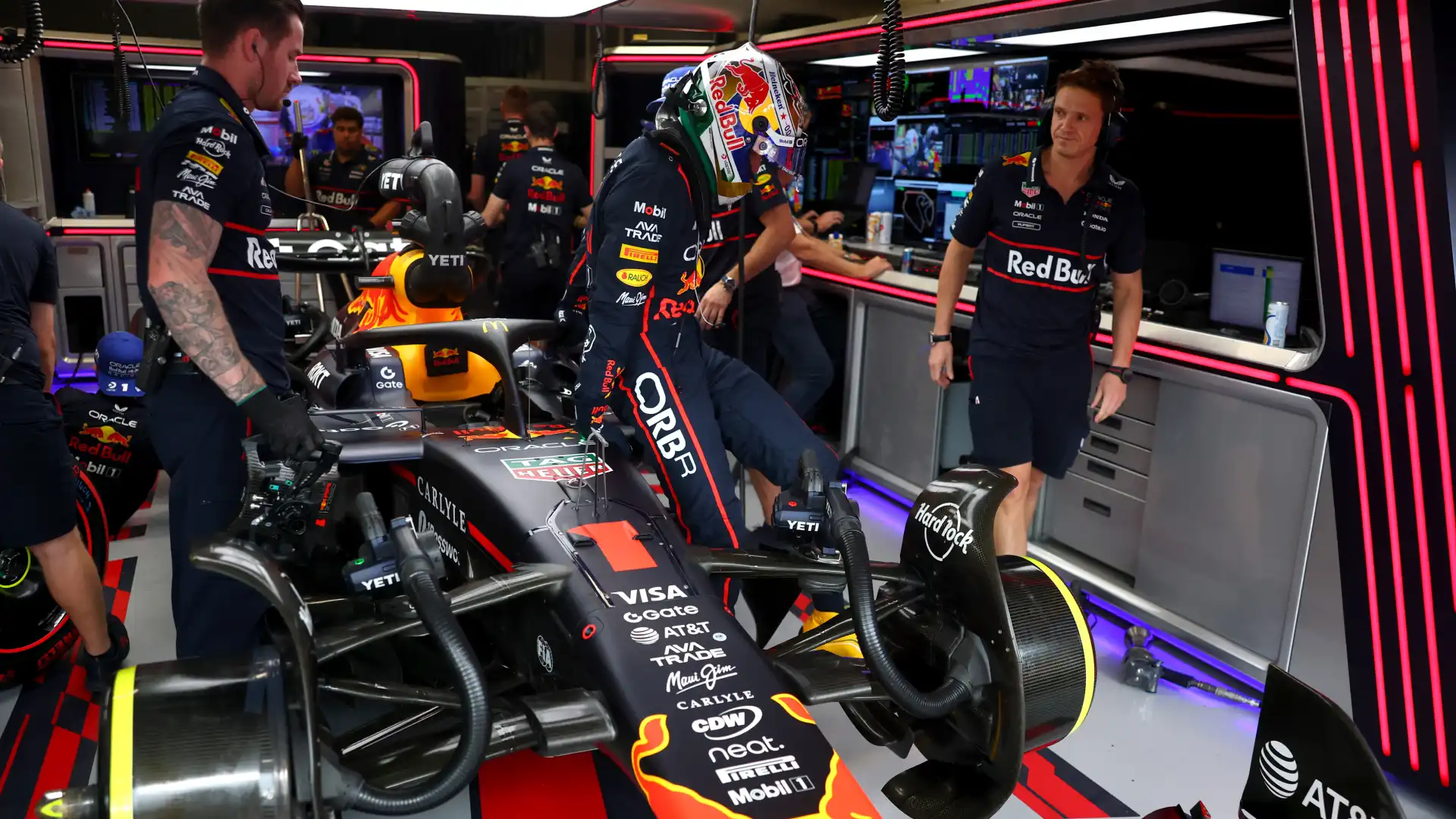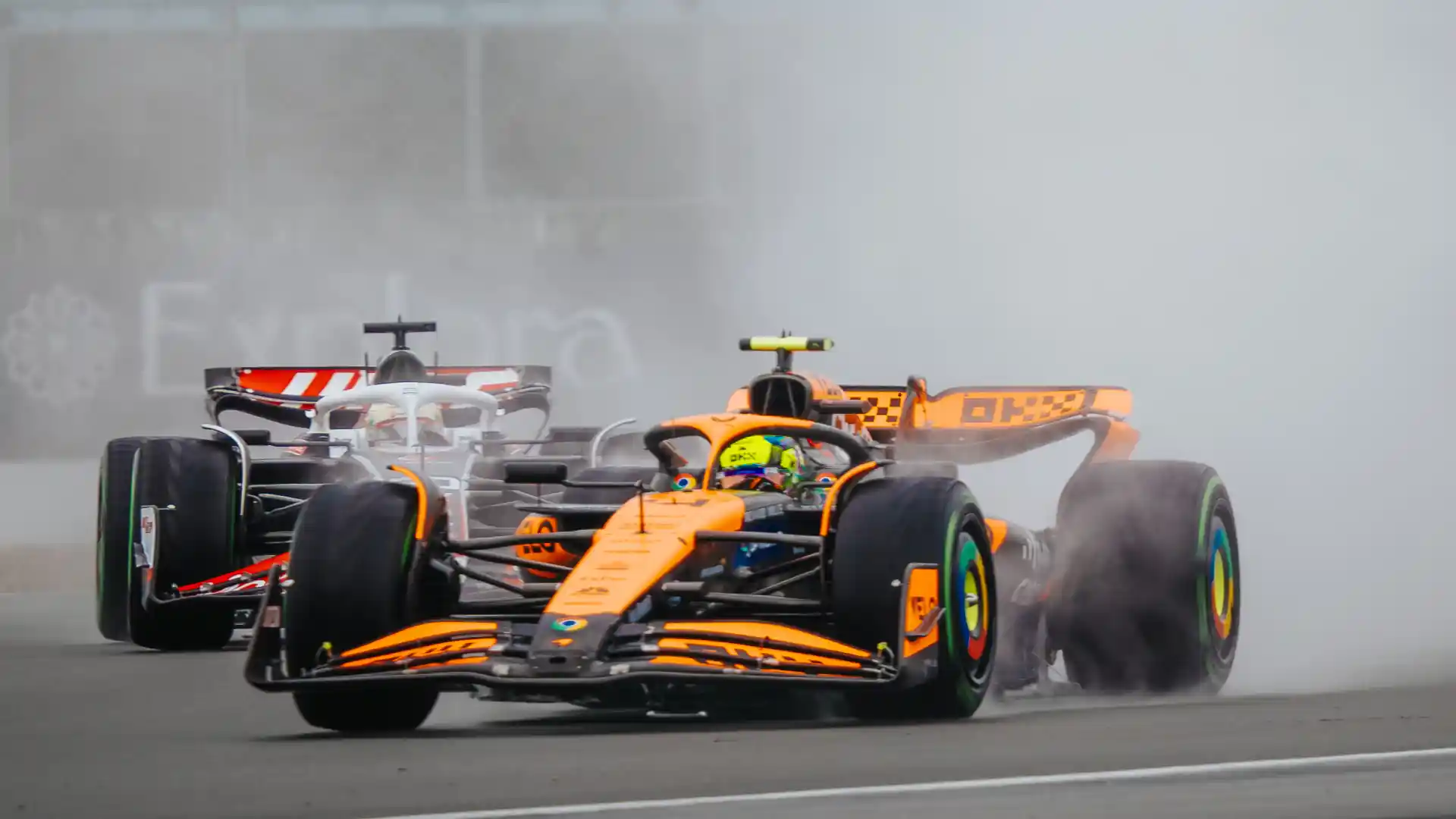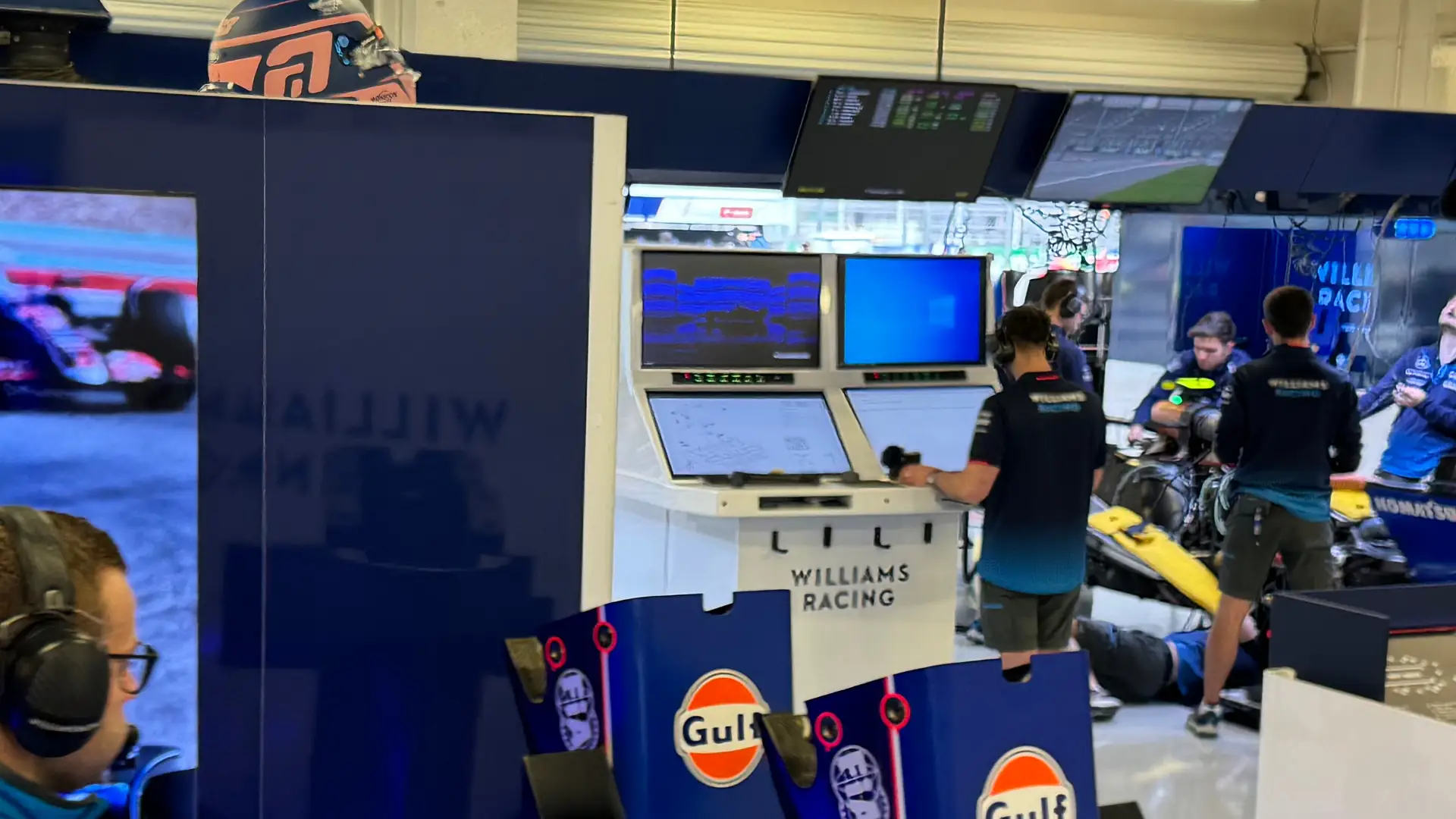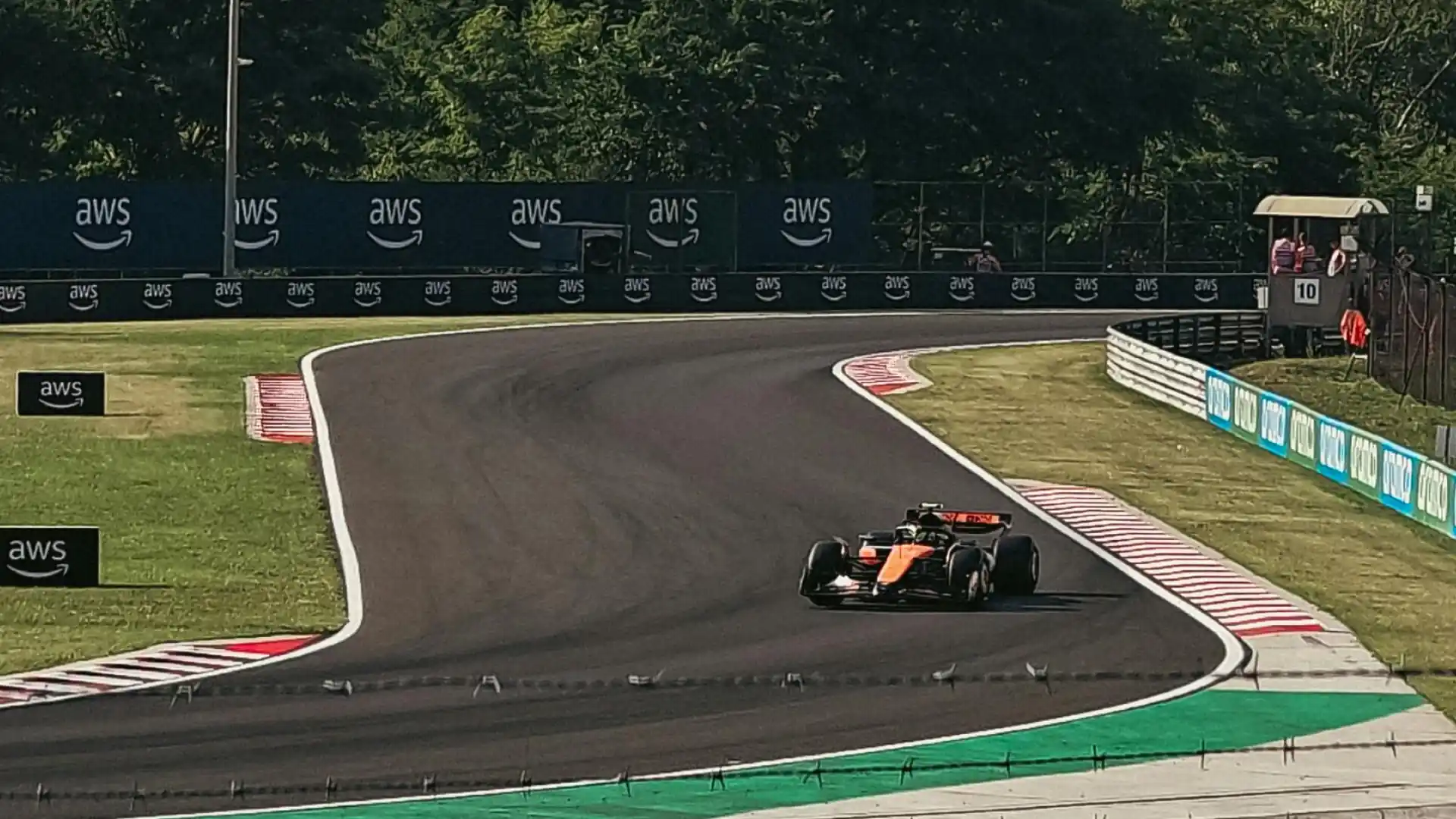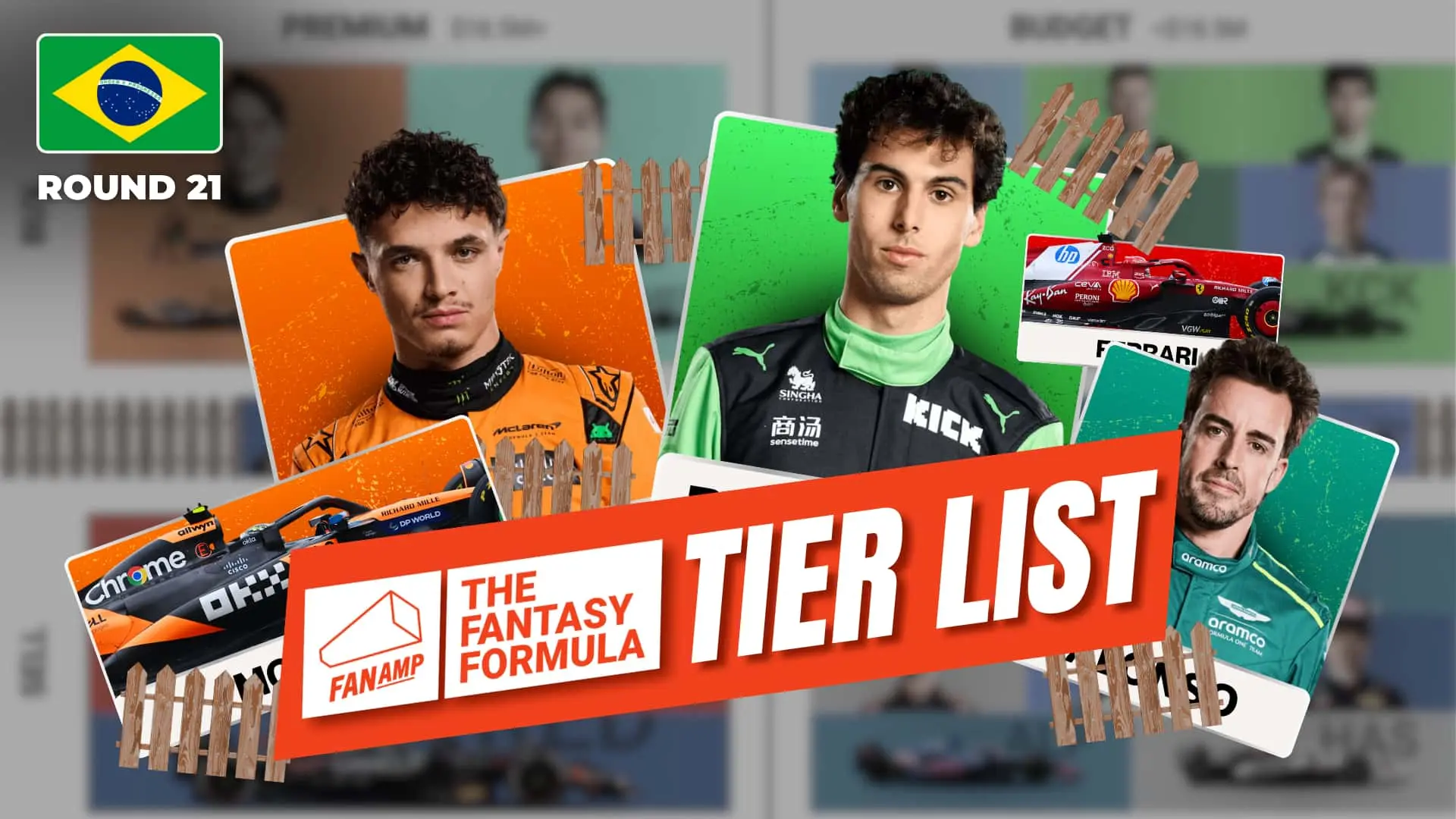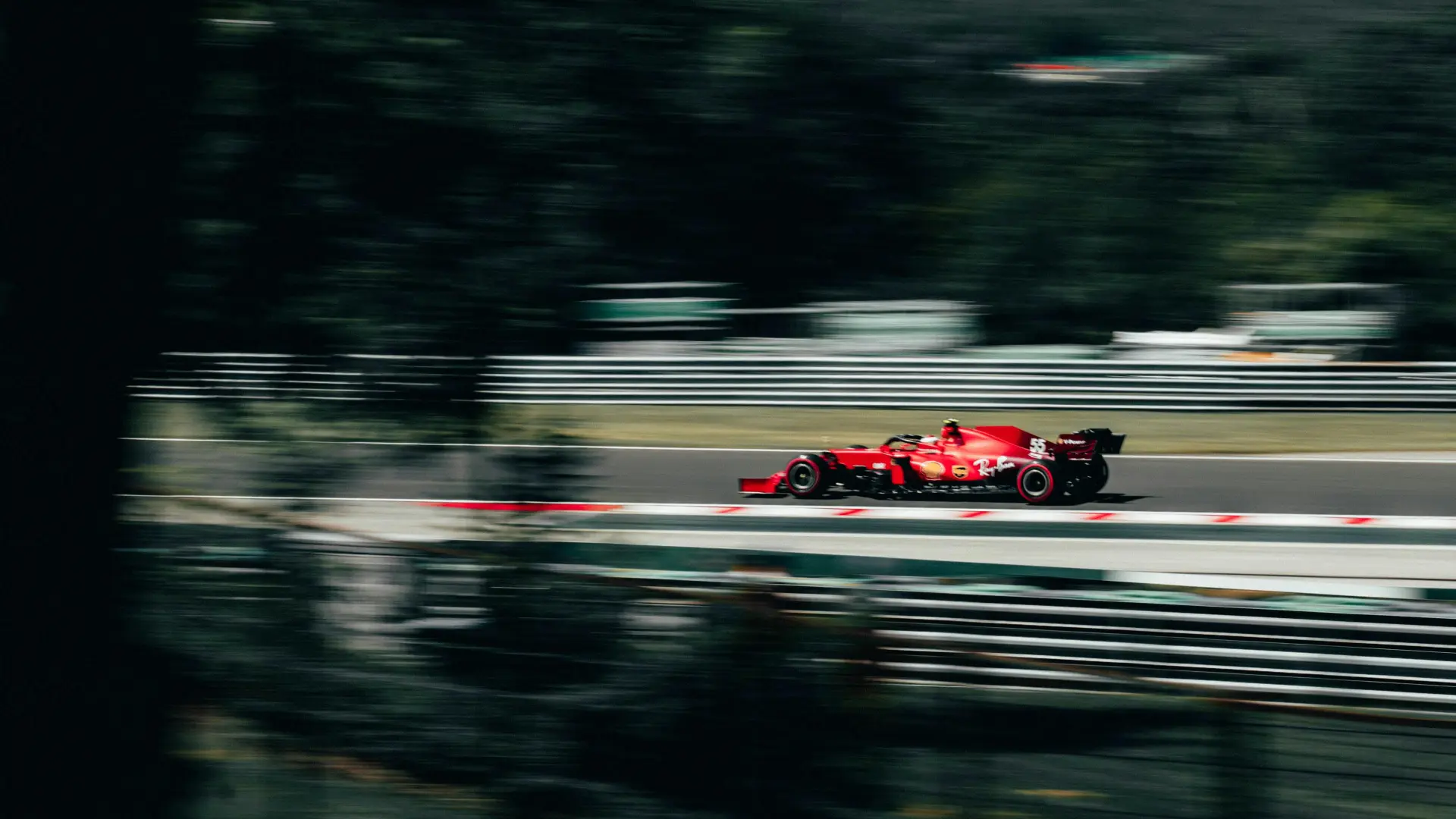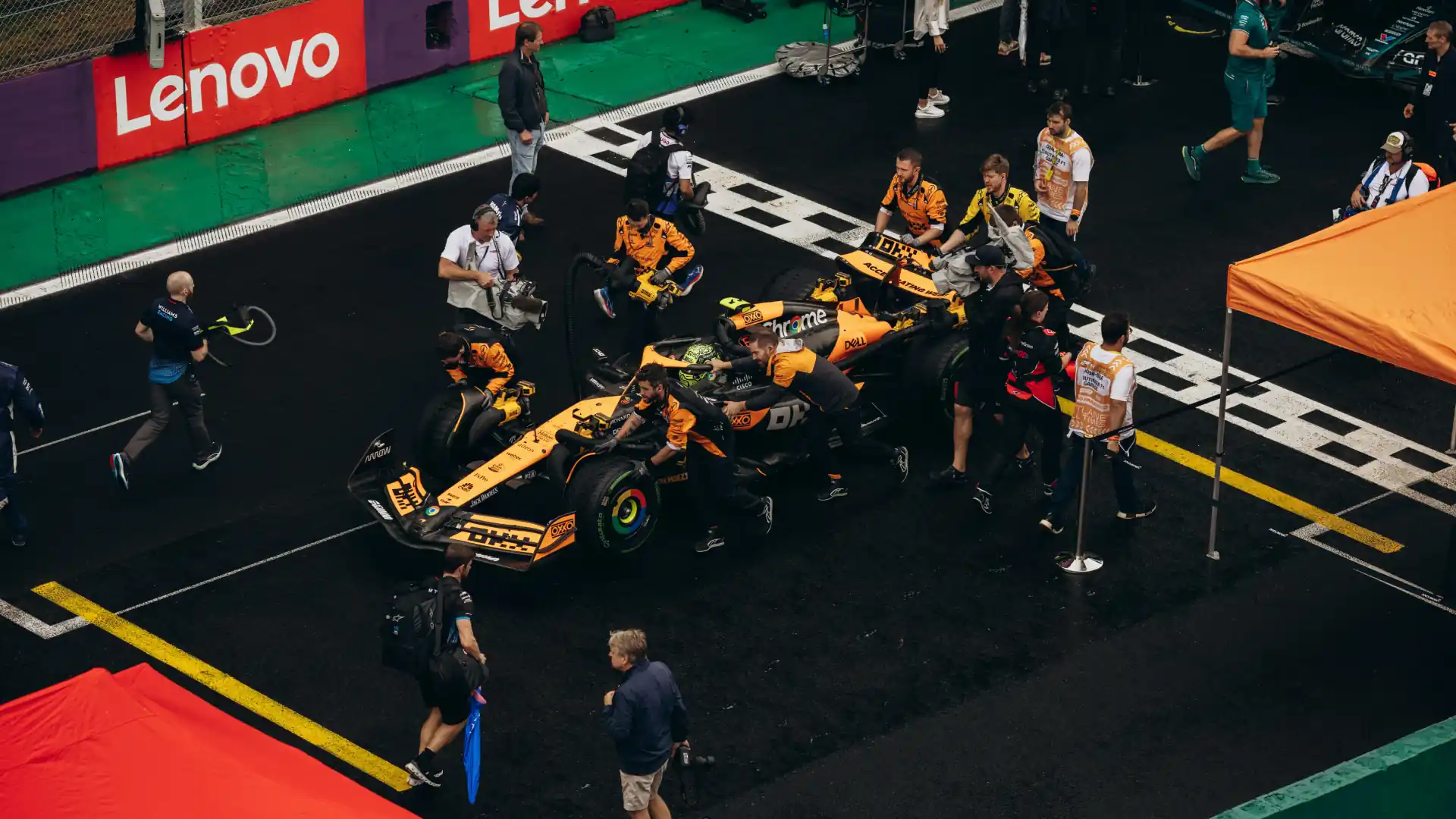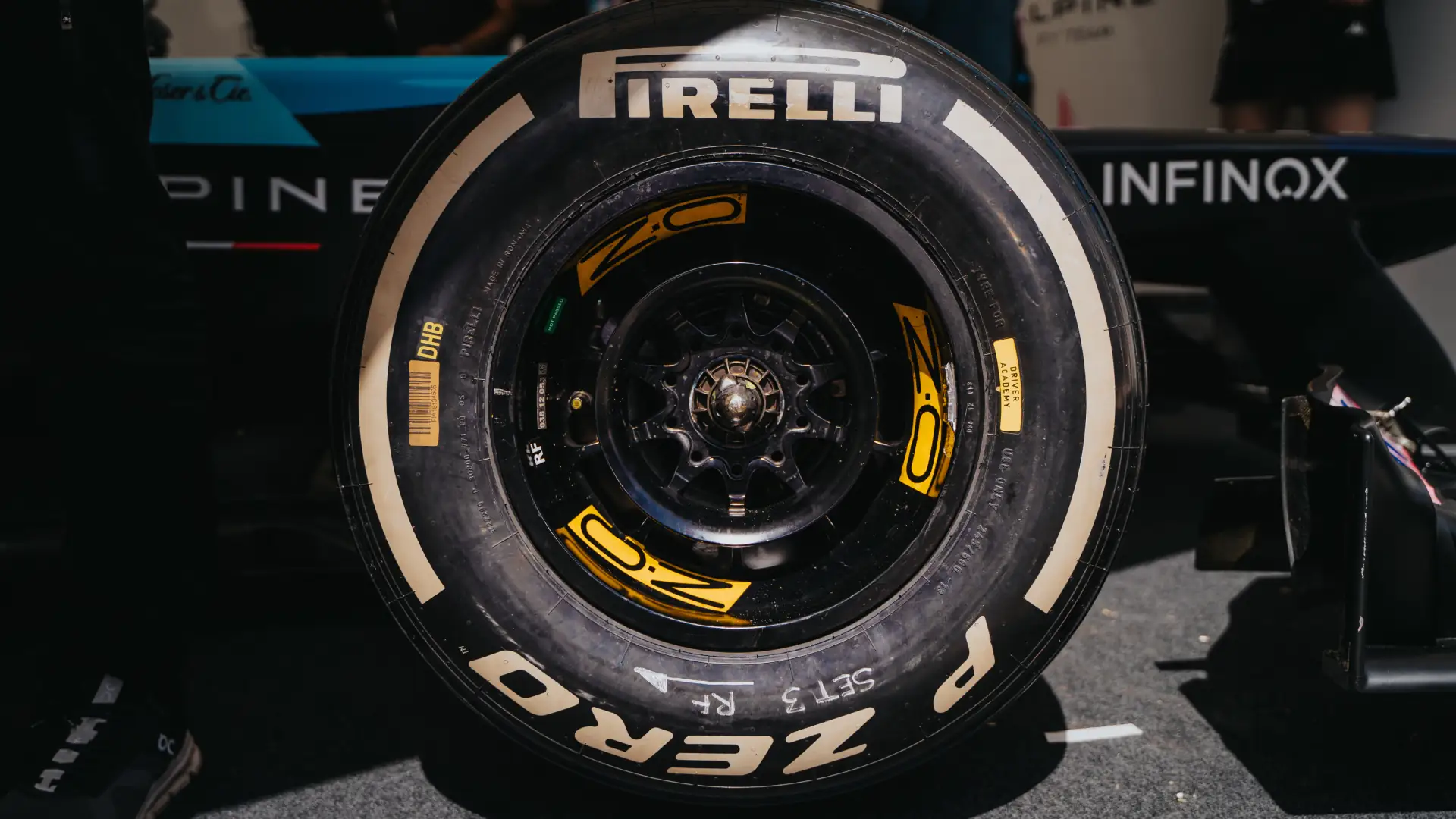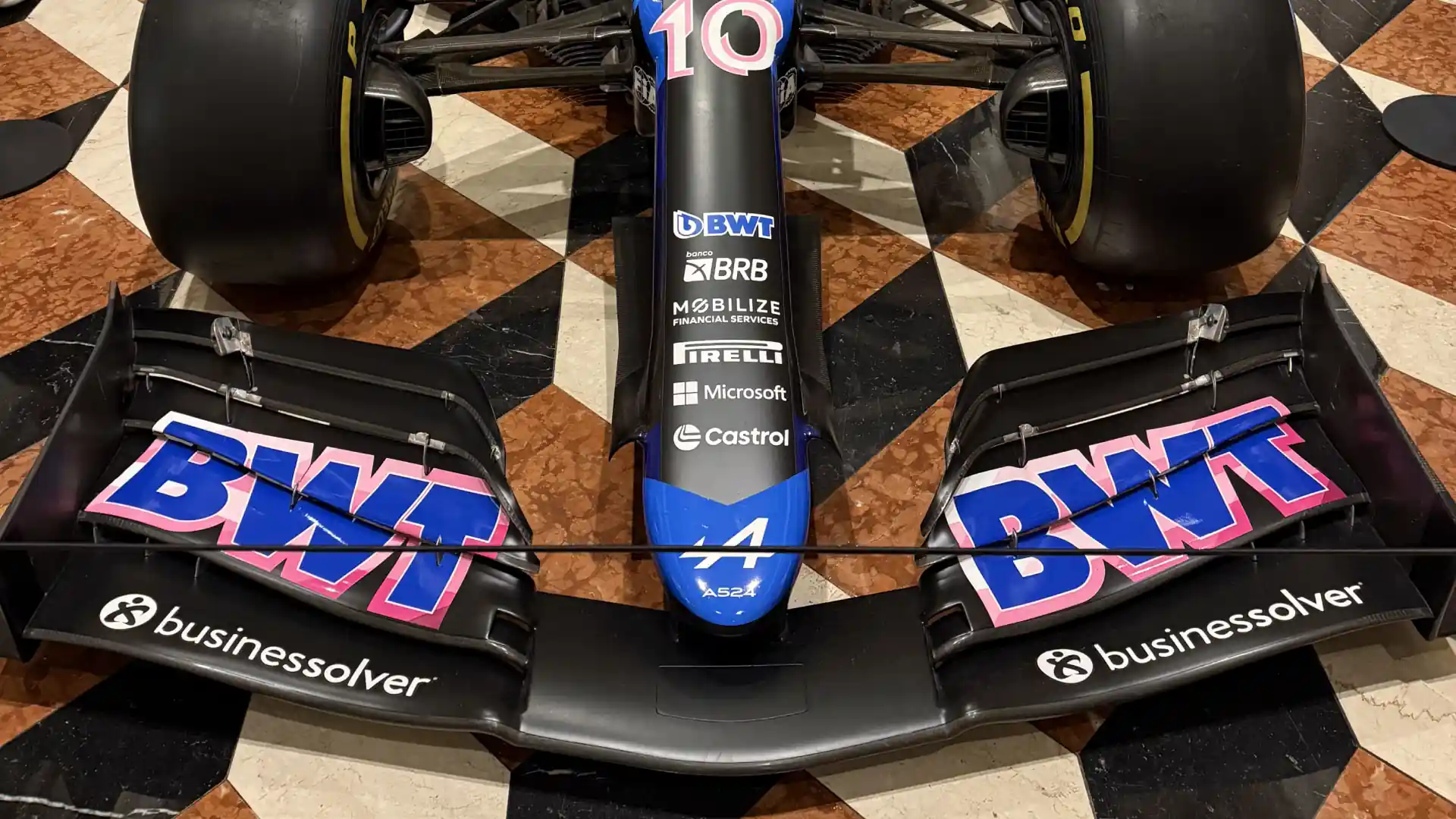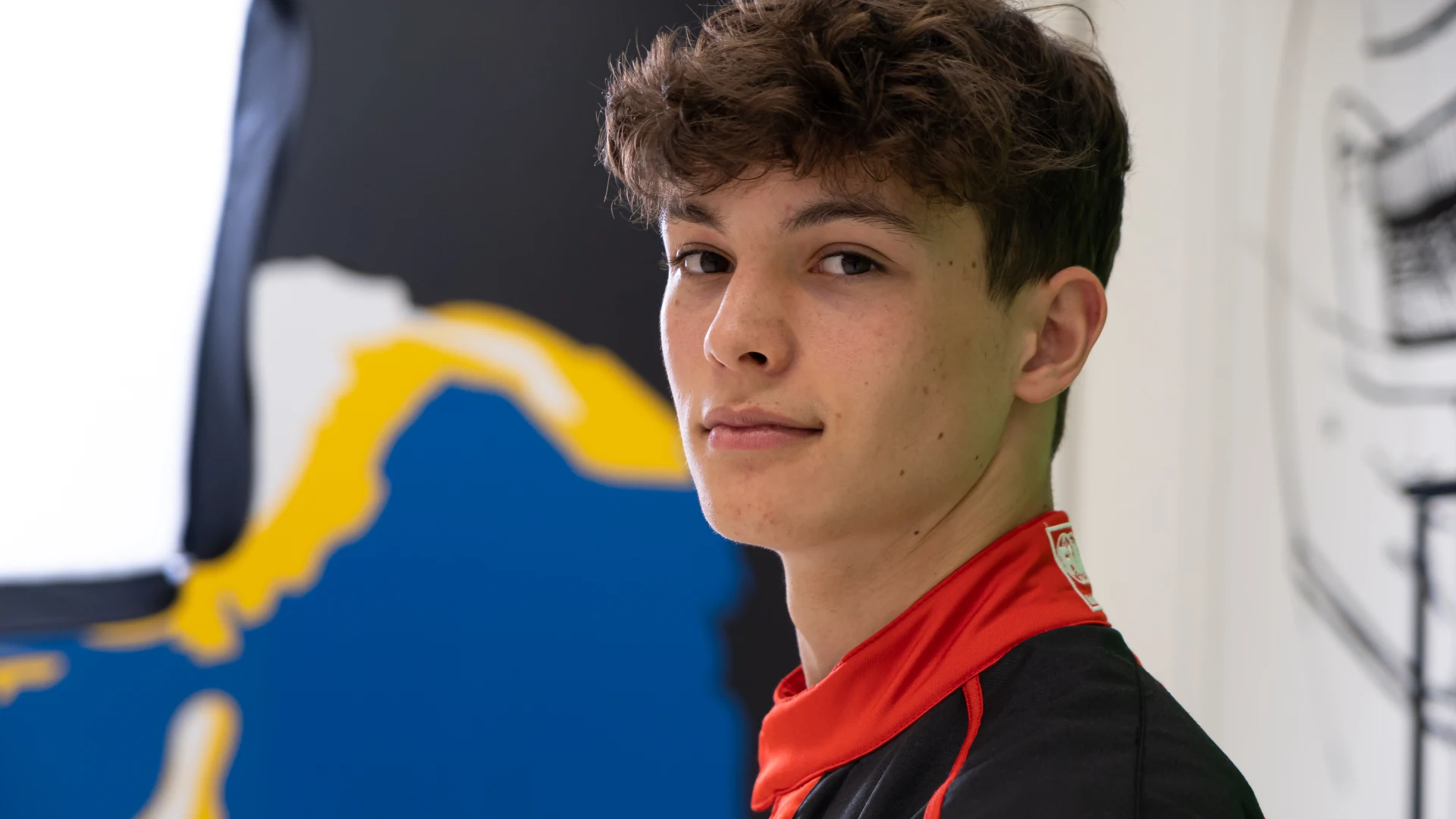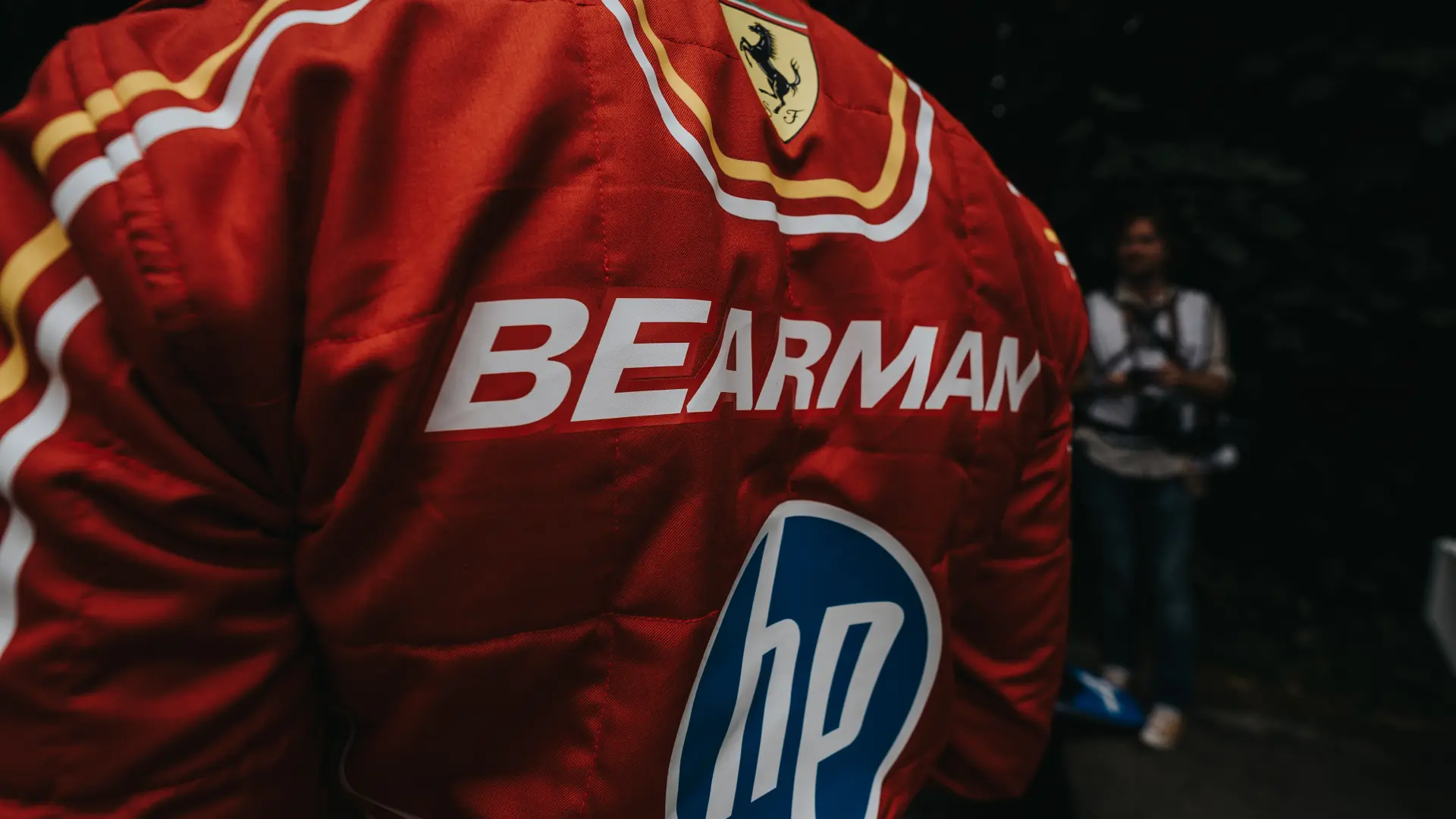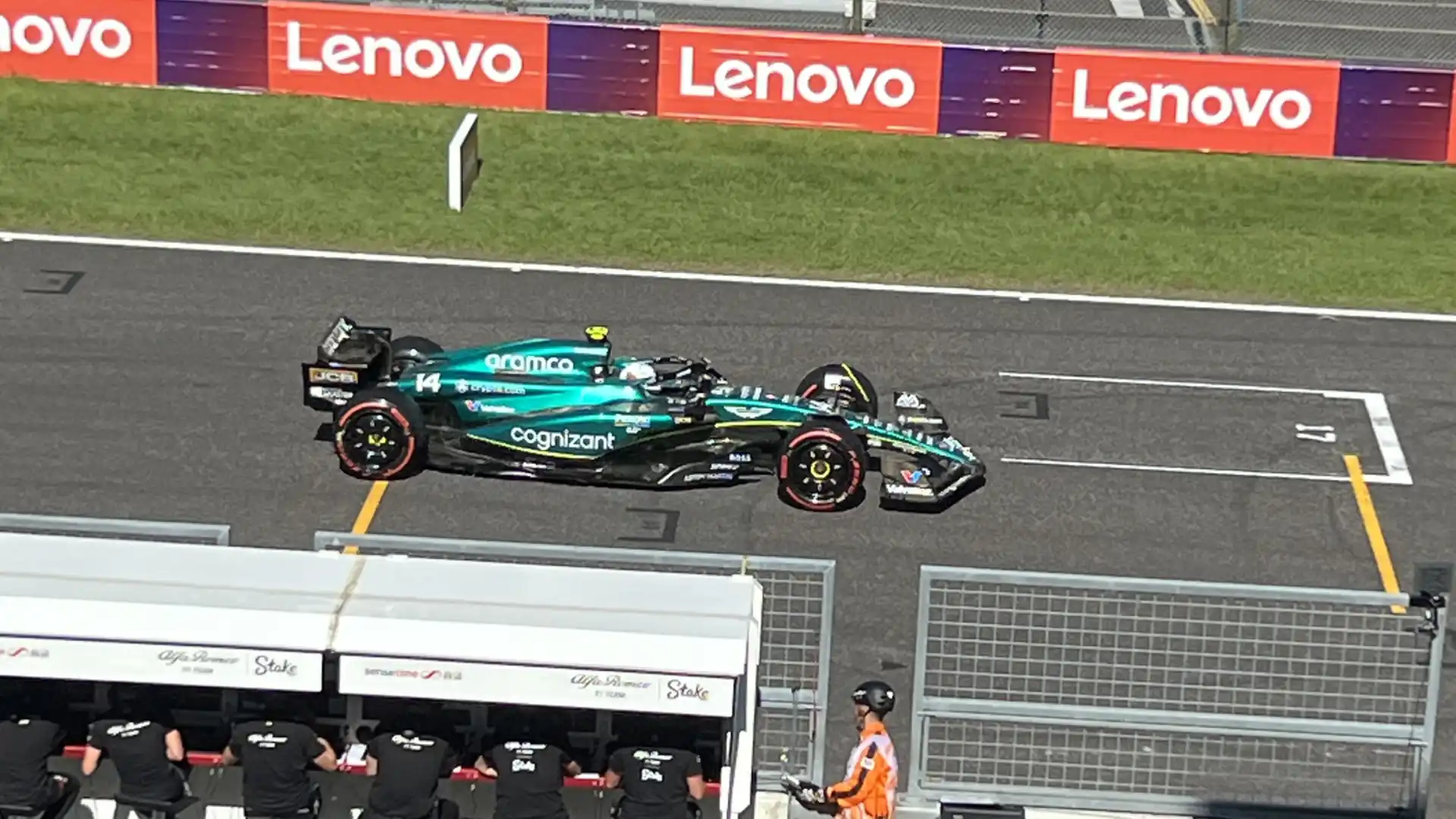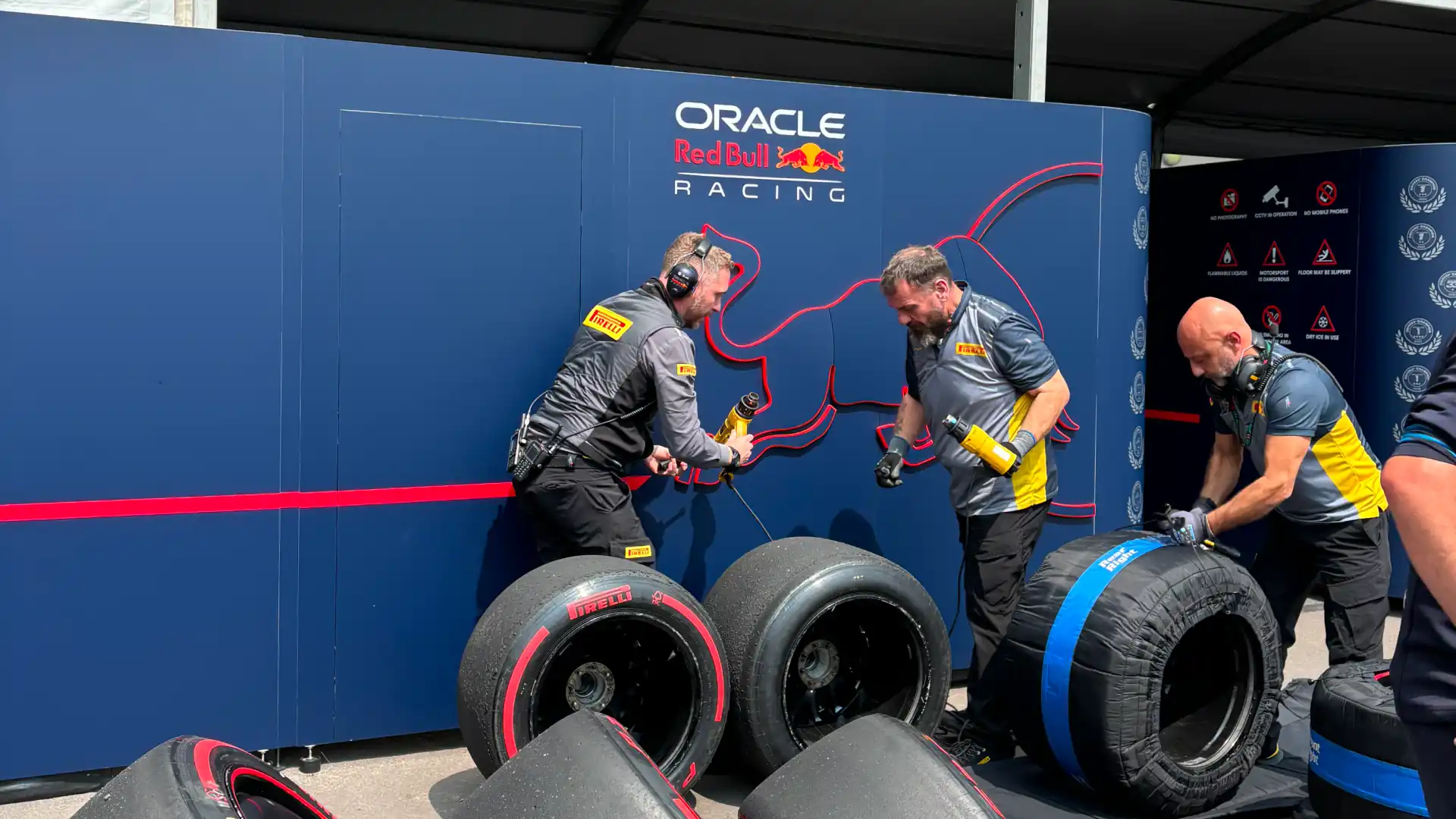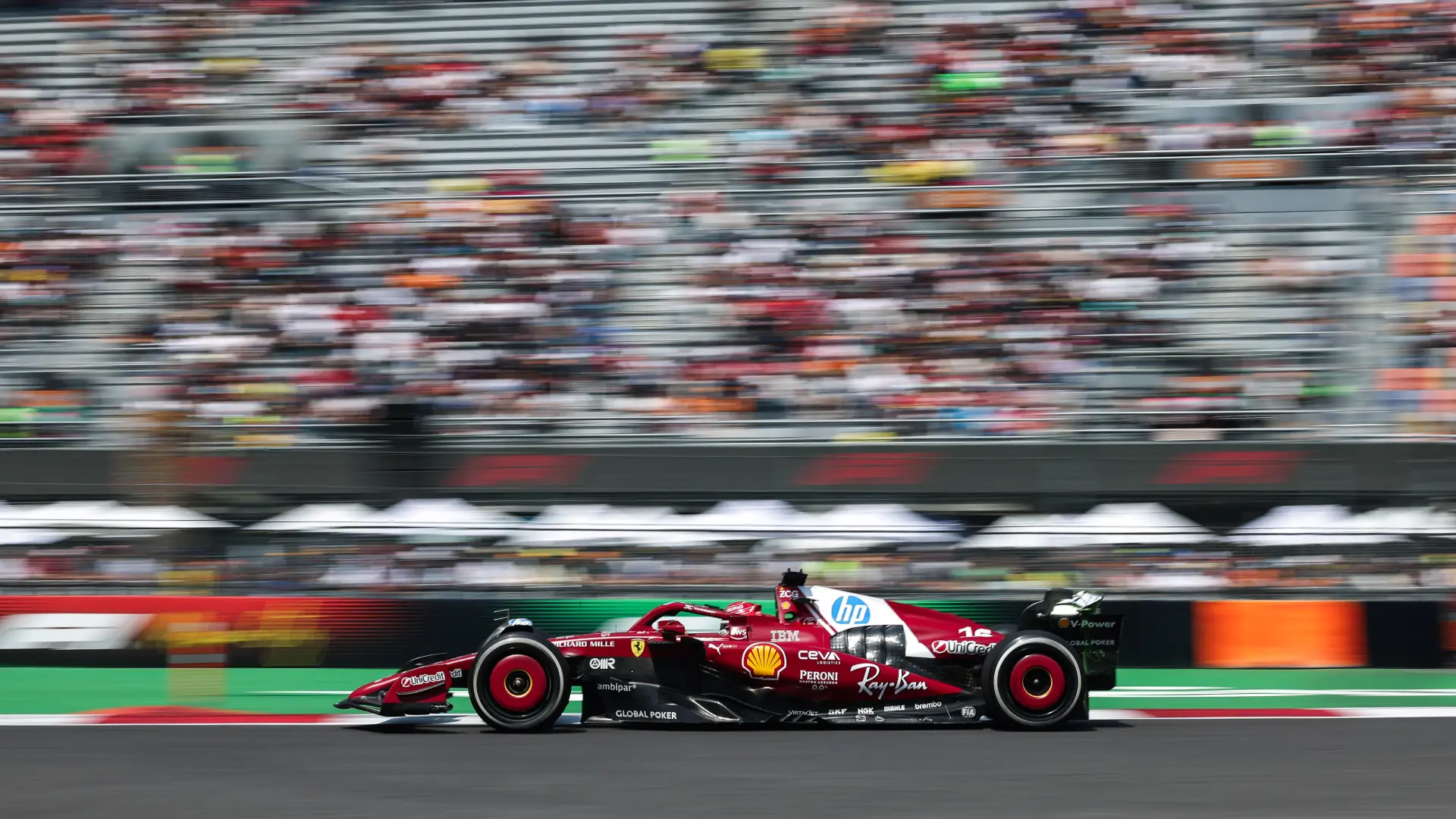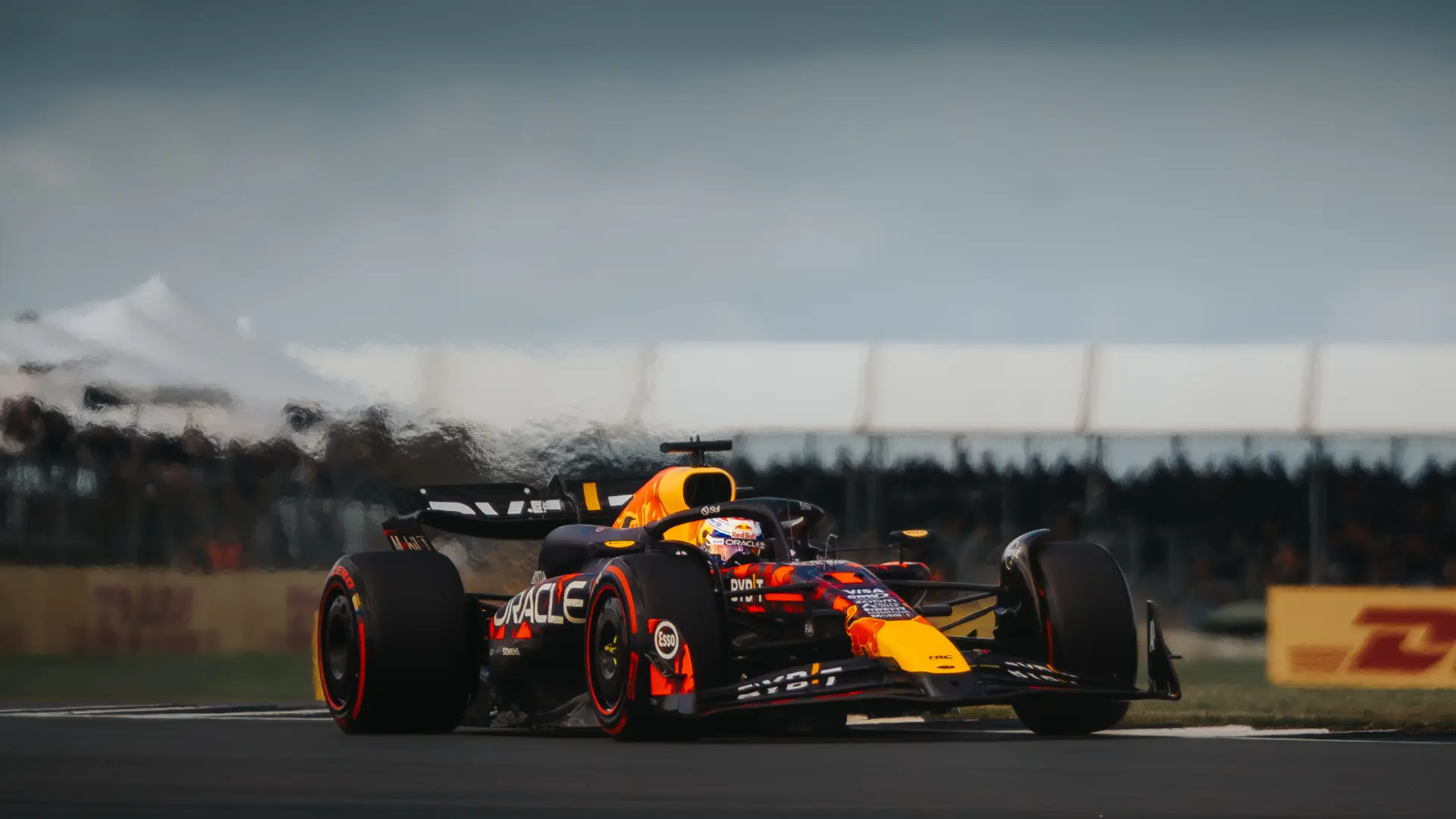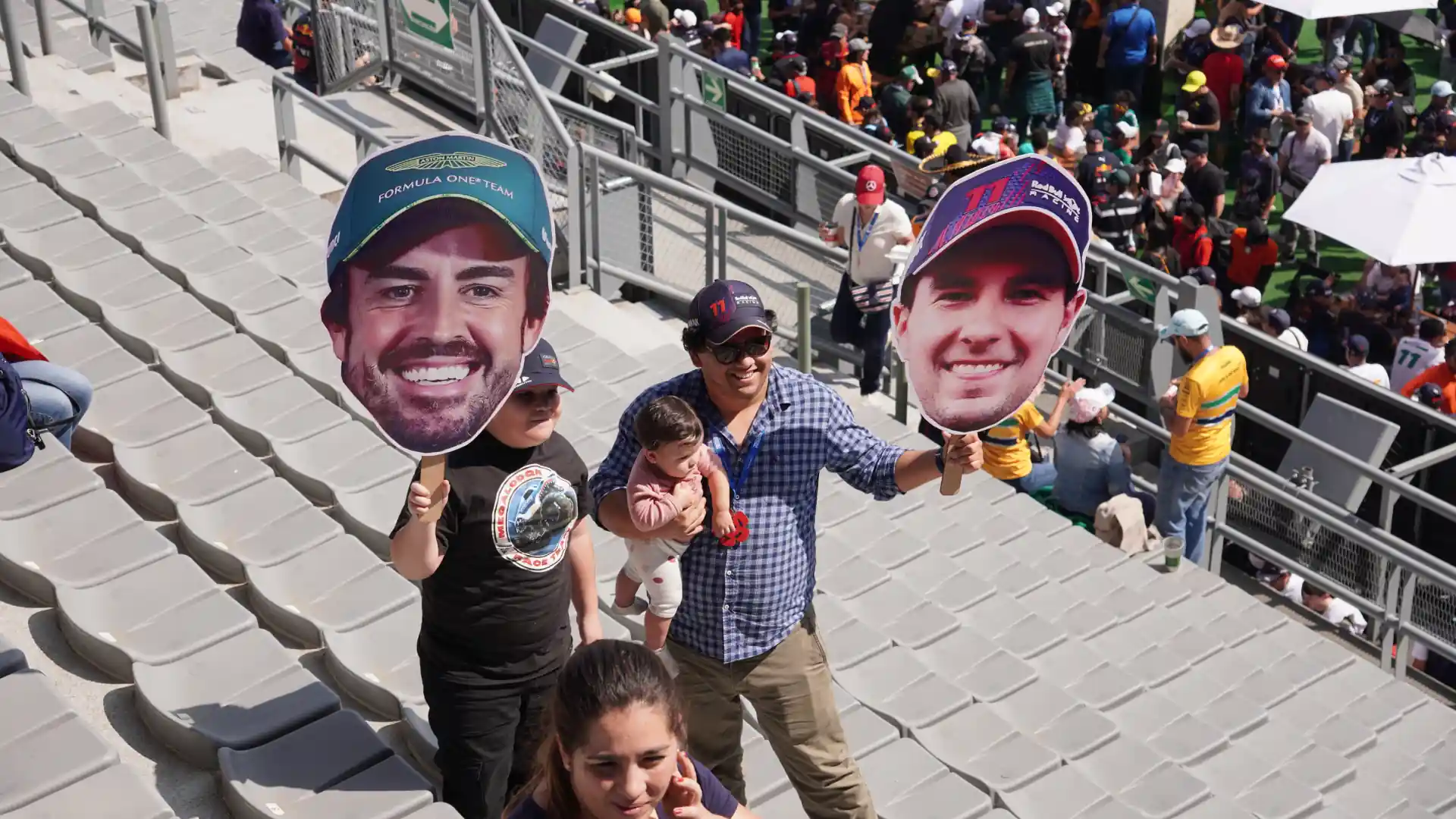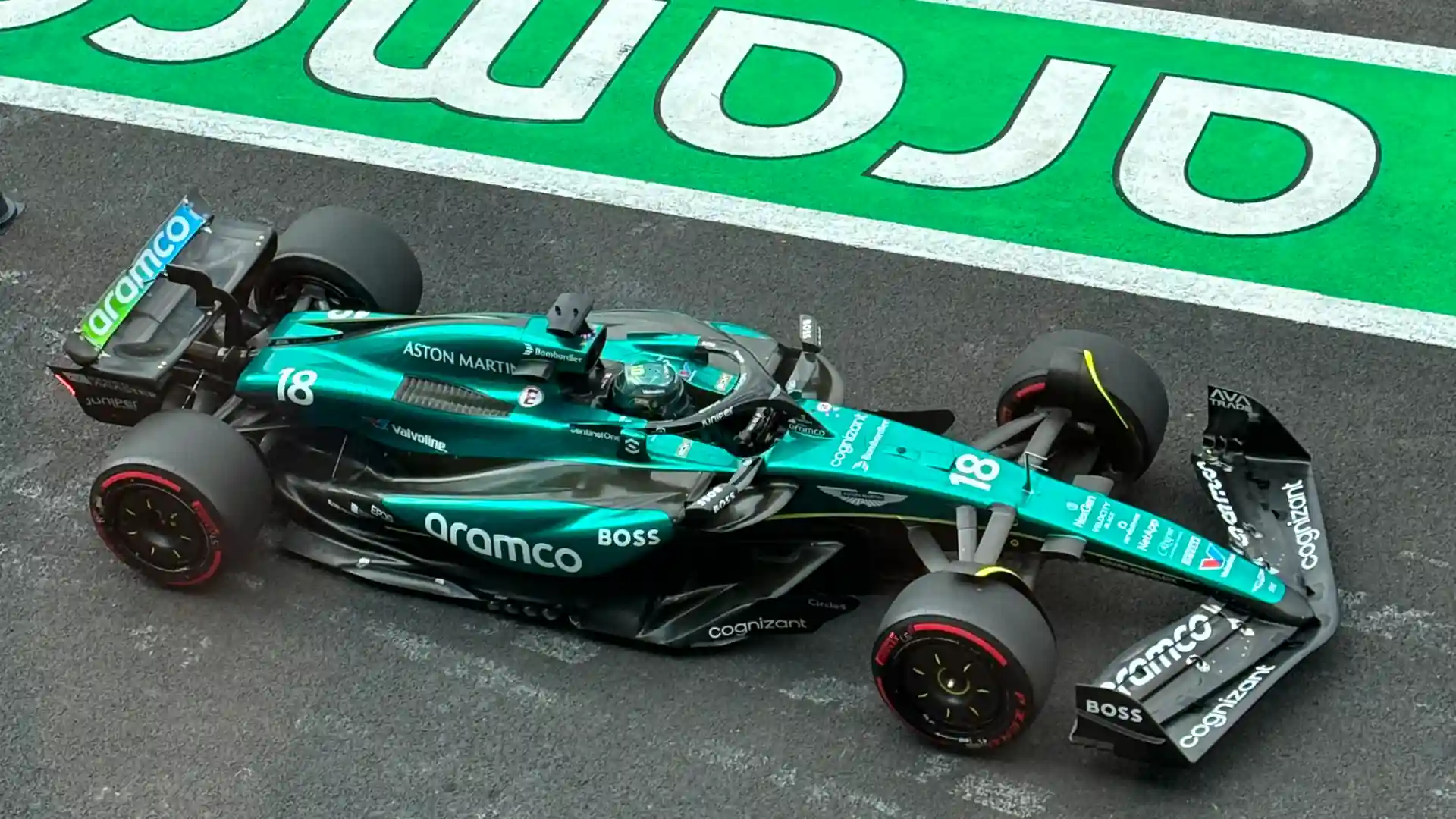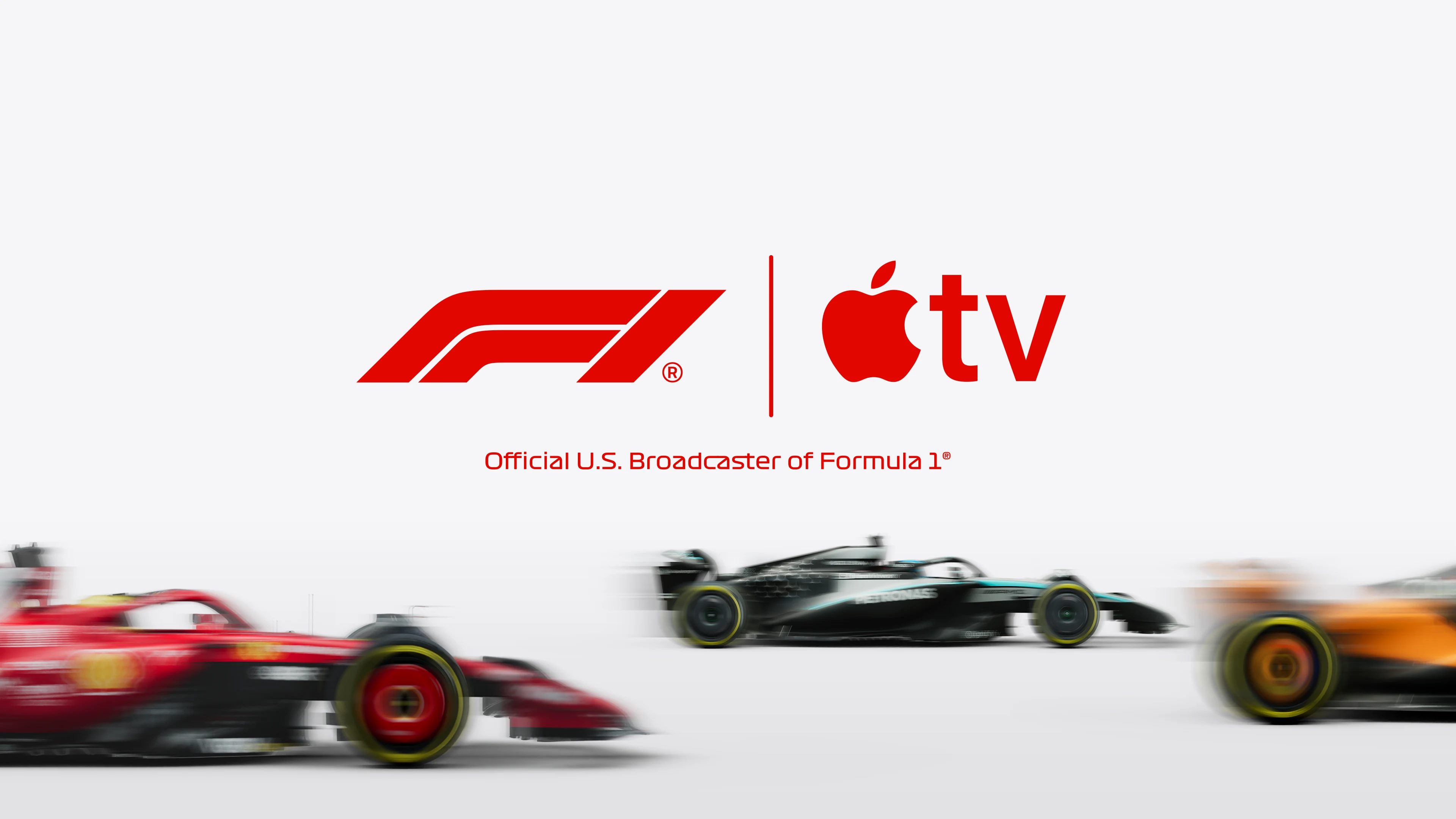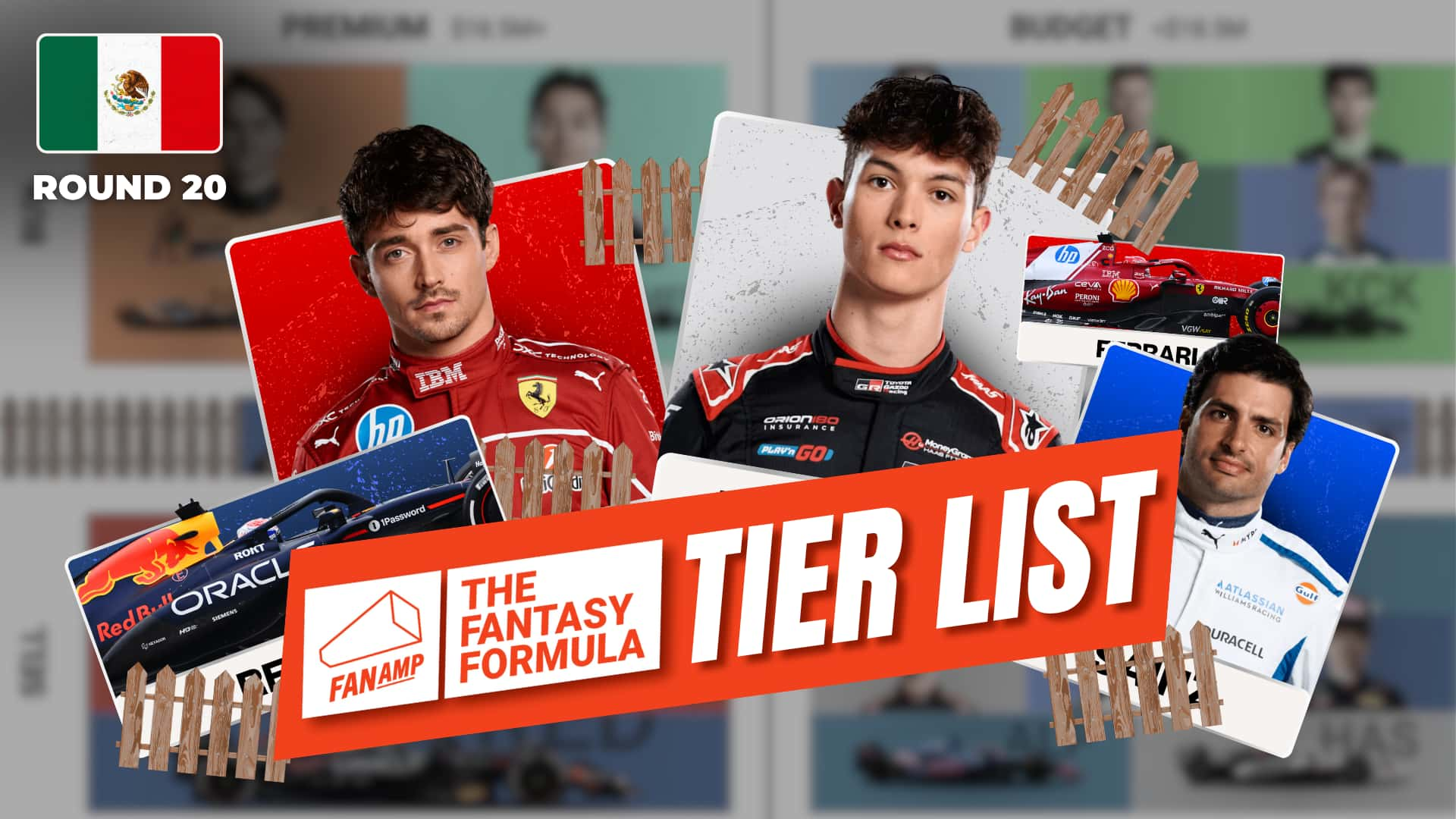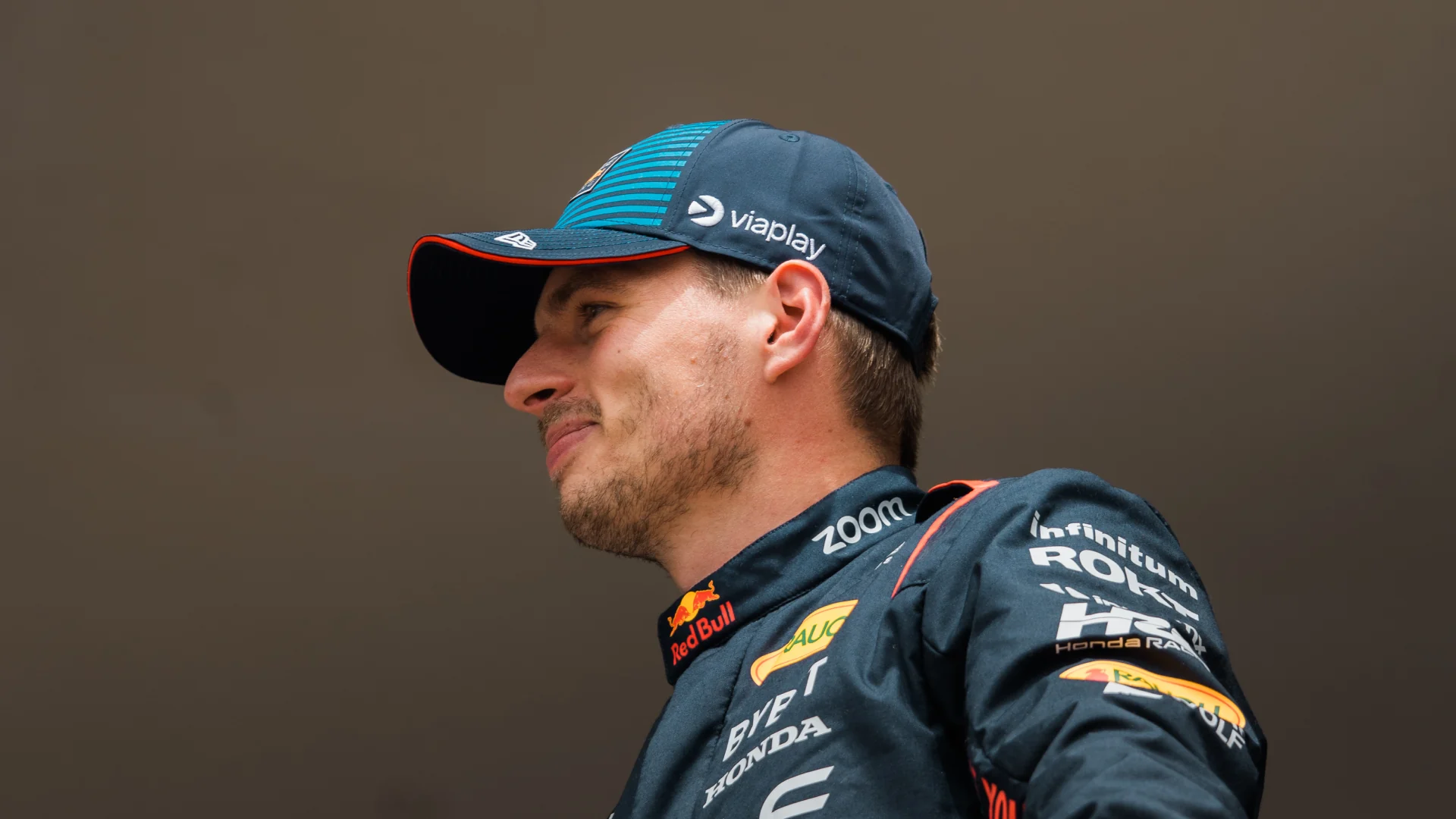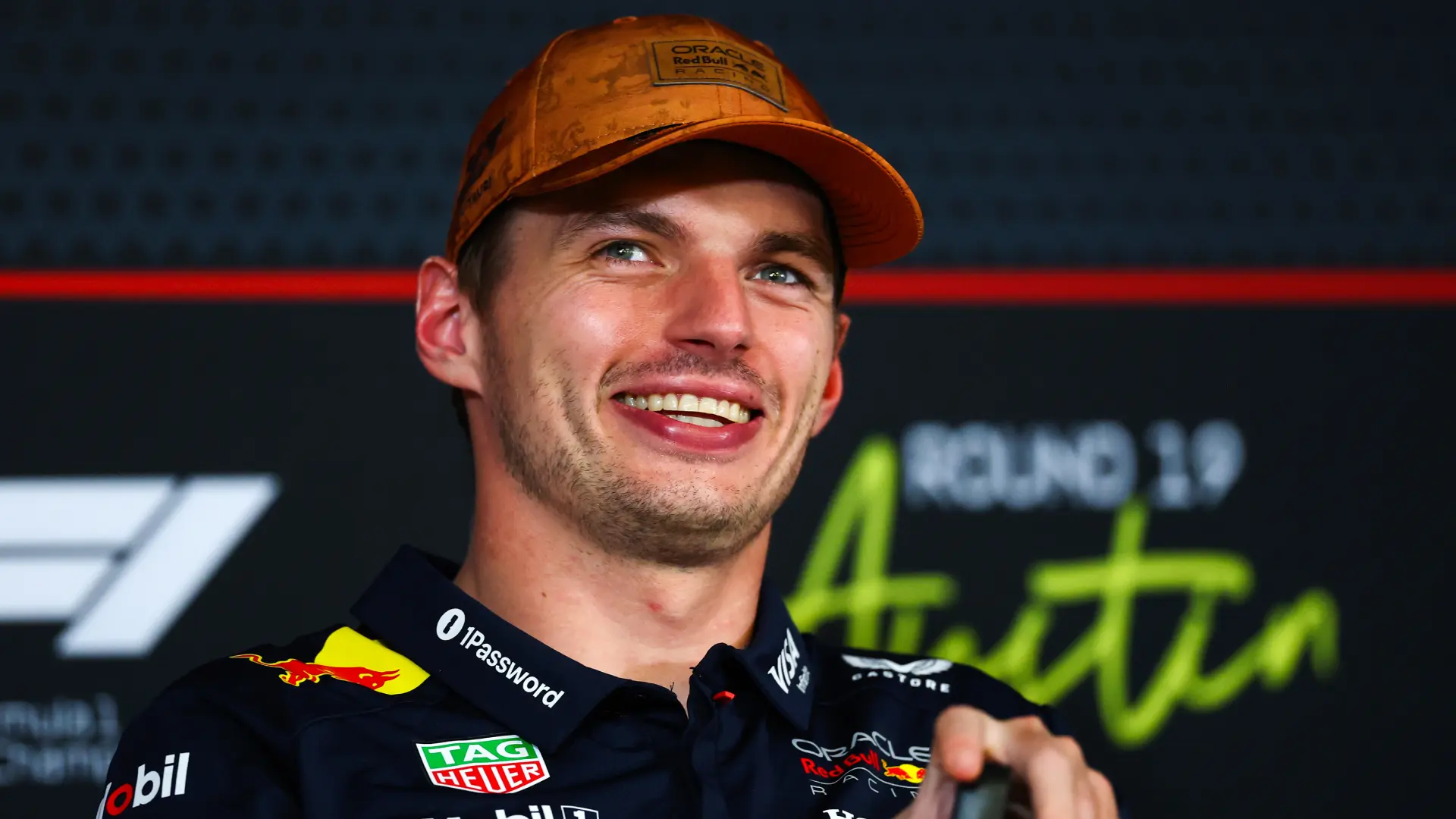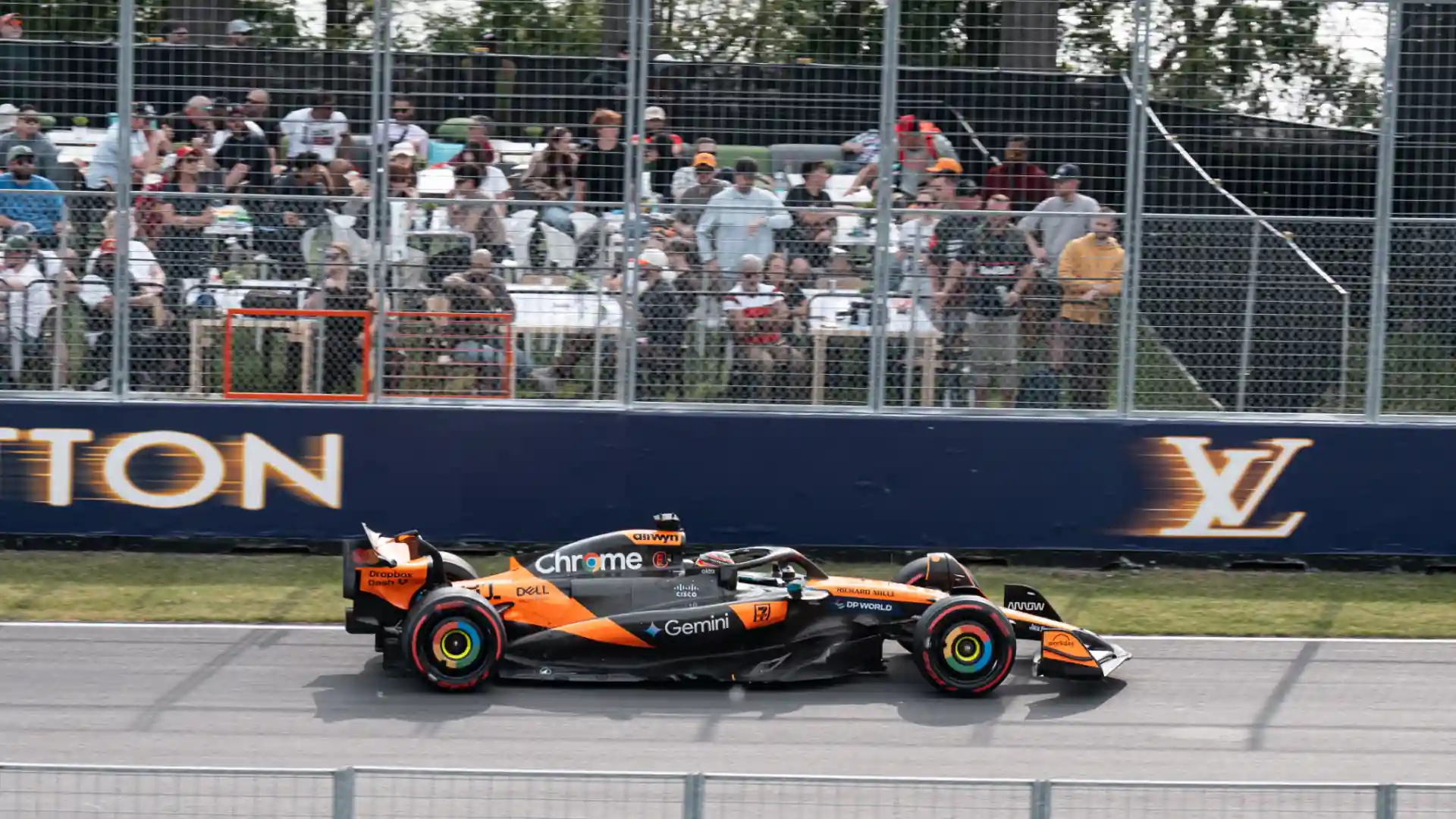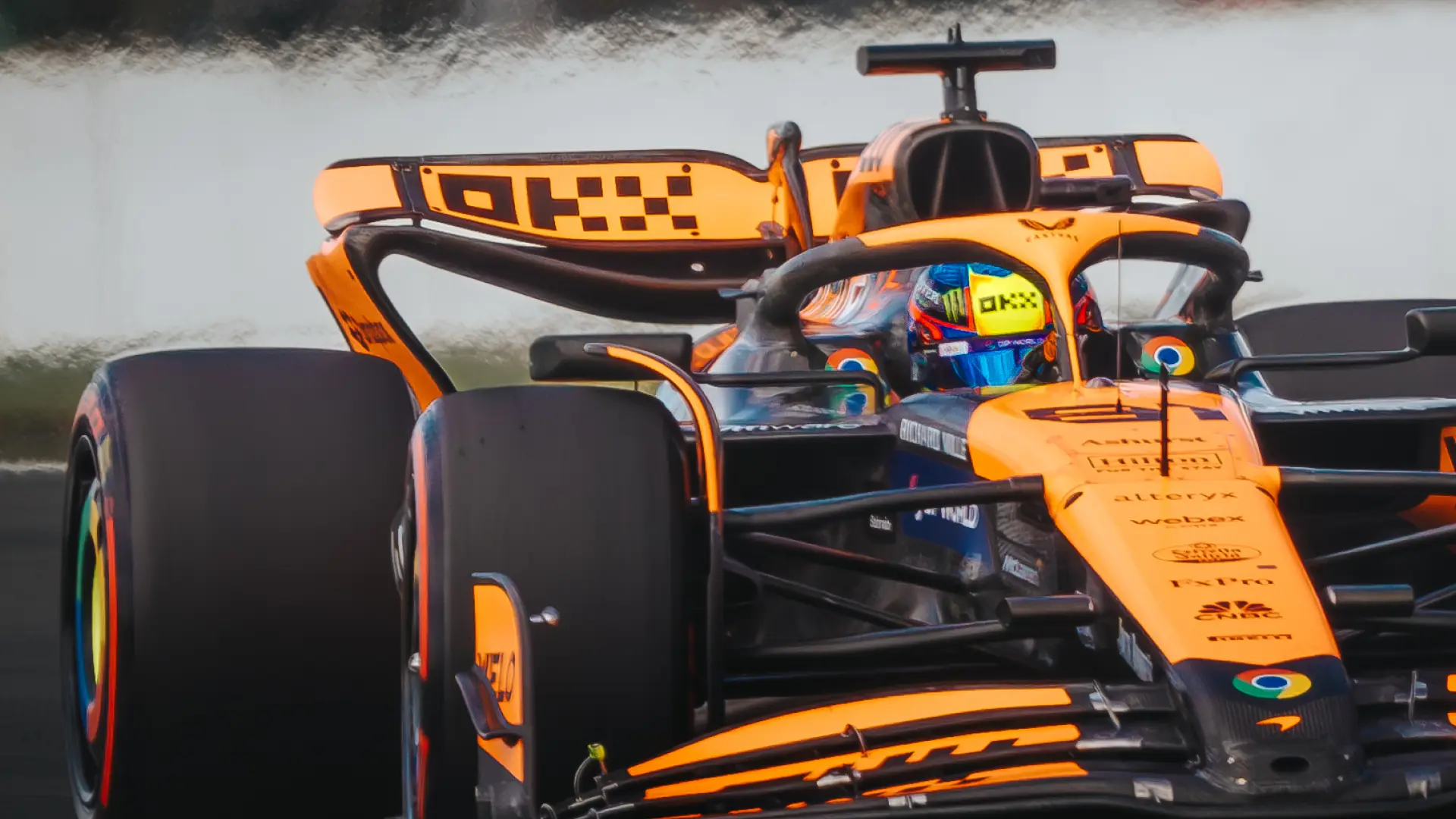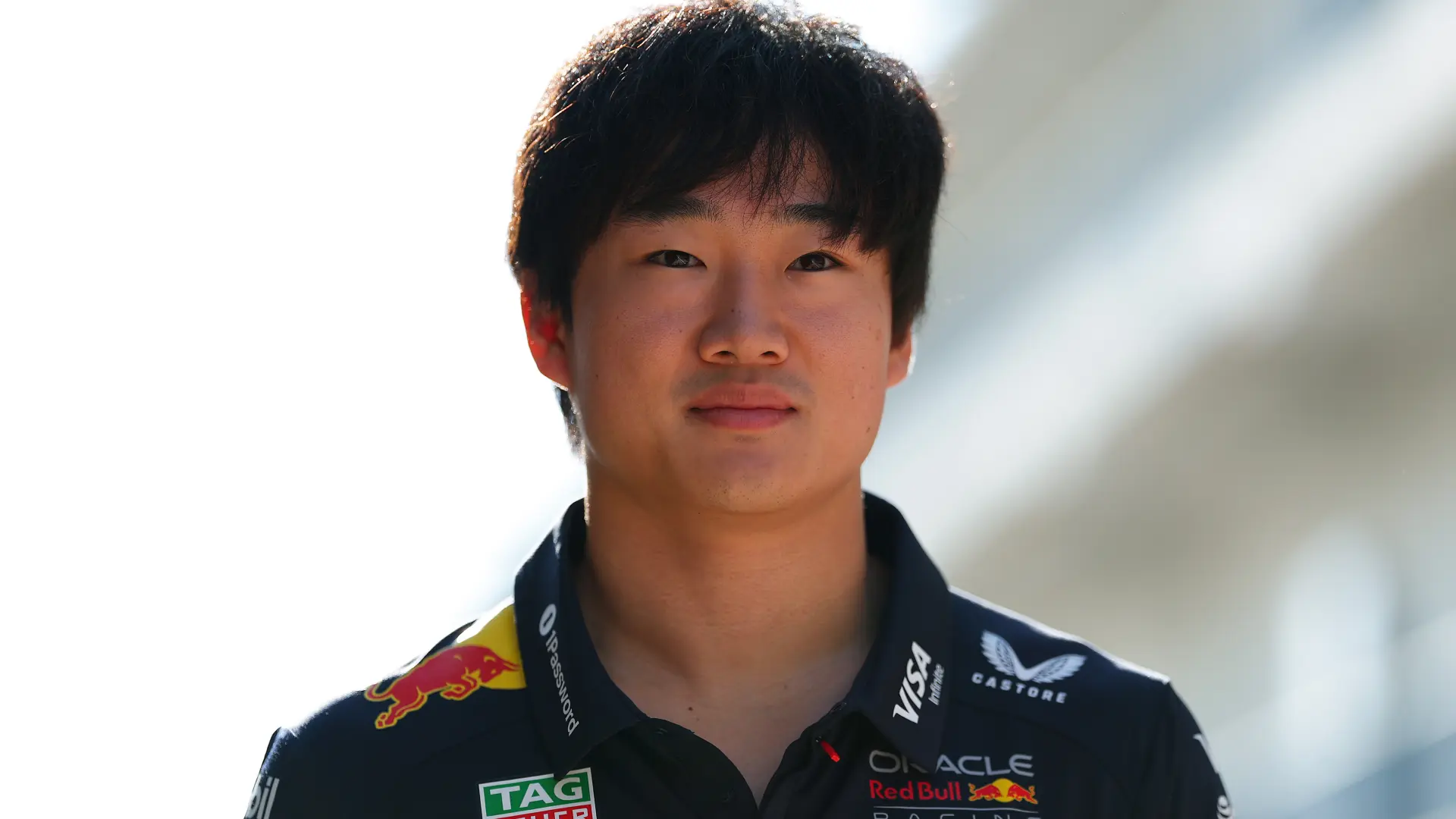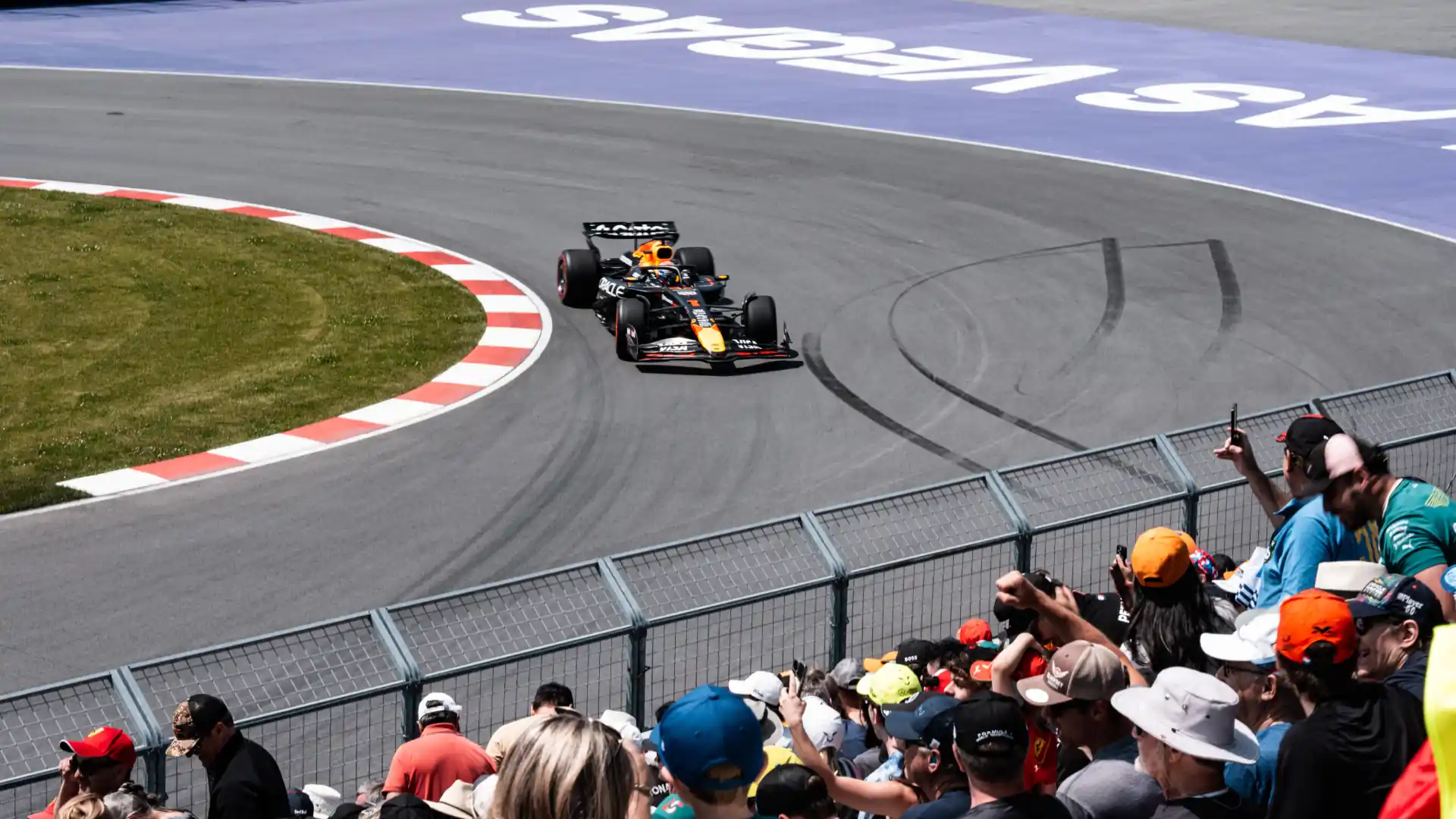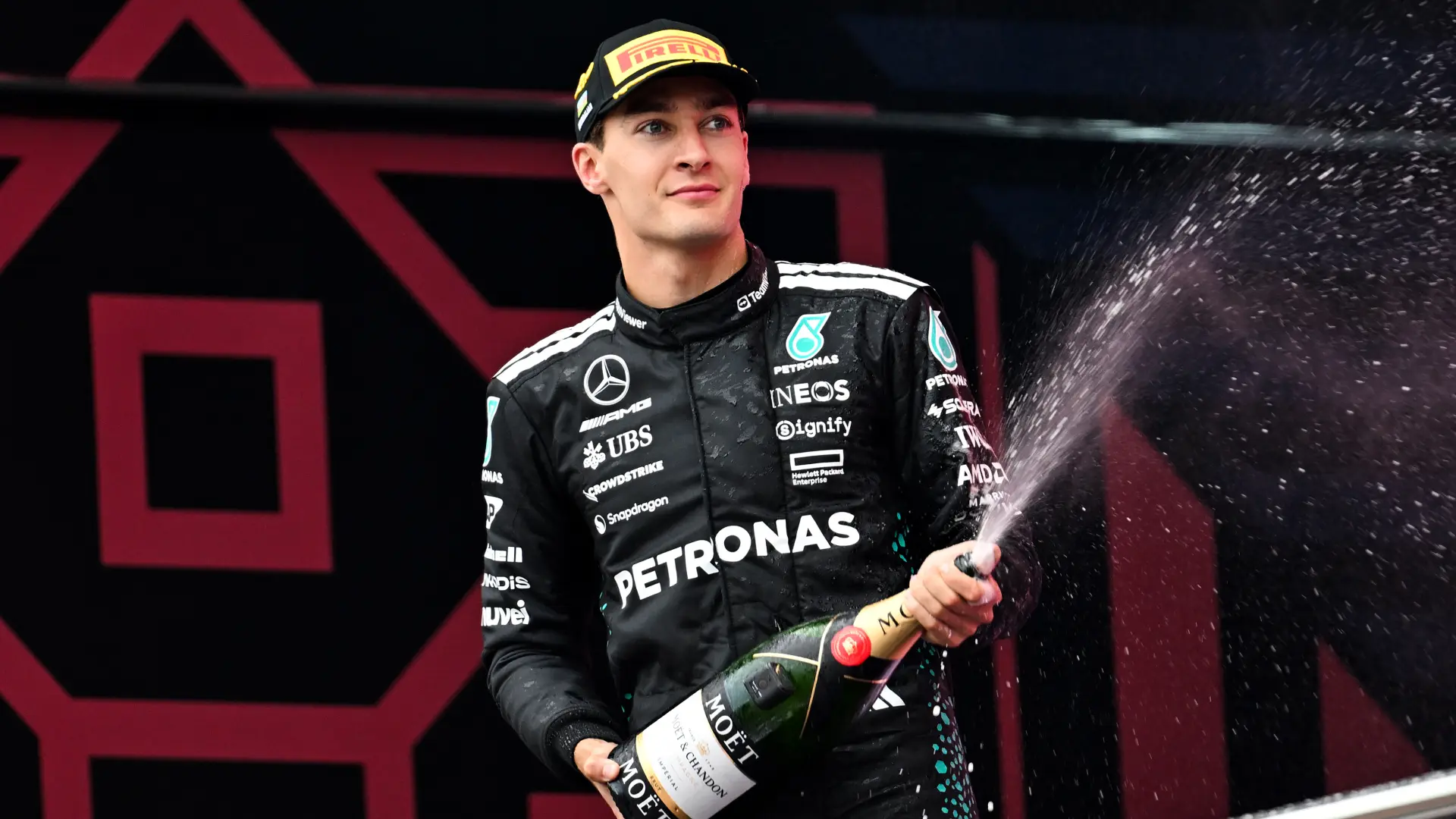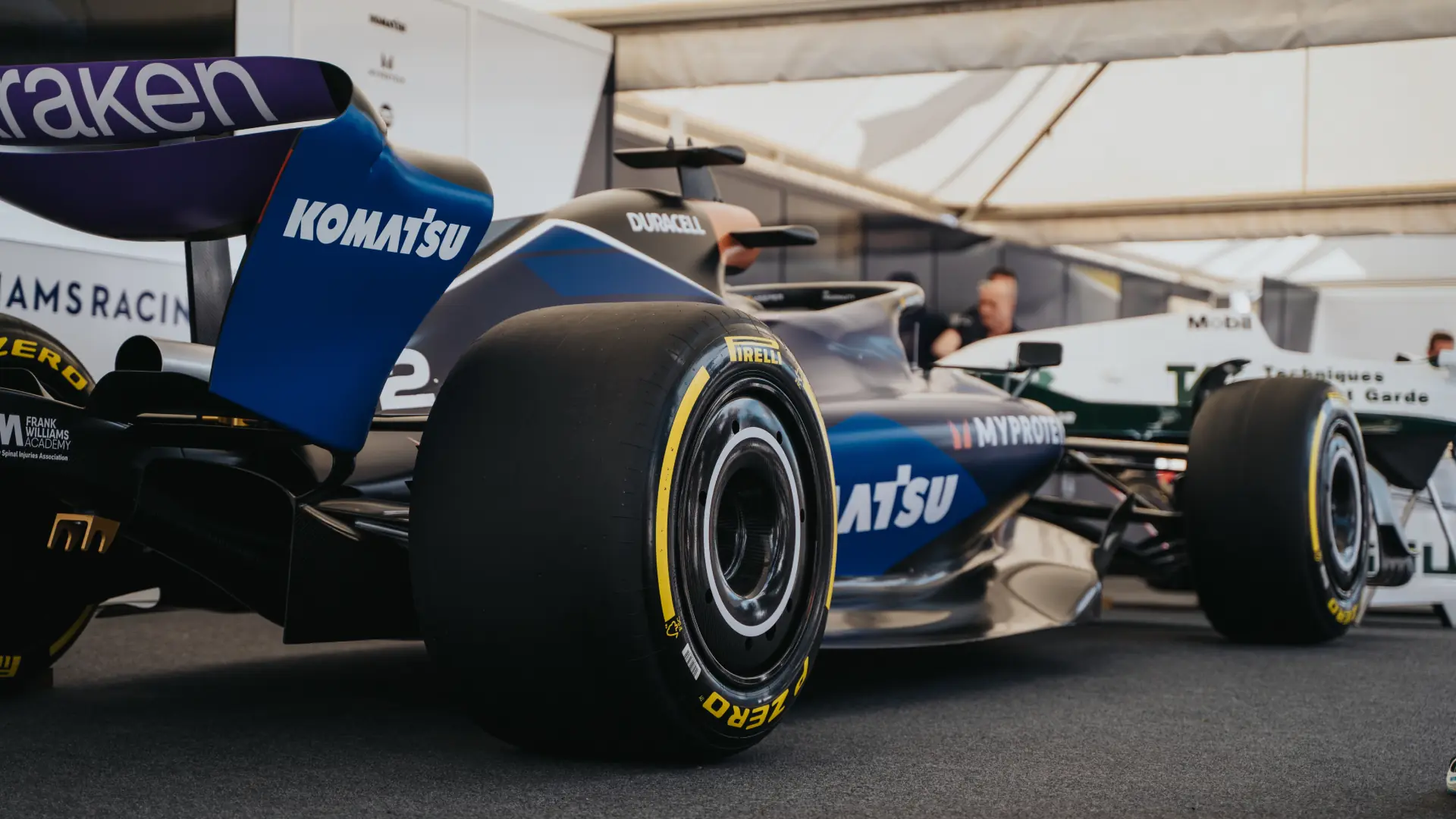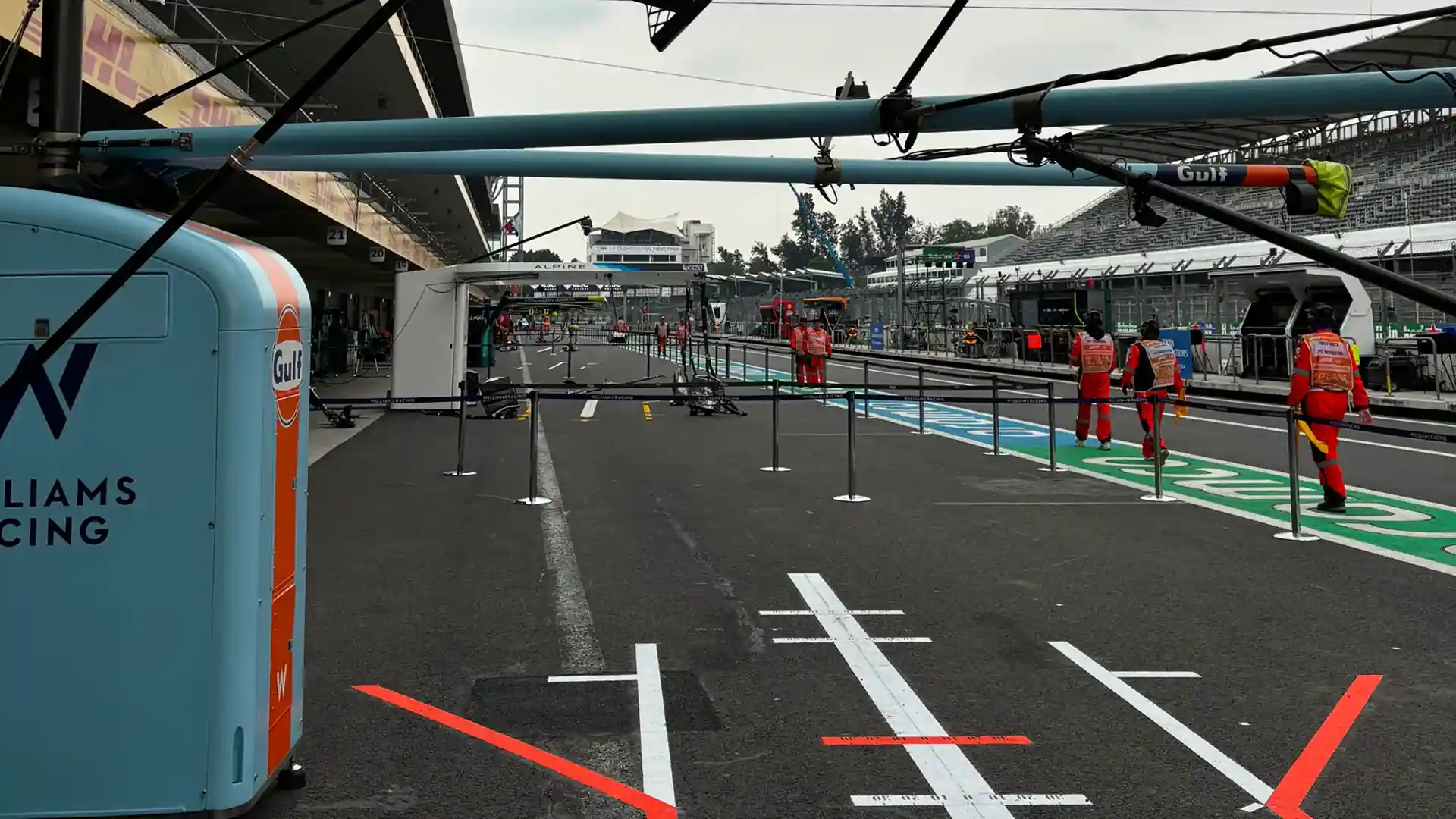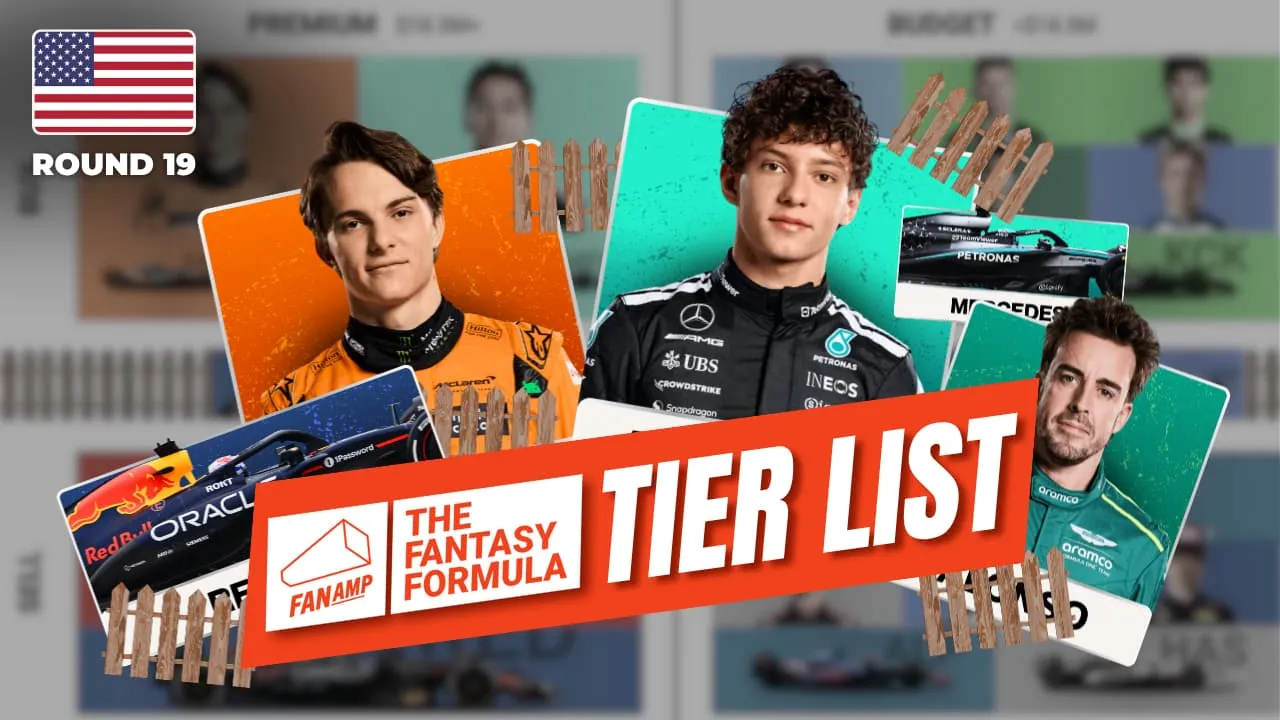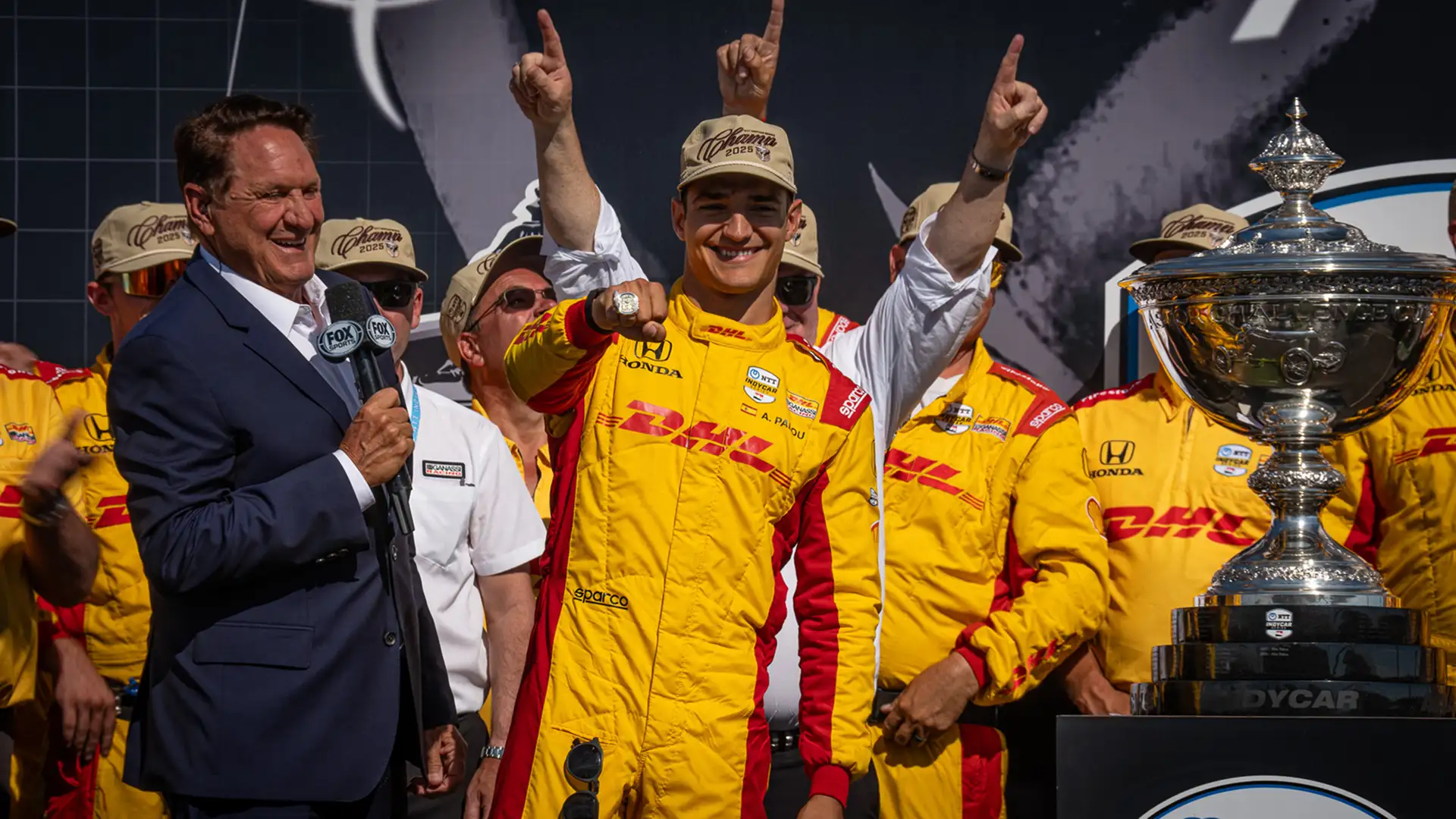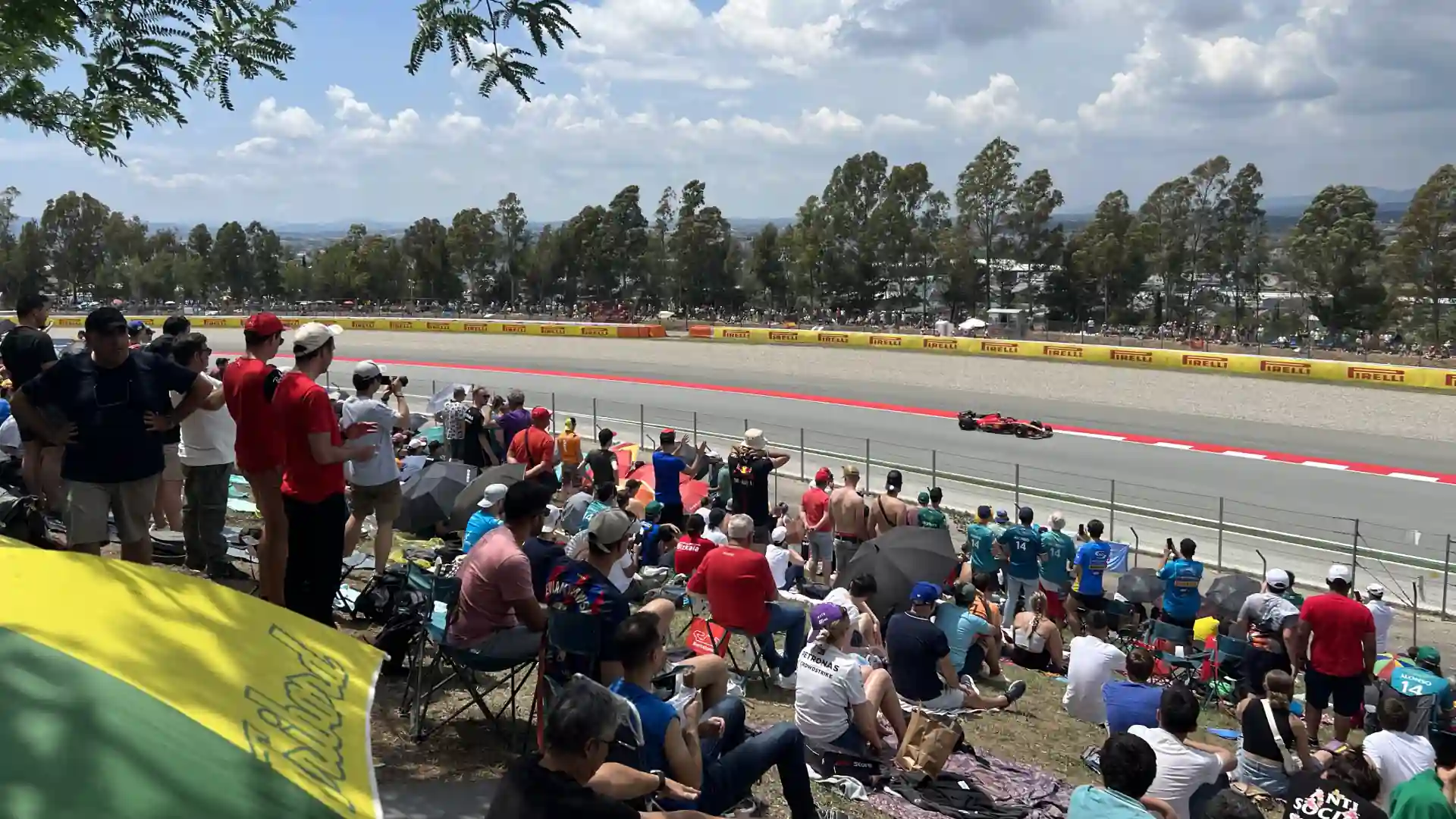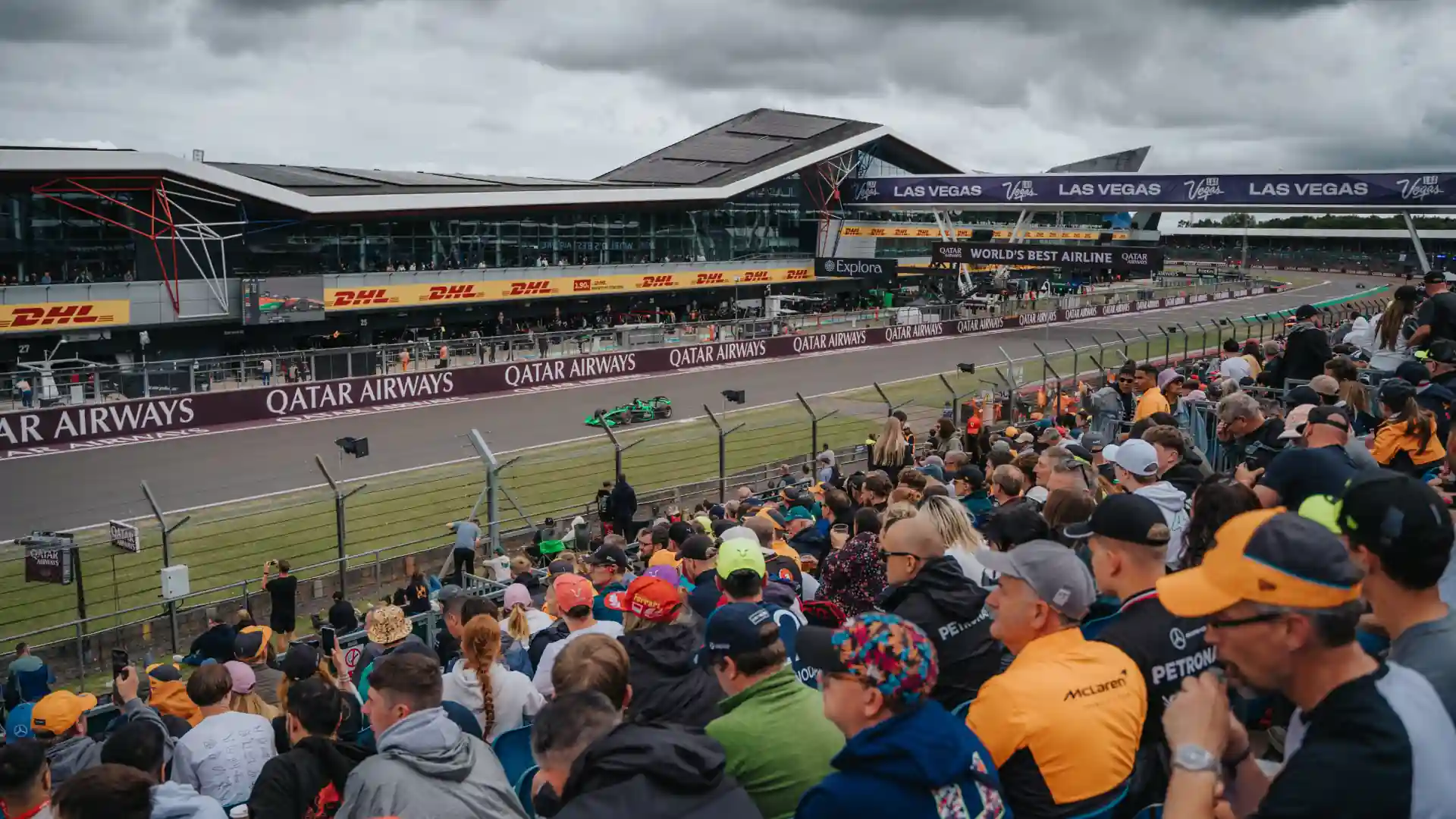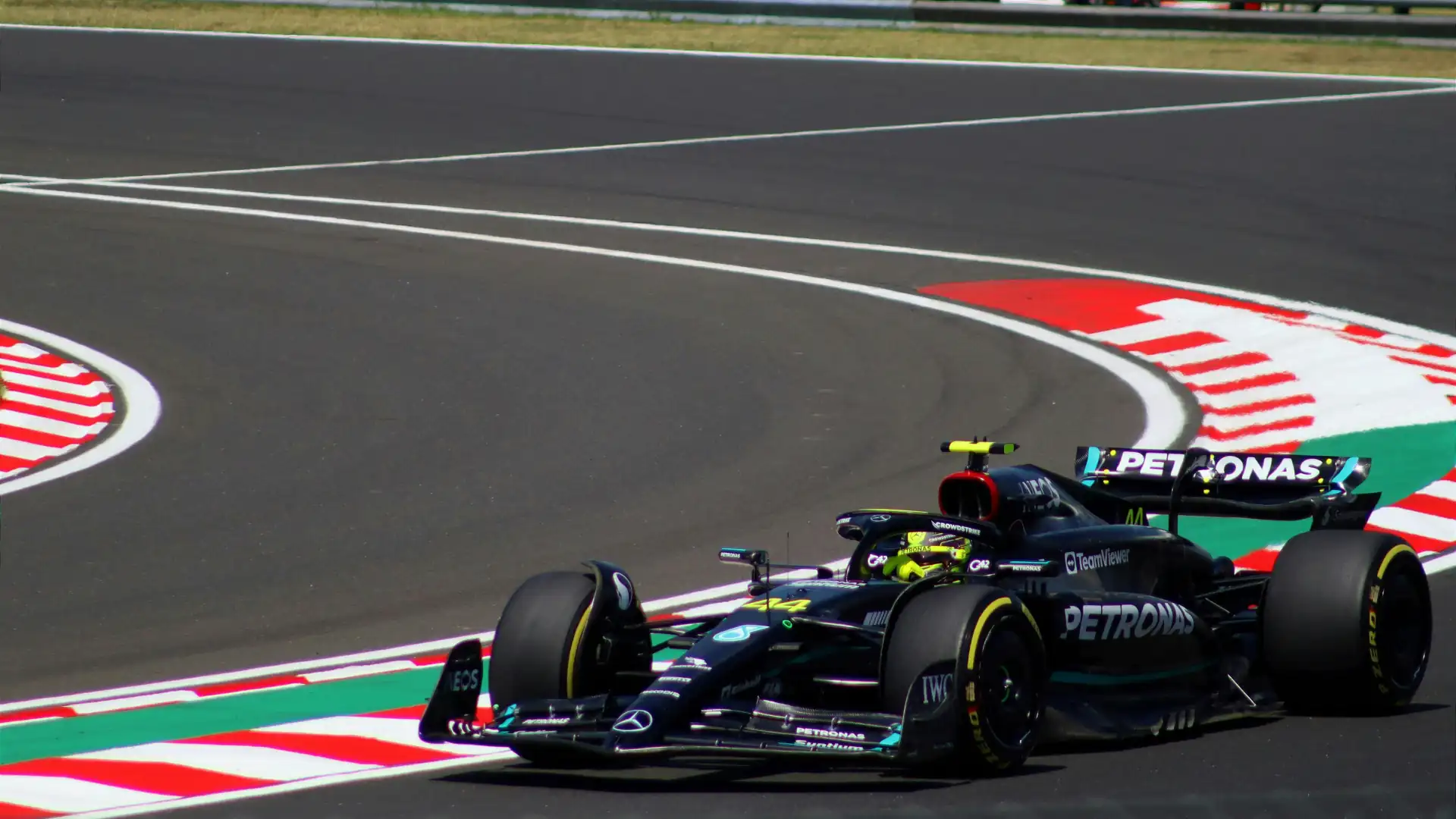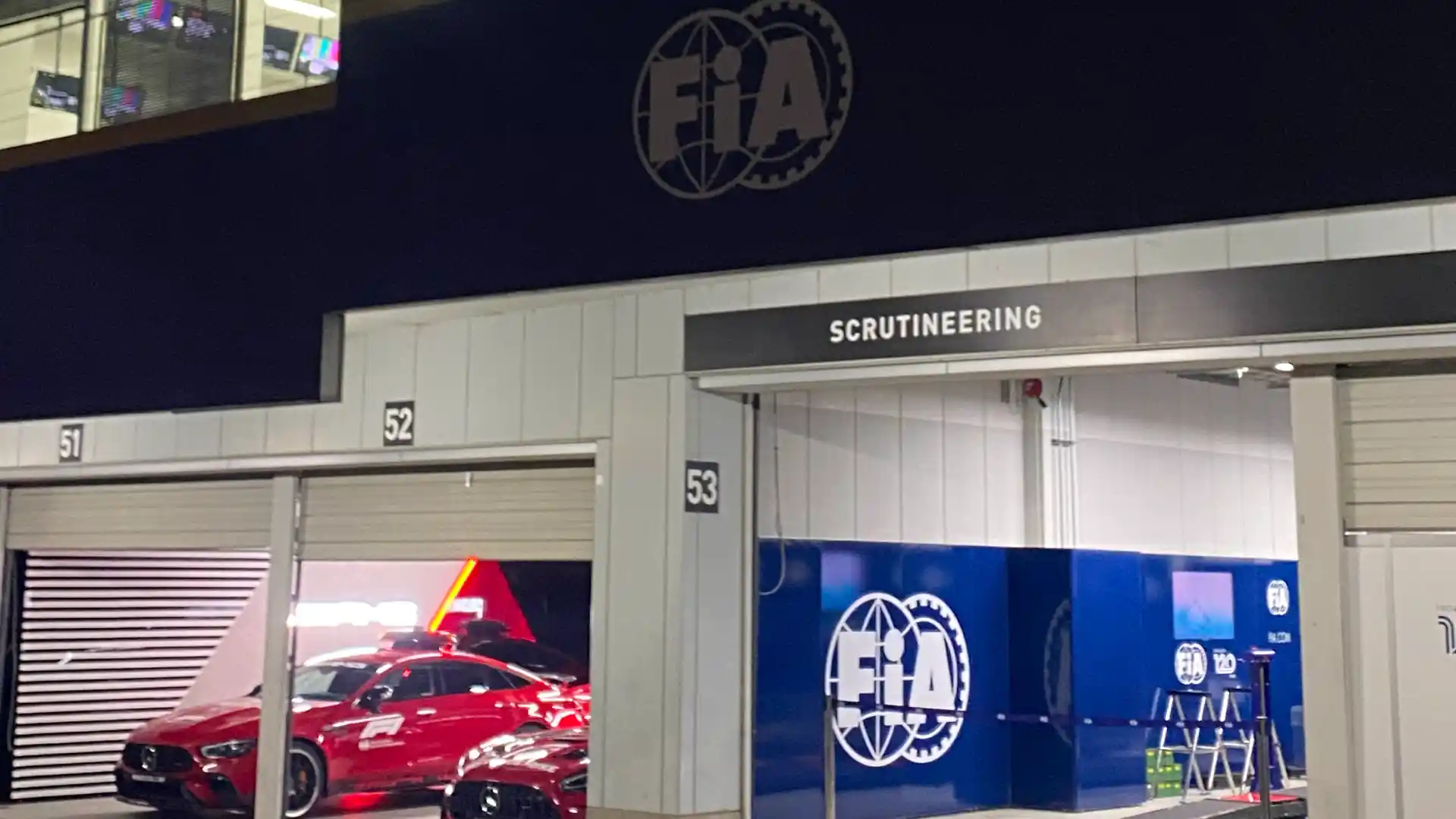The F1 weekend isn't just racing on Sunday! There are a number of times on Friday and Saturday that cars are on track. Whether you're at home streaming, or on track - here's how the F1 weekend schedule works!
Friday - Free Practice 1 & Free Practice 2
Saturday - Free Practice 3 & Qualifying
Sunday - F1 Grand Prix
Formula 1 weekends generally follow the same format throughout the season other than the 6 Sprint Weekends that occur.
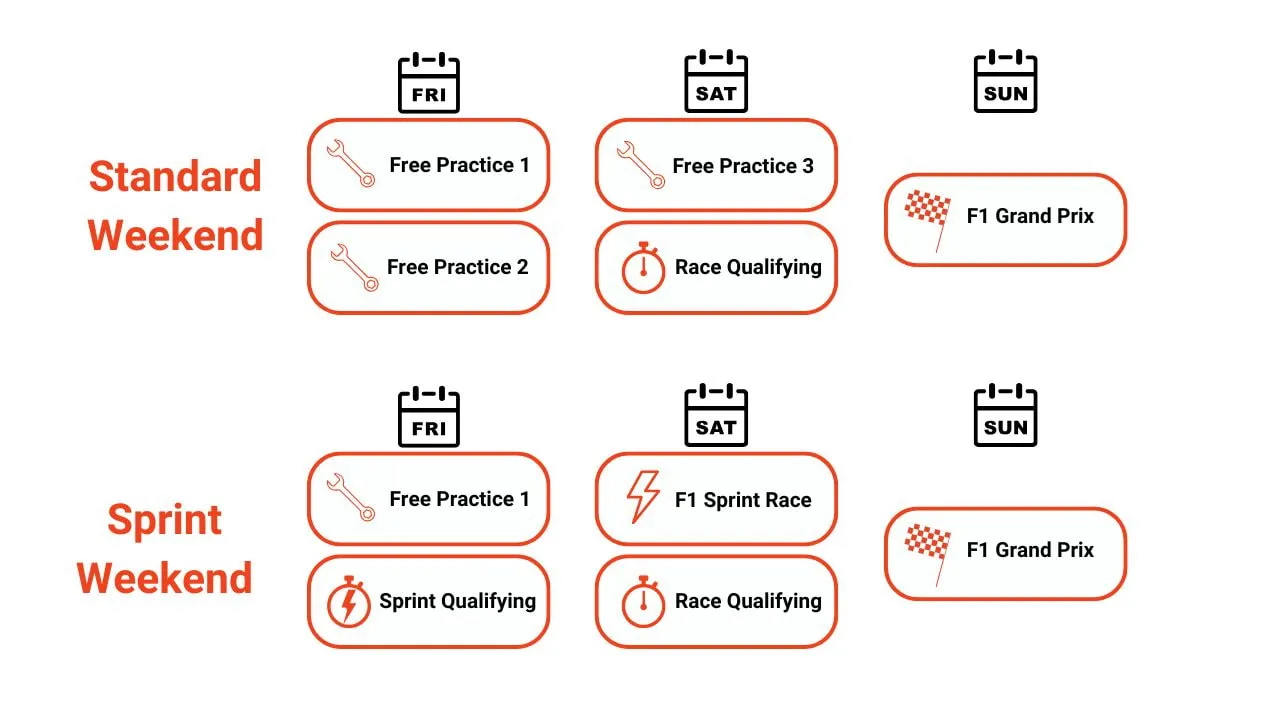
It's important to note that there is an F1 race weekend that is on a slightly different schedule. The Las Vegas Grand Prix is held on a Thursday - Saturday, rather than Friday - Sunday.
We will only cover a Standard F1 Race Weekend in this article! If you want to learn about Sprint Weekends - check out THIS ARTICLE.
What is Free Practice 1?
Free Practice 1 (FP1) is always the first F1 of the weekend - regardless of it being a Standard Weekend or a Sprint Weekend. This session is generally used for testing new parts on the car for the weekend, doing tests called "shakedowns", and making any set-up changes for the weekend ahead. You may see extra metal rigs or BRIGHT green paint (called flo-vis) on the cars to test aerodynamics.
As a fan watching, you may see some 'wild' results coming out of FP1 due to this testing. Often, various 'back-marker' cars (aka the overall slow teams) end up in the top positions - FP1 is not always a good indicator of performance over the weekend.
What is Free Practice 2?
Free Practice 2 (FP2) is when the driving 'heats up' most of the technical testing is done in FP1, so they move on to set up and tweaks to the specific driver controls and preferences for that specific track. Every track has different requirements due to different weather climates, layout (I.e. very long straights, or a lot of slow speed turns). This impacts the way that the driver wants their car 'set up'. These set up changes include wing angles, ride height, weight distribution to optimize the car to the driver and the track.
The teams will often begin testing 'race pace' and 'qualifying pace' choosing different fuel amounts in the car (which impacts speed due to added weight). This means that as you watch FP2, you may begin to see the true speed of each car. This session is much more indicative of the pace you will see throughout the rest of the weekend.
Overnight - the teams are allowed to work on the car and make any final technical or setup changes
What is Free Practice 3?
Free Practice 3 (FP3) is the final practice session of the F1 weekend. This is the final chance that the teams will have to make any setup changes to the car prior to Qualifying later that day (Saturday). Teams will use this data to make the final optimization changes prior to qualifying. This session is the most indicative of Qualifying later that day and nearly every car will simulate their Qualifying and Race Pace during this session. This means that the results from Free Practice 3 will be very close to that of Qualifying results - compared to other Free Practice sessions.
What is F1 Race Qualifying?
F1 Qualifying in simple terms is what sets the starting grid for the F1 Grand Prix the following day. The car with the fastest lap time will be in the front and the cars will line up in grid order to the slowest car in the back.
Qualifying is broken up into 3 session - Q1, Q2, and Q3. In each qualifying session, 5 drivers with the slowest single lap time will drop out until Q3 has 10 remaining drivers that will set the top 10 grid.
The top qualifier will receive 'Pole Position' with which comes an award. This award is sponsored by Pirelli (tire supplier) and is in the shape of a tire.
If you want to learn about F1 Qualifying in detail check out this article.
What is the F1 Grand Prix?
The F1 Grand Prix is the race that is the culmination of all of the sessions over the weekend. The grid order set in Qualifying is the order in which cars will start the race - unless last minute changes or repairs were made on the cars (they would then start in the pit lane).
The Grand Prix generally will last approximately 90 minutes. If there are crashes, debris, or severe weather conditions, there can be pauses (signaled by red flags or safety cars which we will discuss in a later article) that will make the race longer. The minimum distance for a Grand Prix is 190 miles (305 KM) except the Monaco Grand Prix - but most distances are around the same length (aka the standard 90 minute length).
In the race there must be at least one pit stop - where the drivers will go to the pit lane (outside of their garages) and change tires.
The top 10 drivers will score 'points' and there is one additional point awarded for the fastest single lap of the race.
At the end of the race, there is a podium celebration that fans can attend on track (for most races), celebrating the top 3 finishers!
If you want to learn more about the intricacies of an F1 Grand Prix check out this article.
What other racing occurs during a weekend?
F1 is never the only event that occurs on track during a weekend. Before, in between sessions, and even after F1 sessions, there are a variety of support series that can run throughout the weekend. We will cover the most popular ones:
F1 Academy
F1 Academy is the all women feeder series under the Formula racing umbrella. F1 Academy races are slightly different than the F1 format - with 2 races every weekend. This means that you can catch even more action with these women on track!
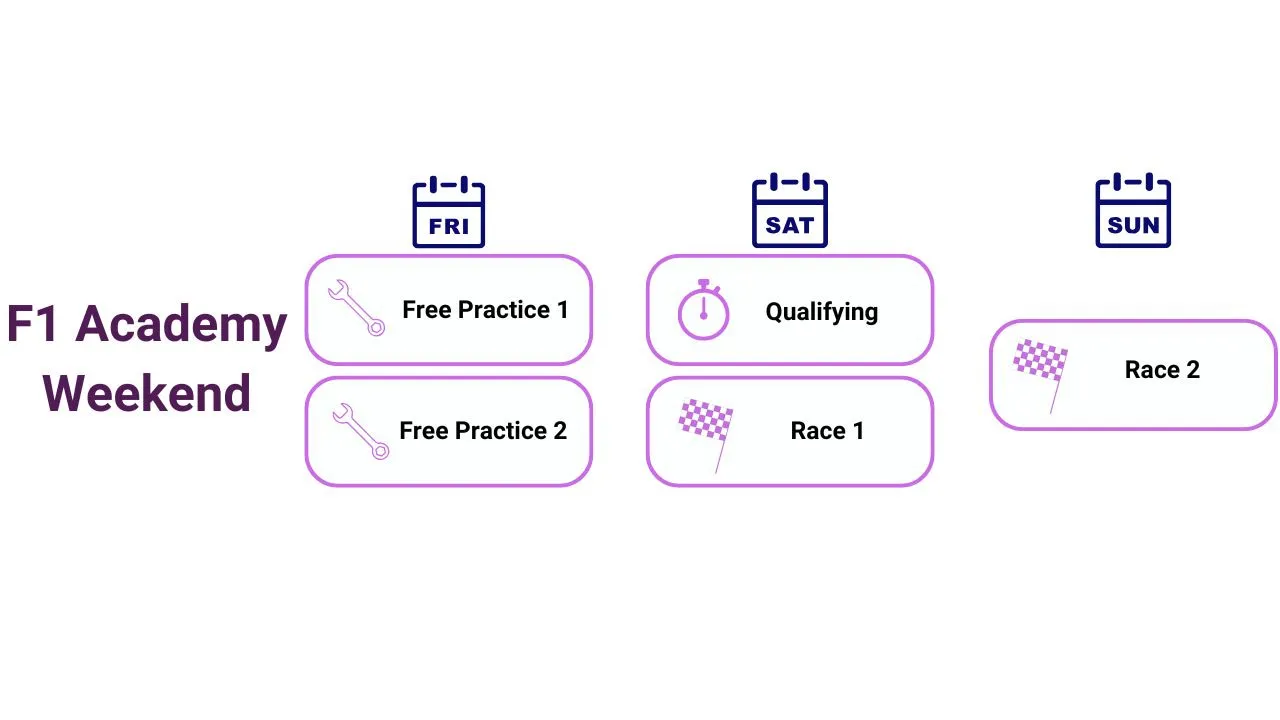
The race weekends in 2025 that will feature F1 Academy are: Chinese Grand Prix, Saudi Arabian Grand Prix, Miami Grand Prix, Canadian Grand Prix, Dutch Grand Prix, Singapore Grand Prix, and Las Vegas Grand Prix.
Check out the F1 Academy Grid and Teams!
Formula 2 (F2) and Formula 3 (F3)
Formula 2 and Formula 3 are the feeder series into F1. Almost every driver on the F1 Grid has moved through the Formula feeder series before entering Formula 1. That being said, there are many weekends throughout the year that feature F2 and F3 races - most of which are in Europe. There are no F2 and F3 races in North America.
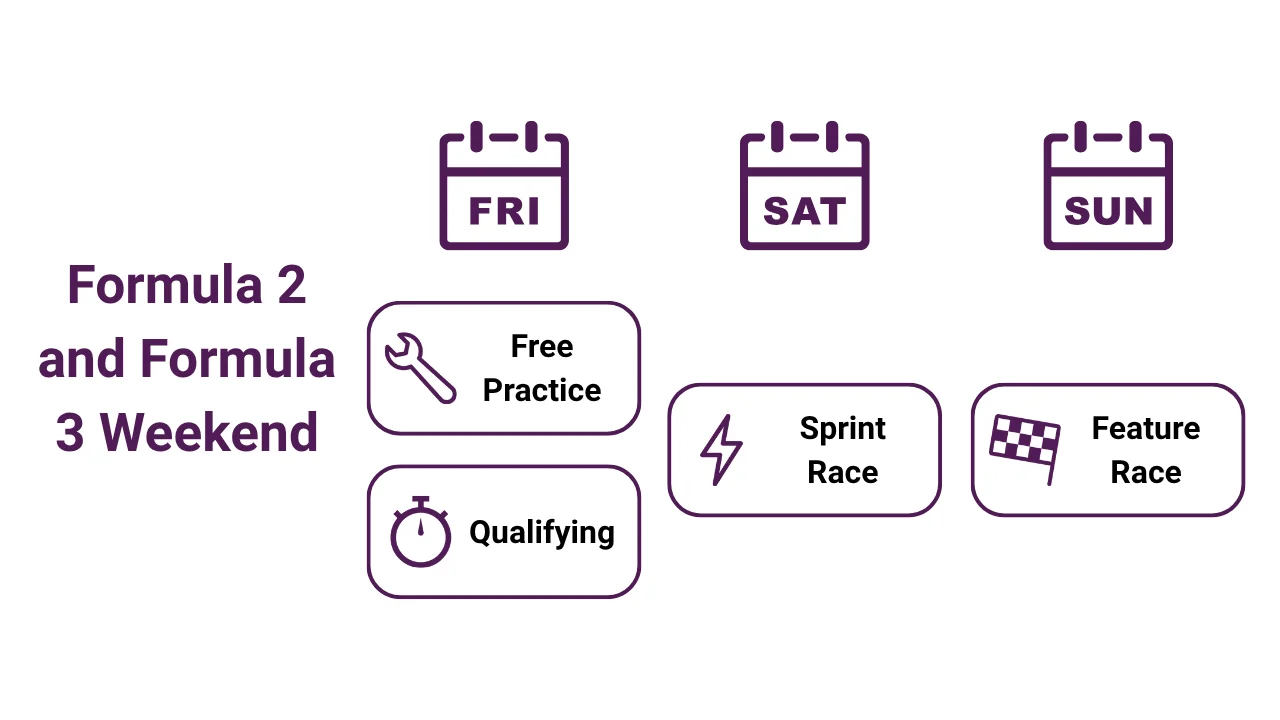
Similar to F1 Academy, there are 2 races that will occur during these F2 and F3 weekends - a sprint and a full length race. While these cars are slower than F1 cars, the racing is still very exciting if you want to tune in to watch before the F1 Grand Prix events! Check out our F2 weekend and F3 weekend guides for more.
Other Support Series - Ferrari Challenge, Porsche Cup
On various weekends, generally those in North America and without F2 or F3 (sometimes they will coincide with F1 Academy weekends), races will run non- Formula series such as the Ferrari Challenge and Porsche Cup. These are not broadcast on ESPN, F1 TV or Sky Sports as the other Formula series (Academy, F2, F3, F1), but if you're physically attending the race, you can catch the action!

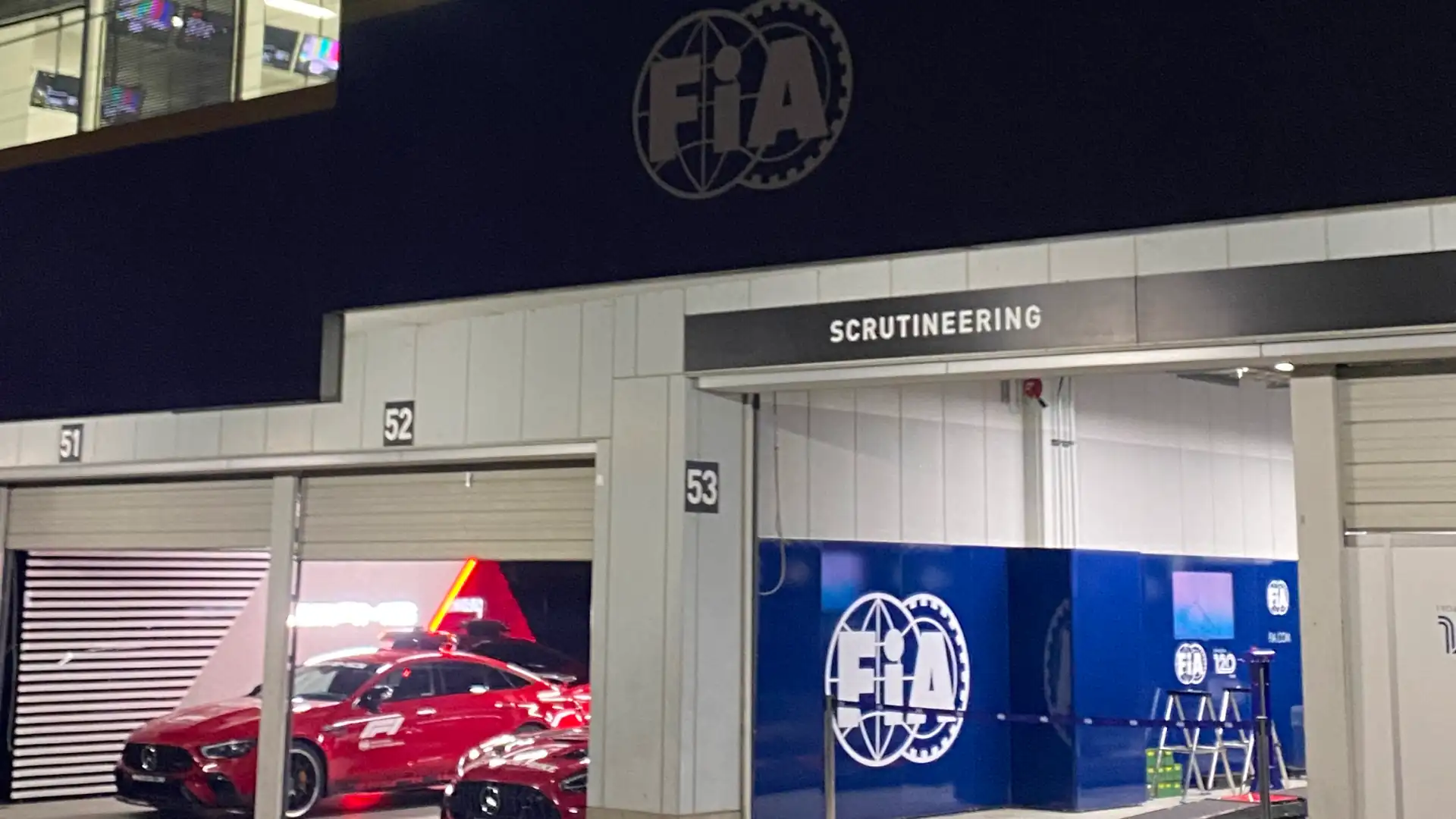
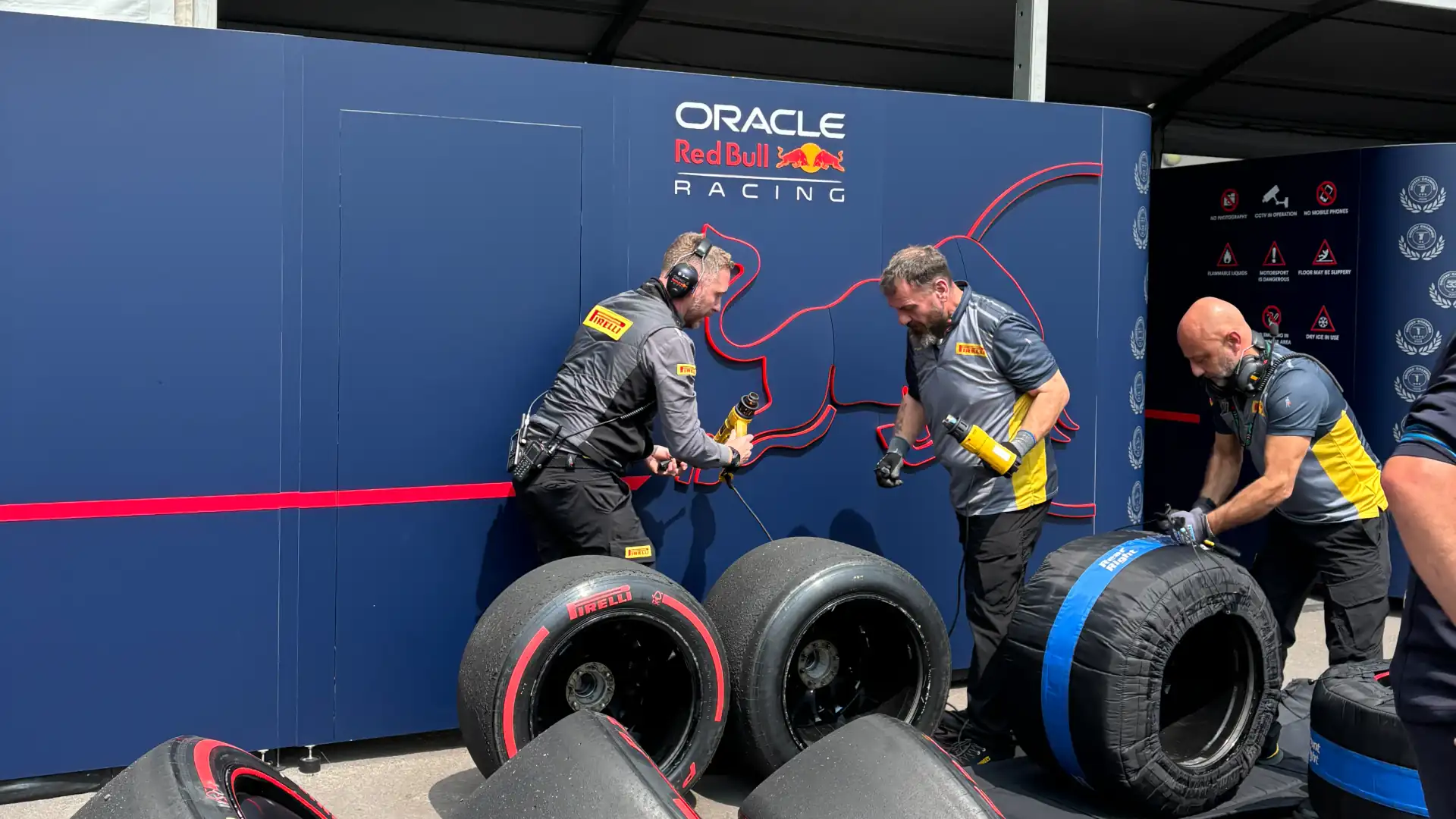
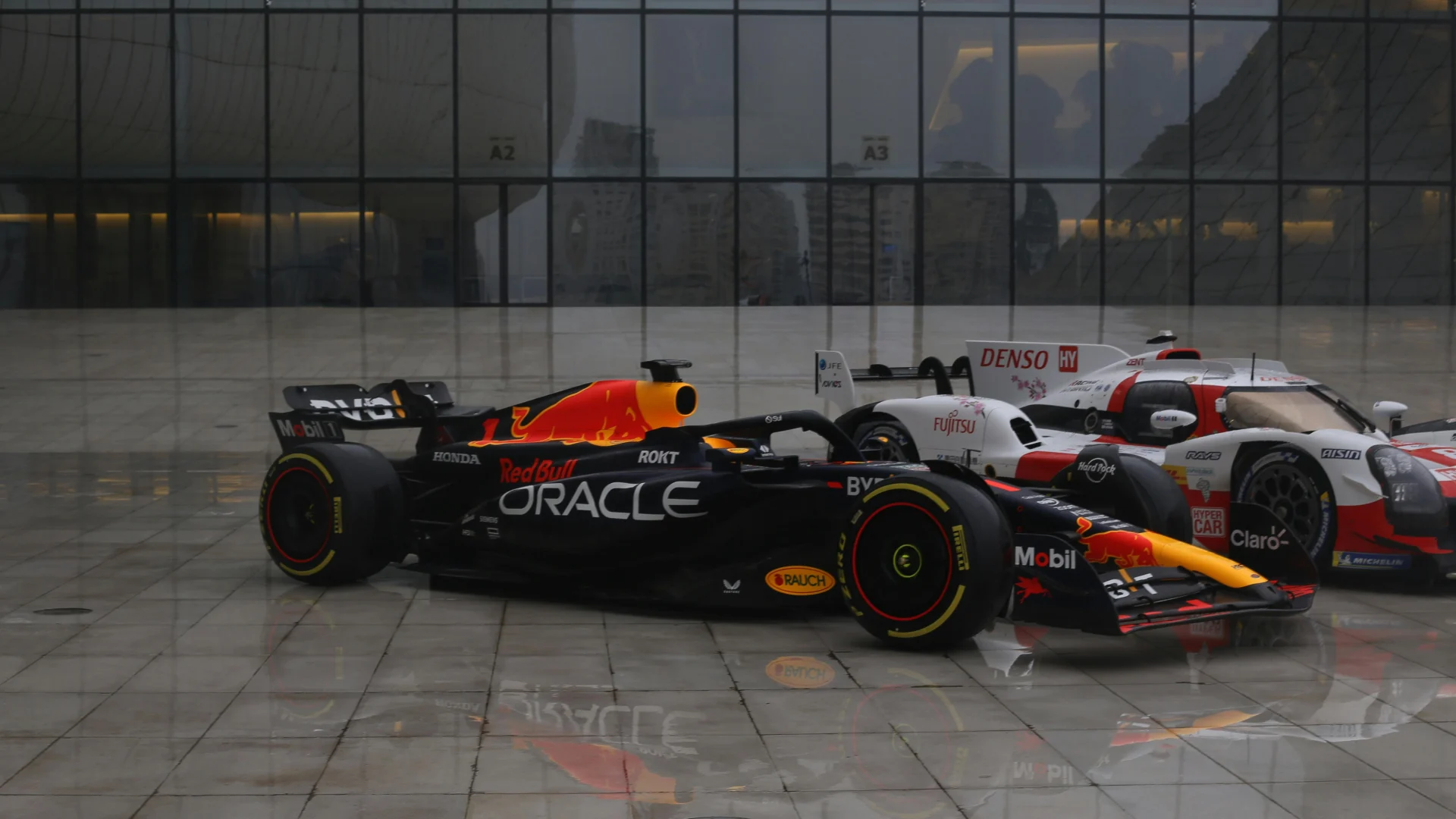

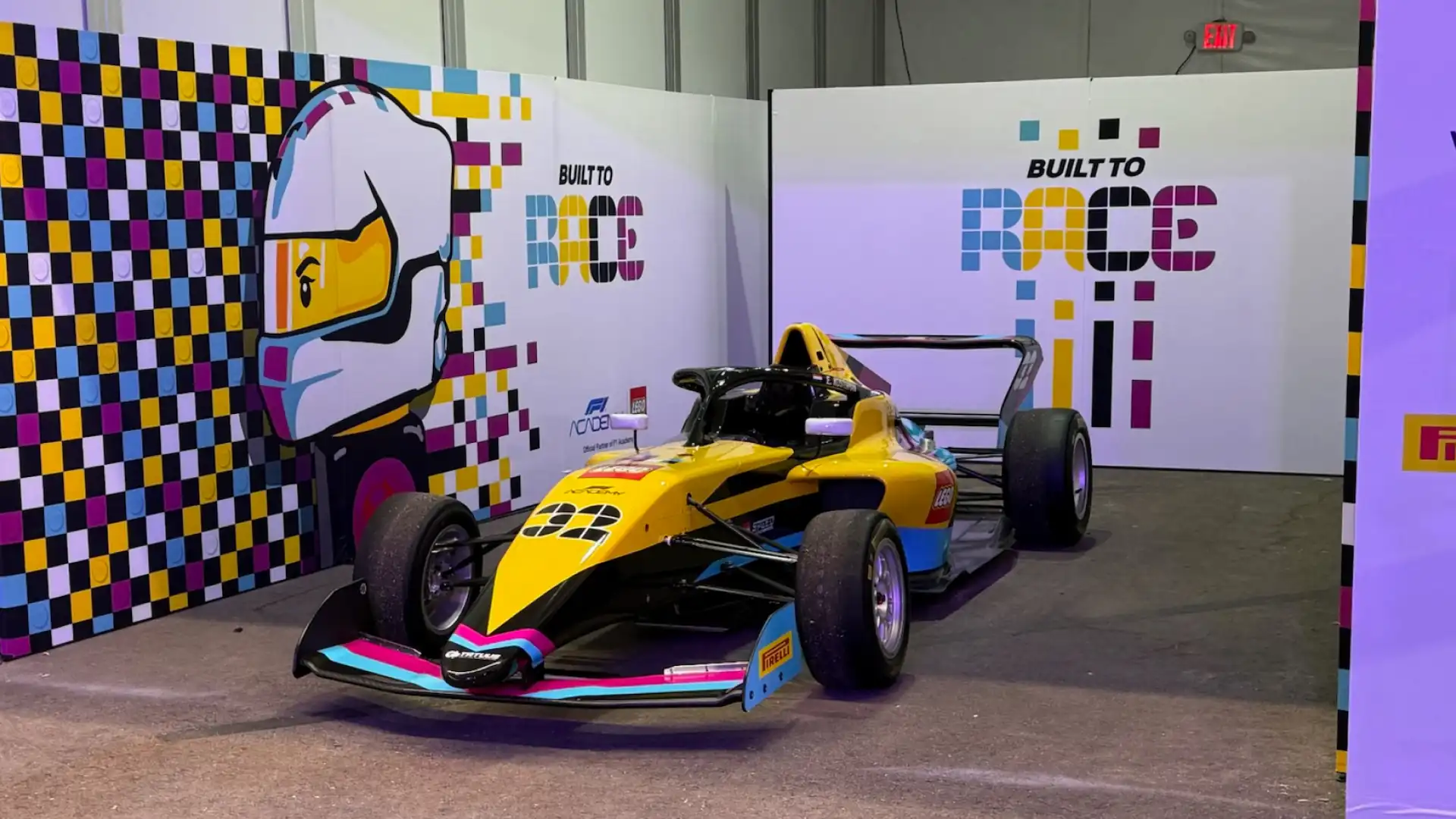
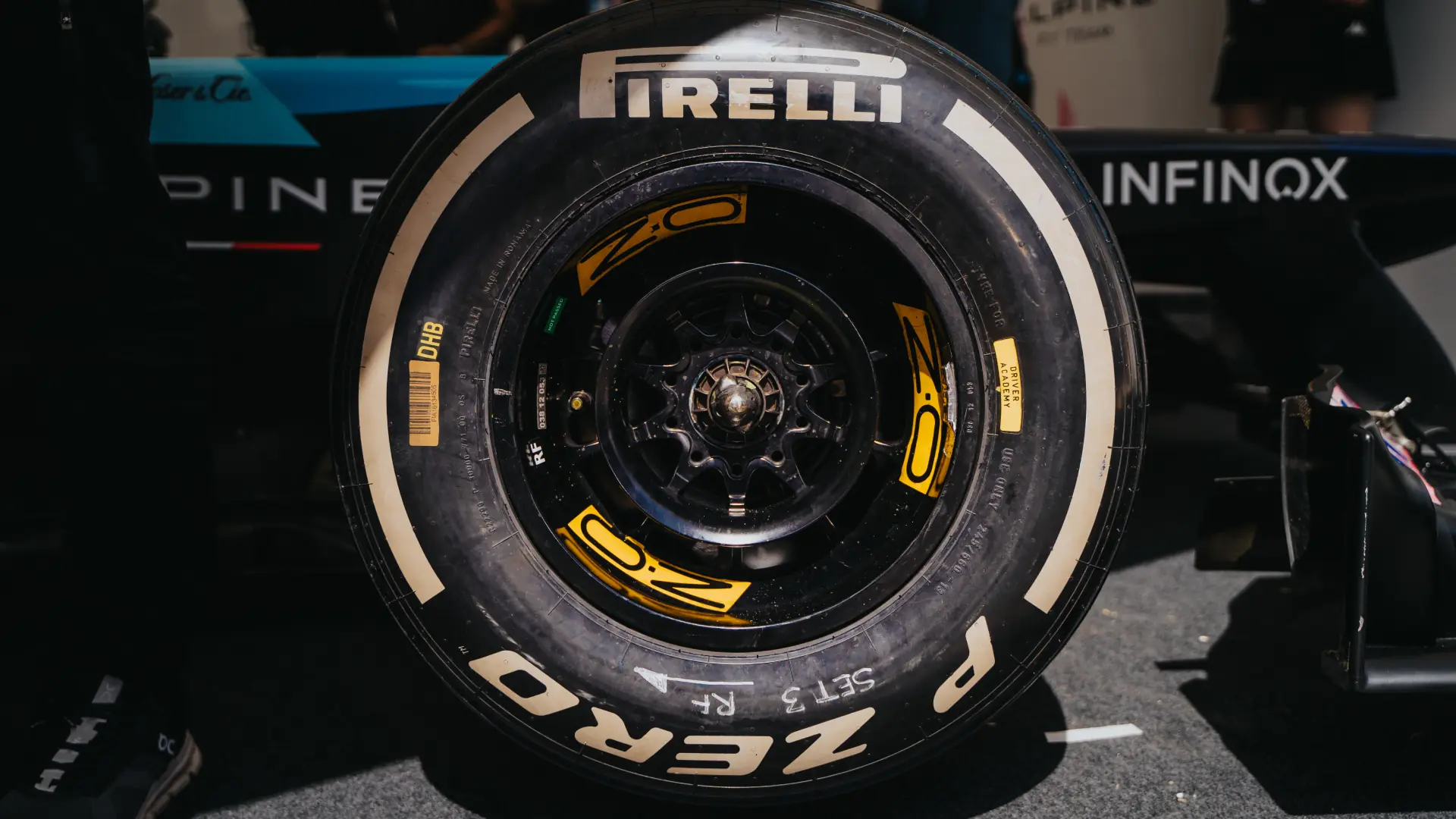
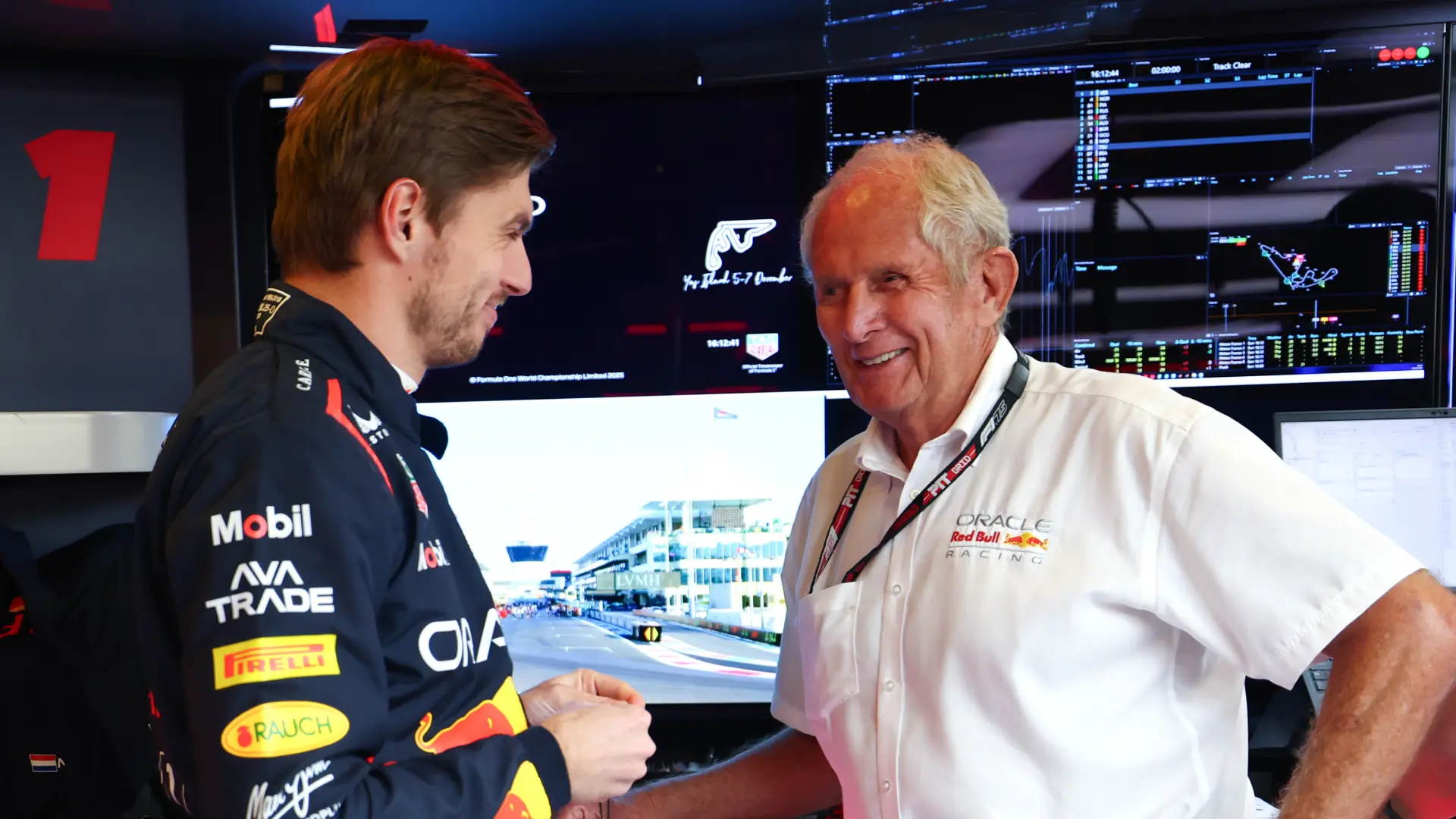

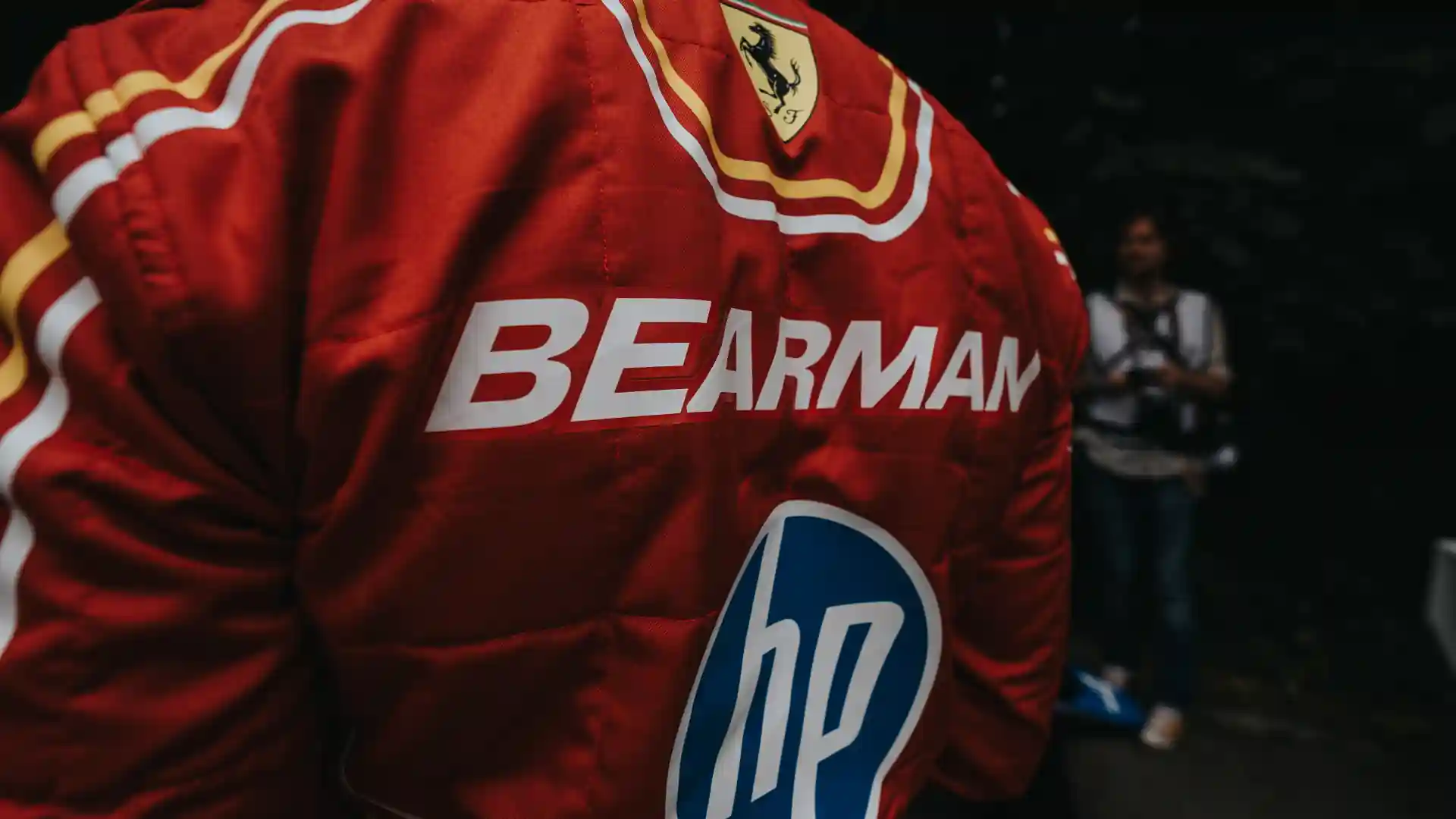
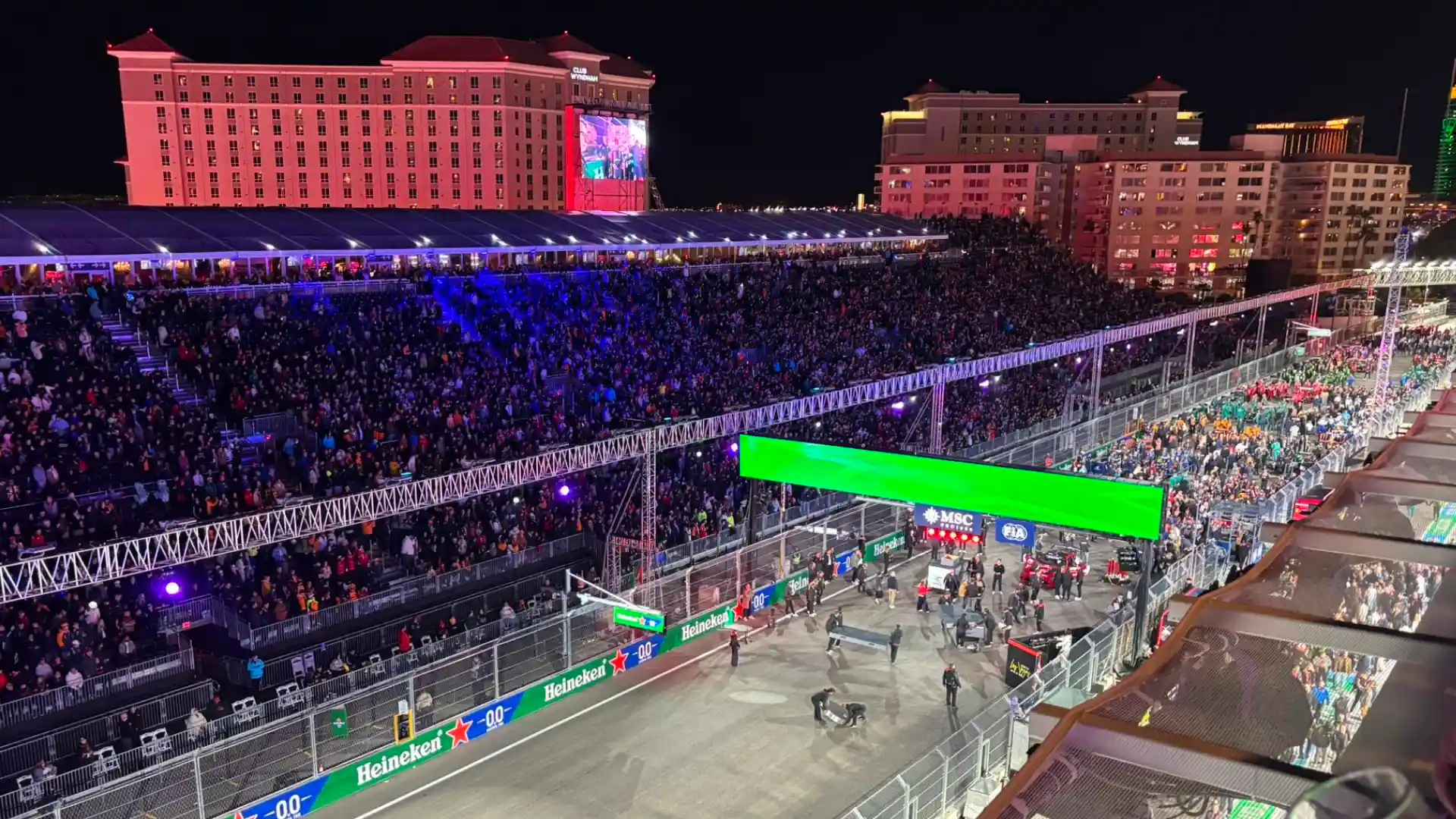
.webp)
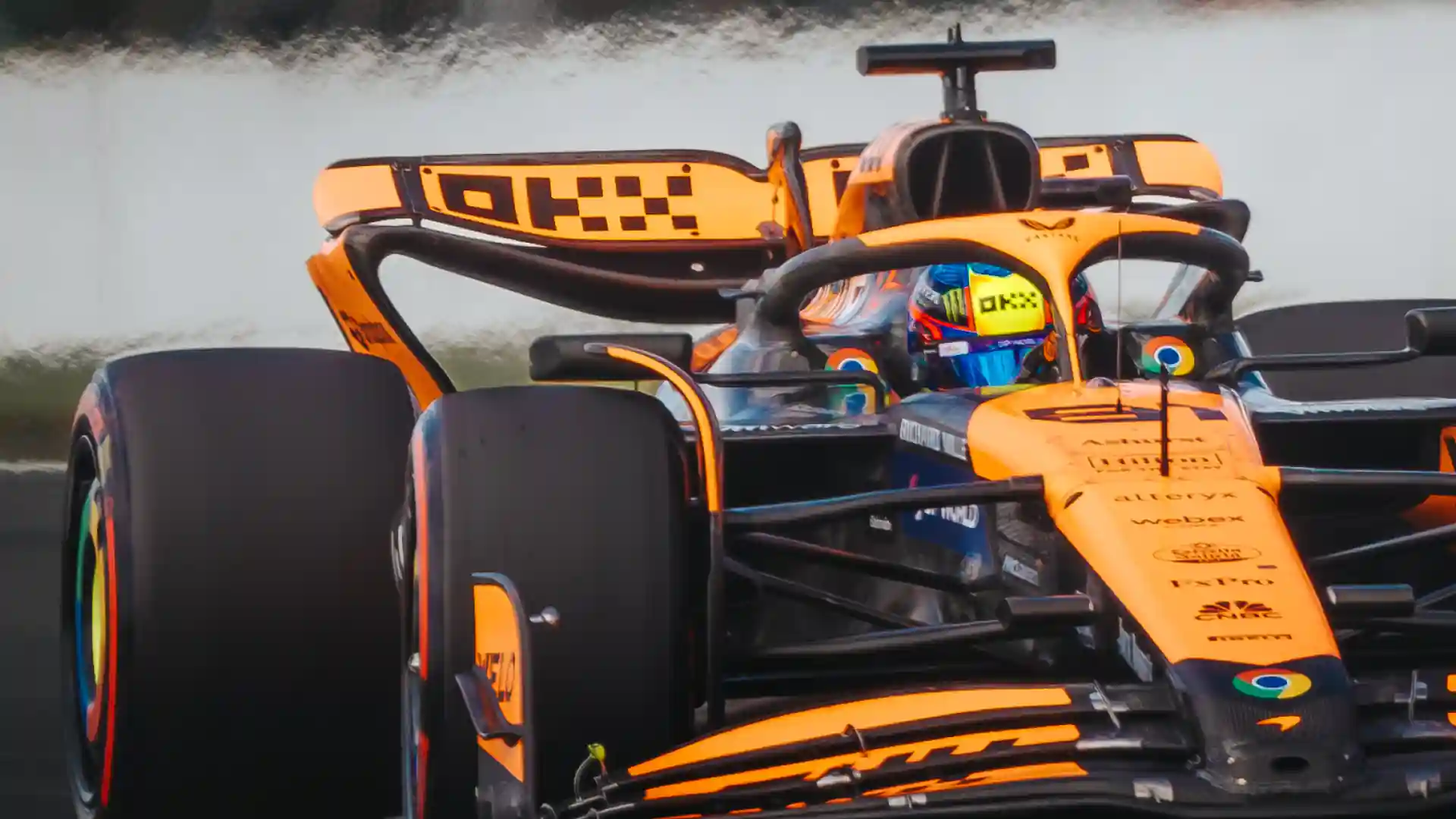

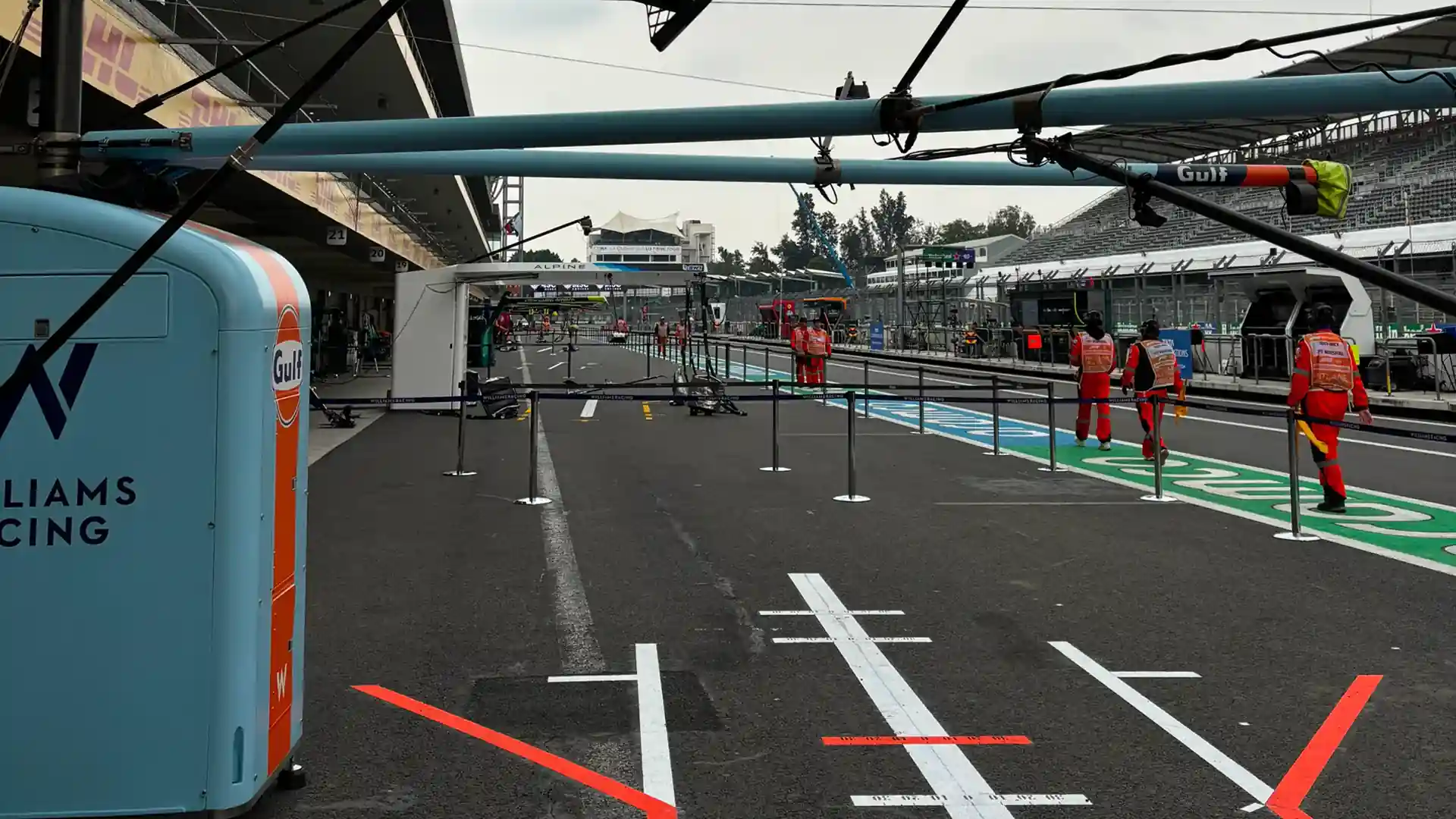
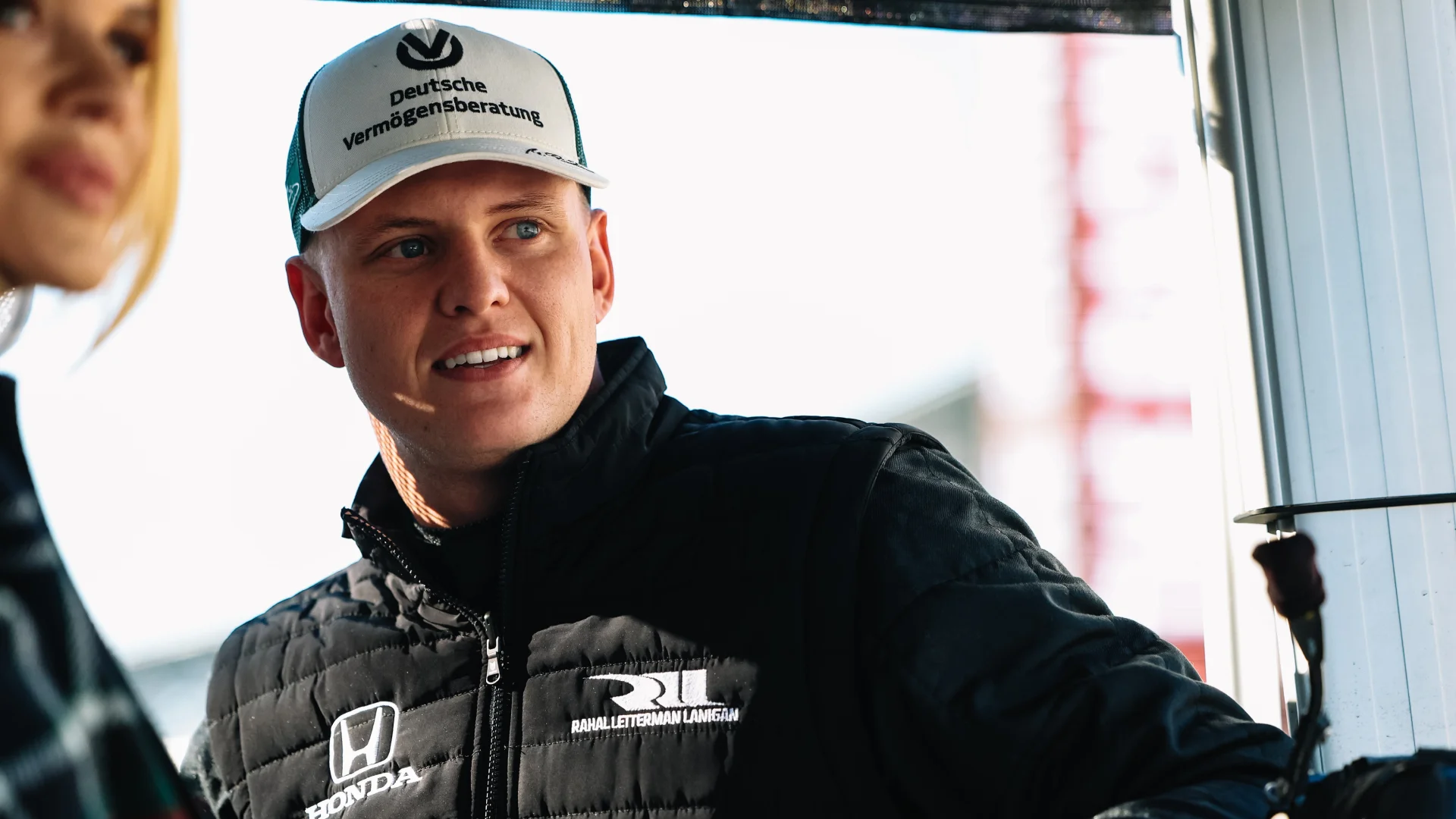
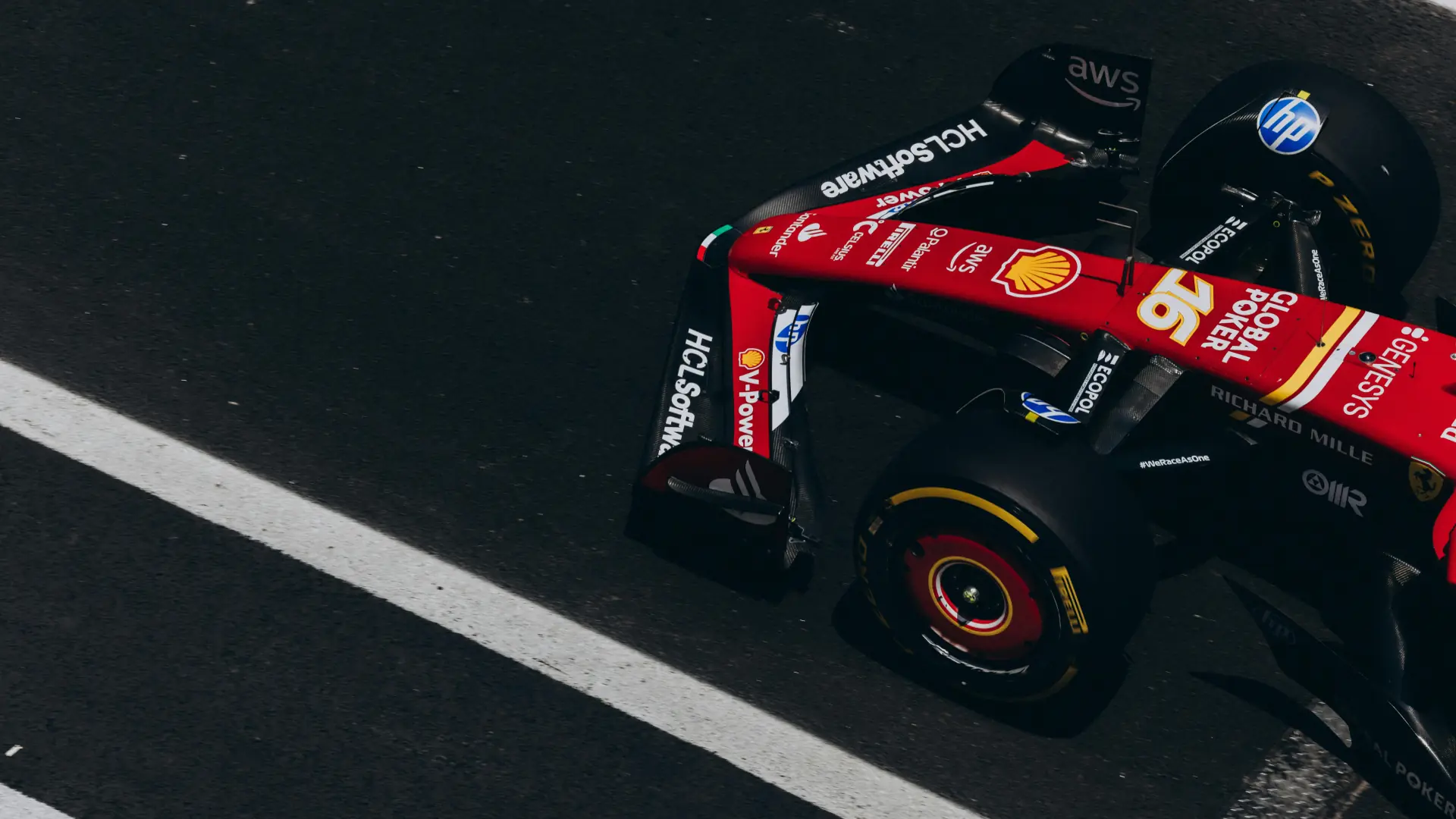



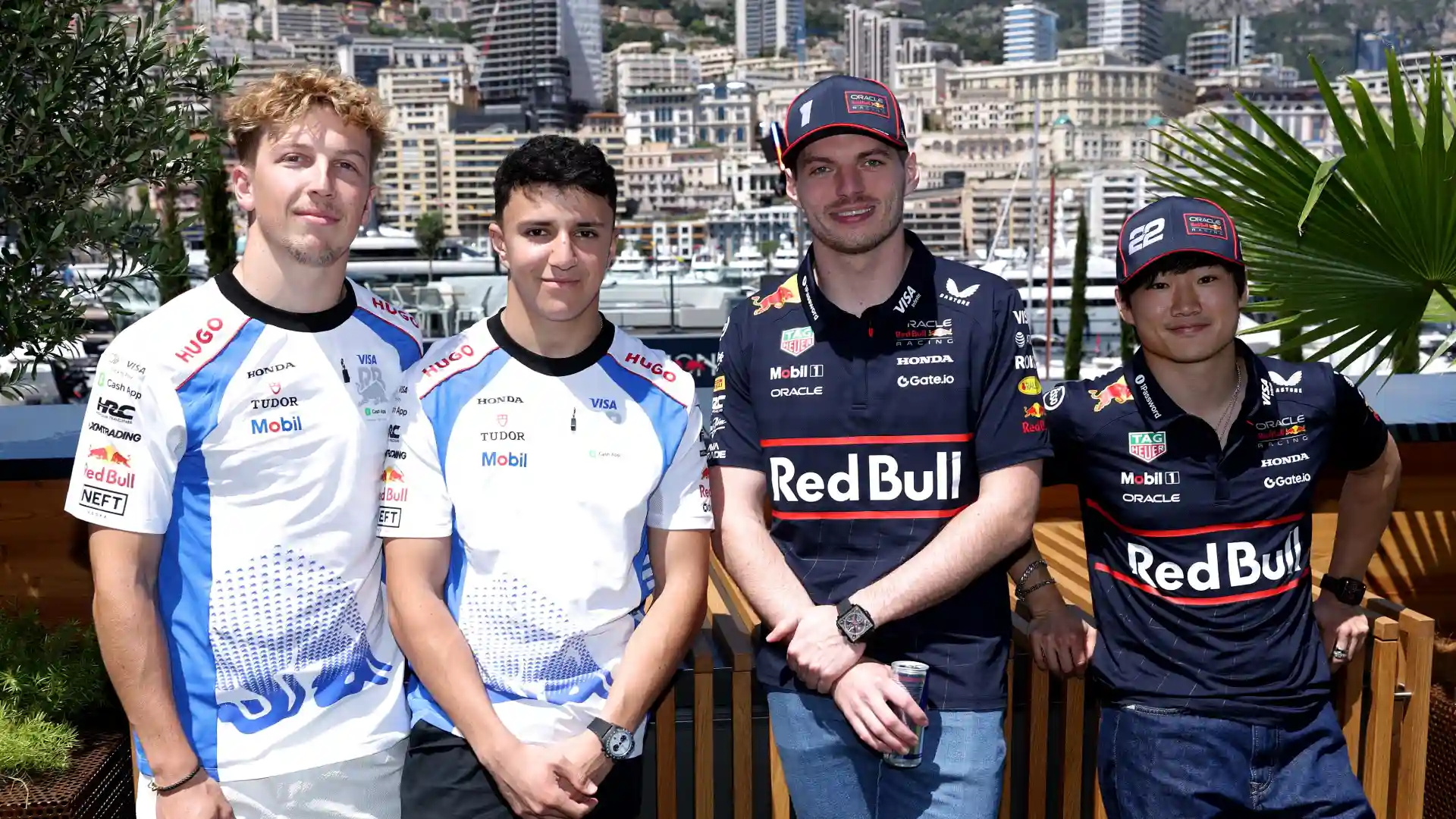
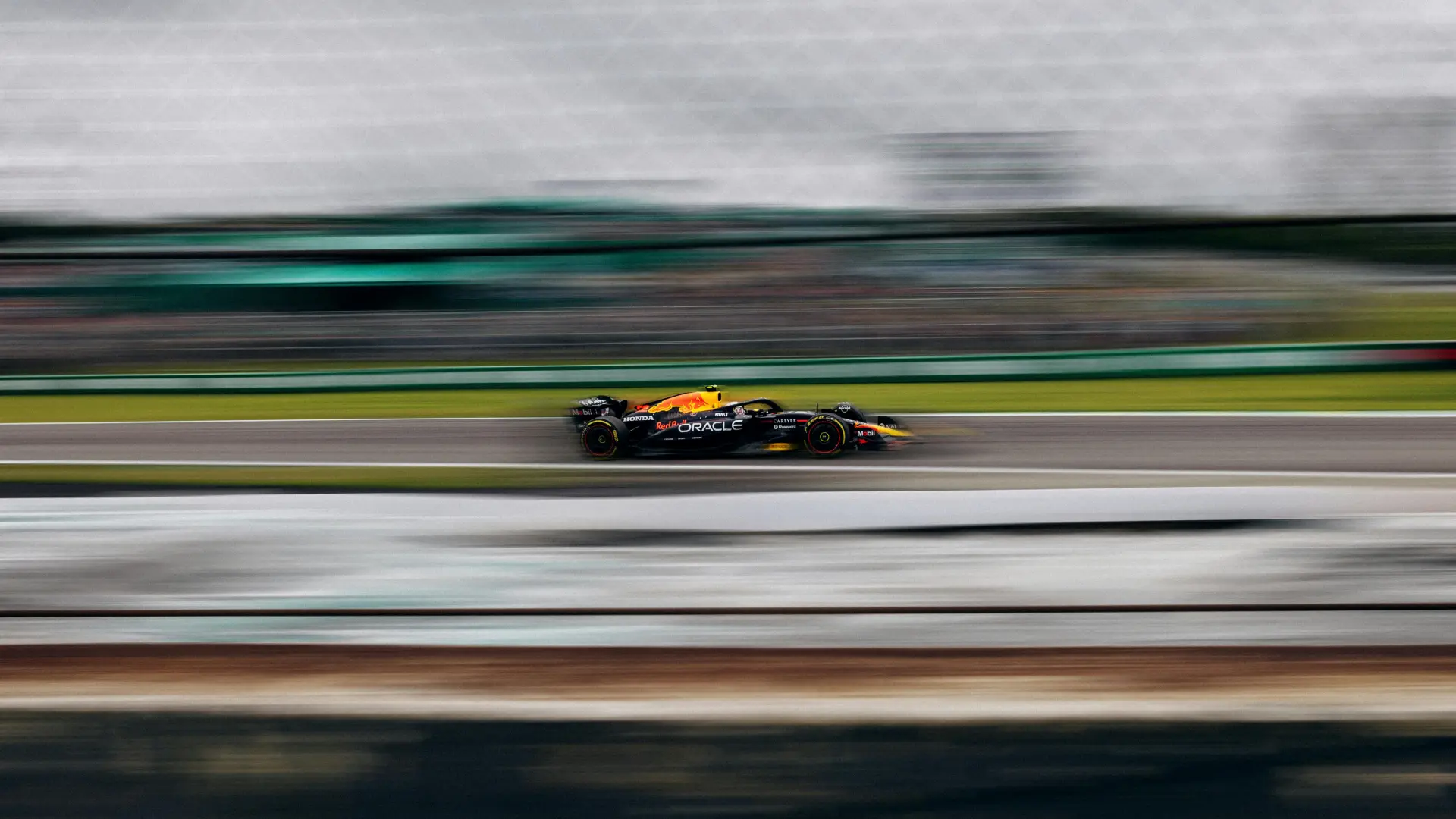
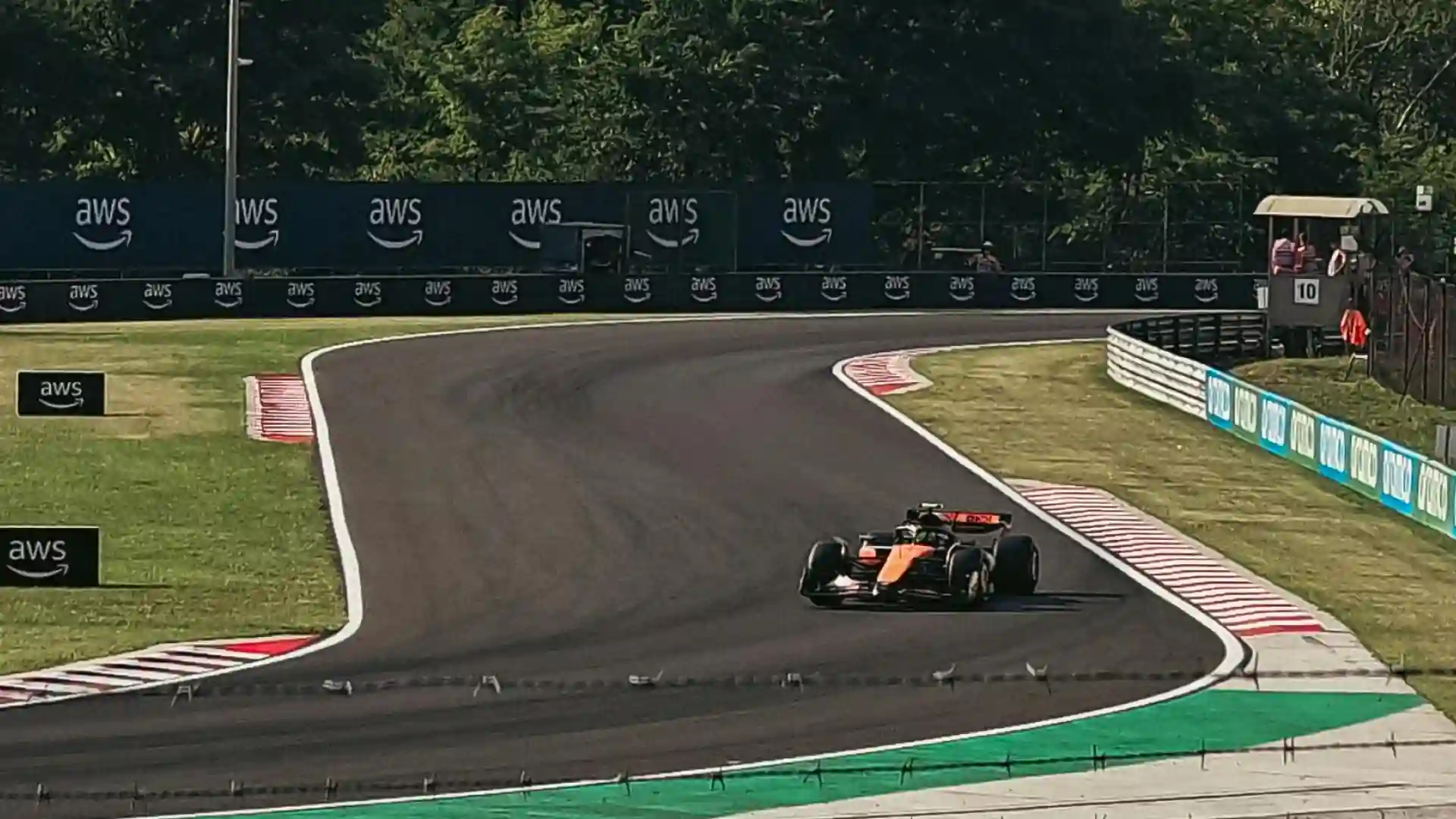

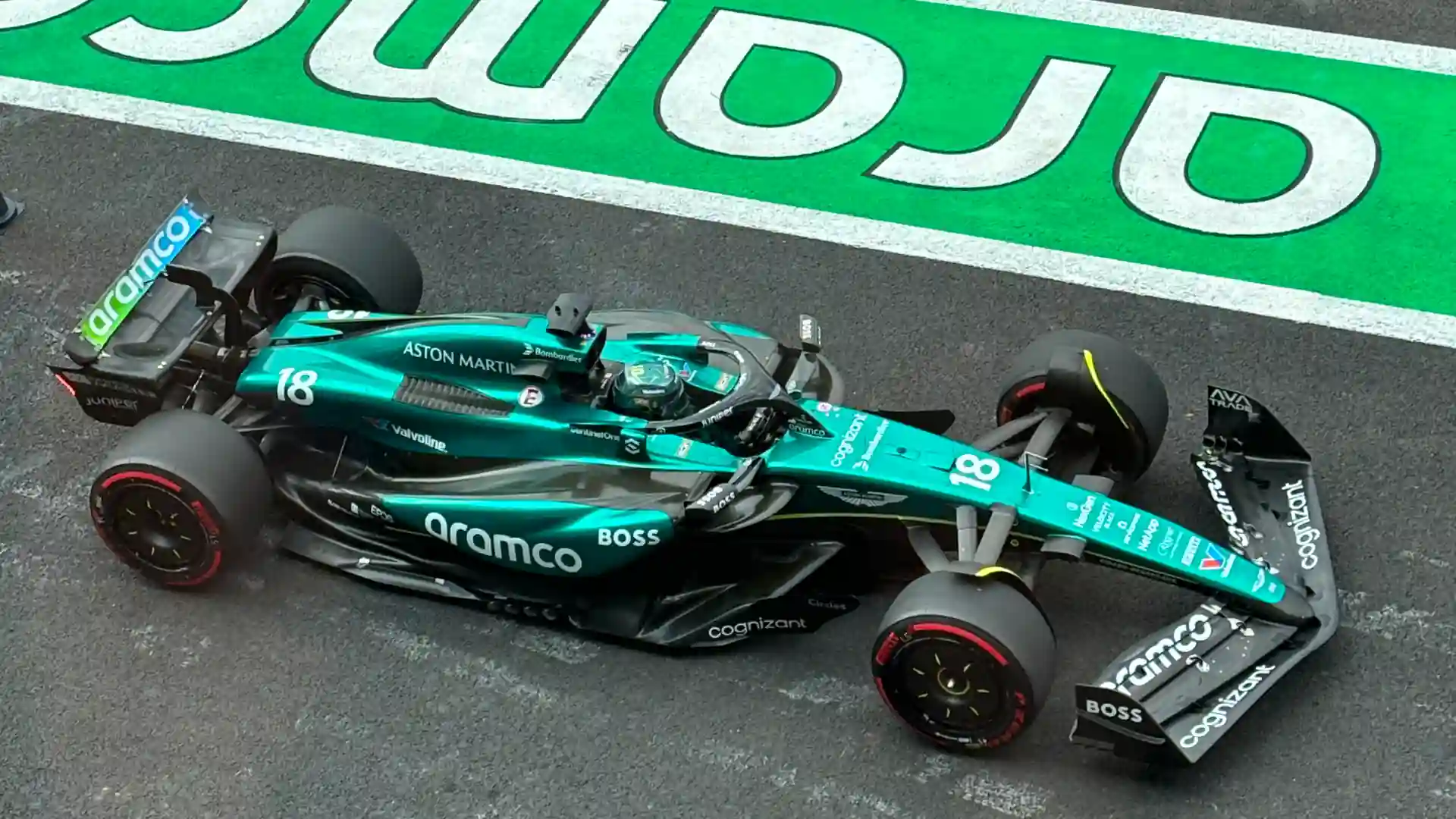
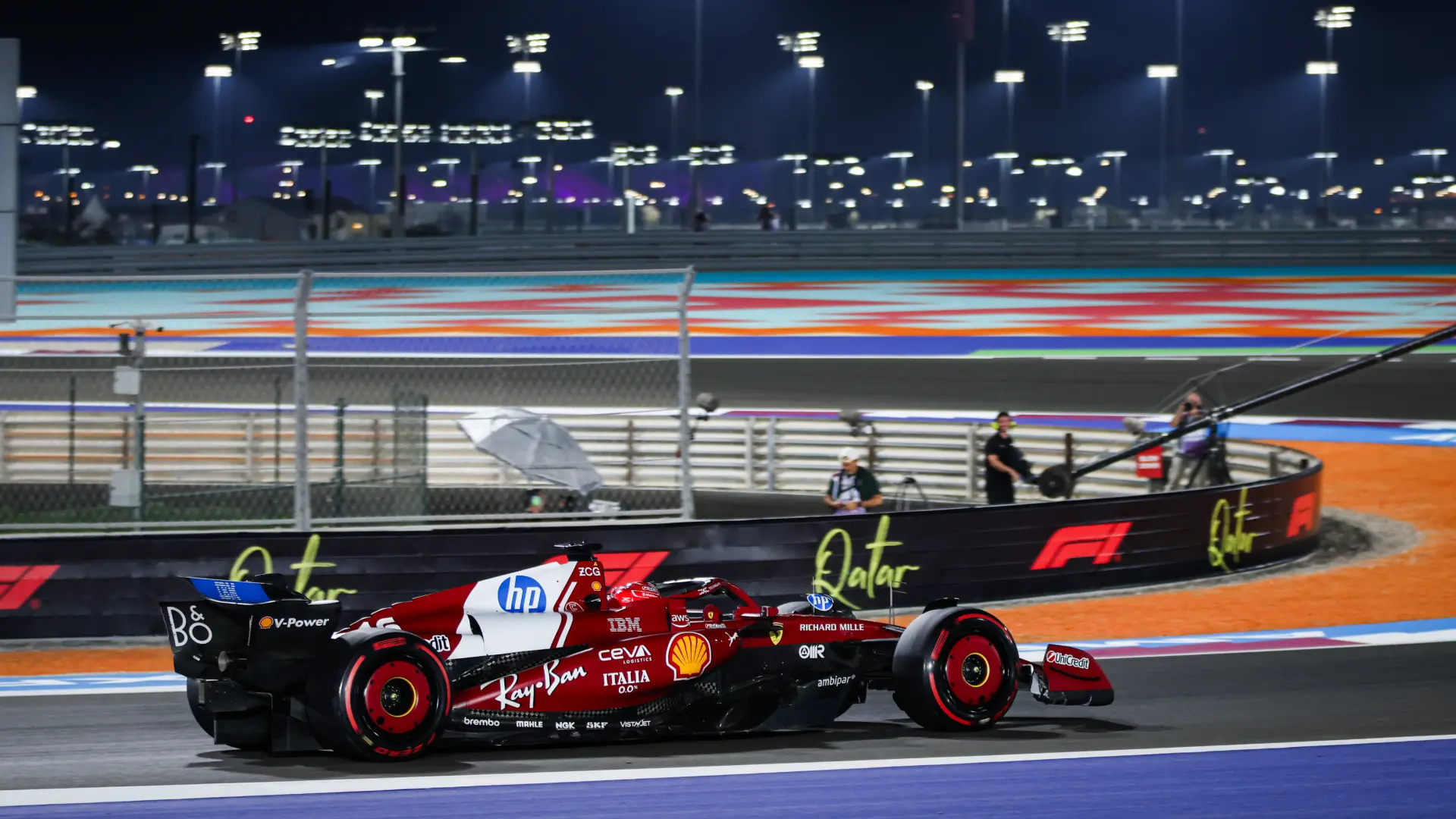

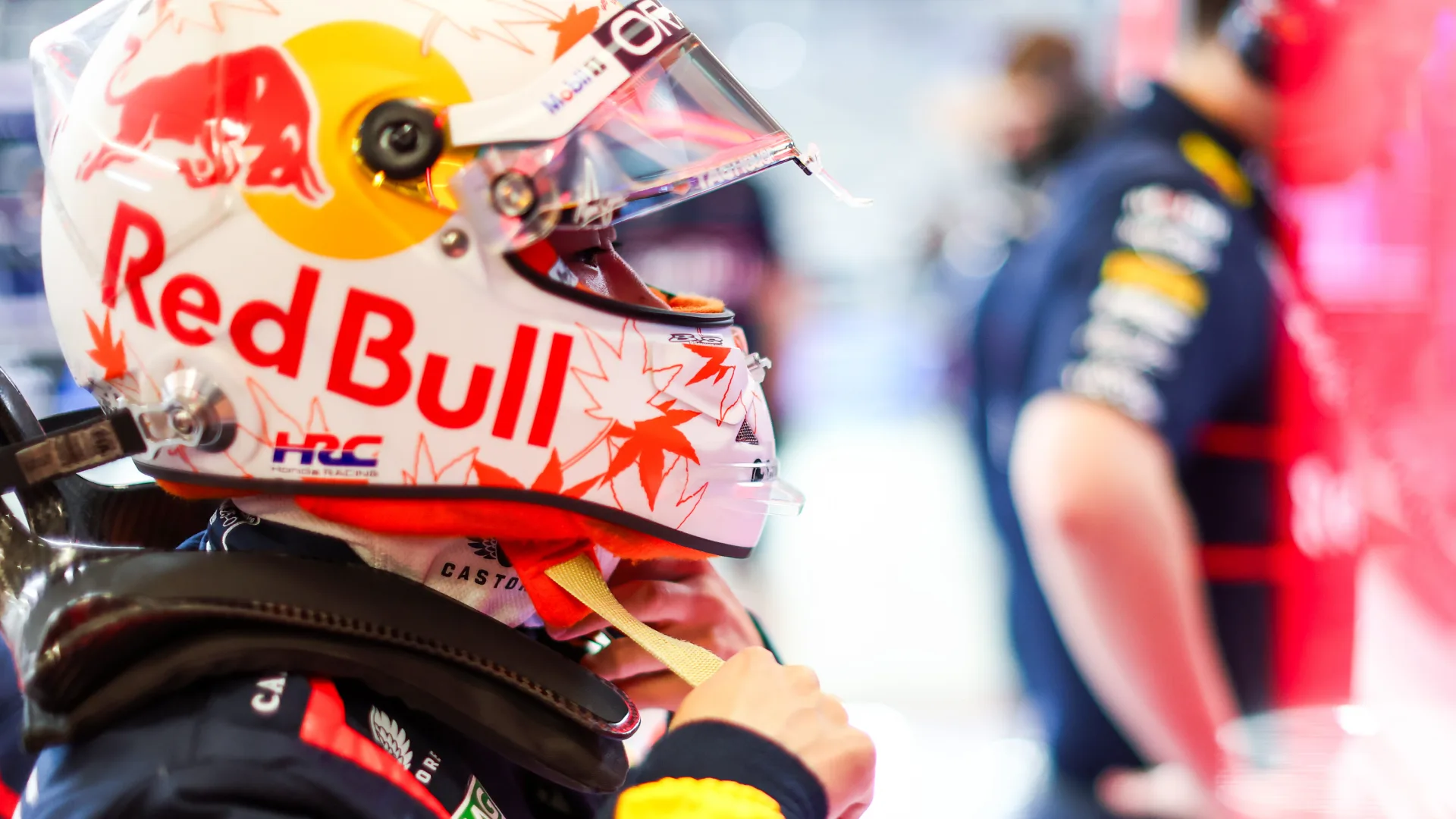

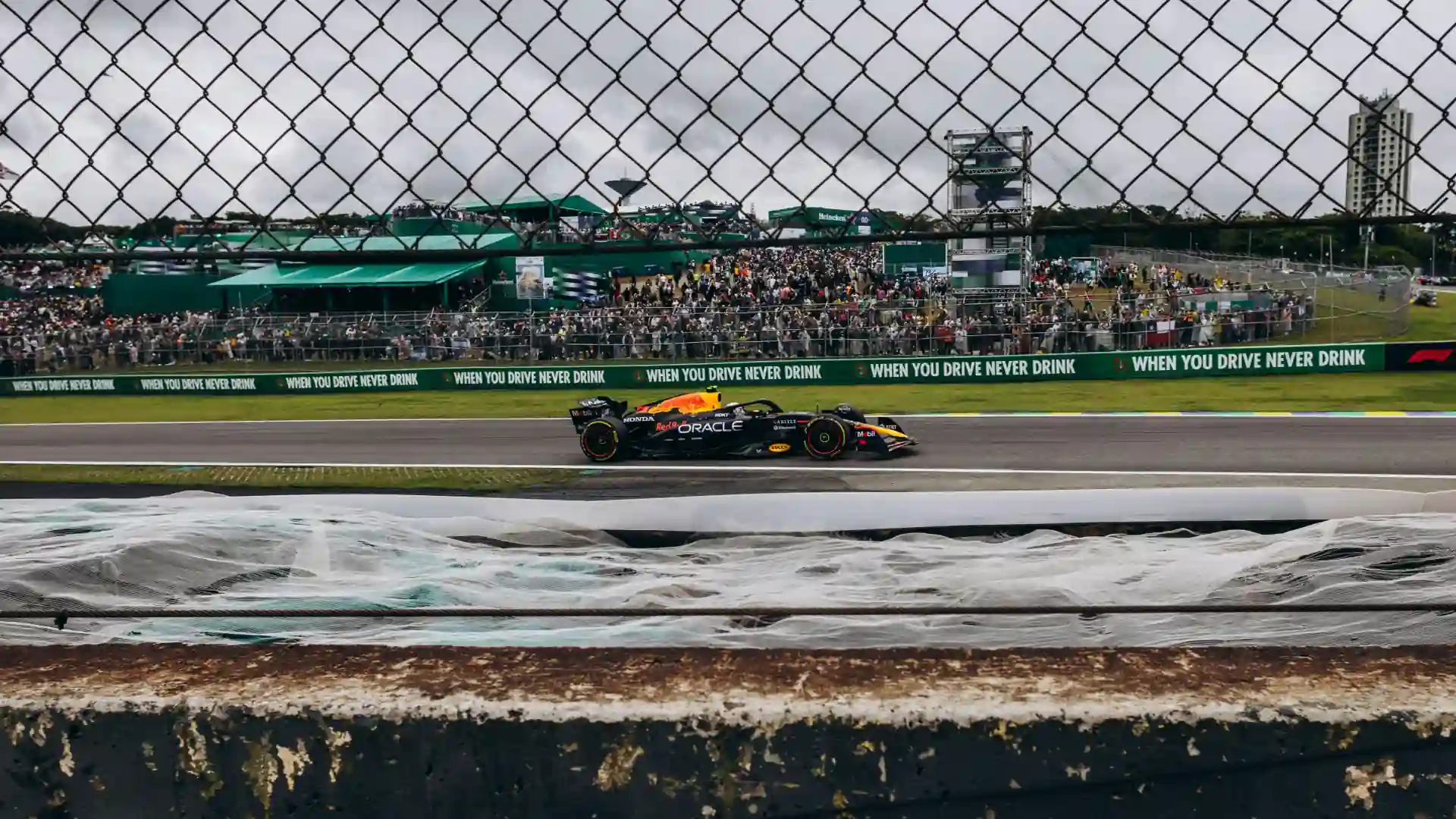
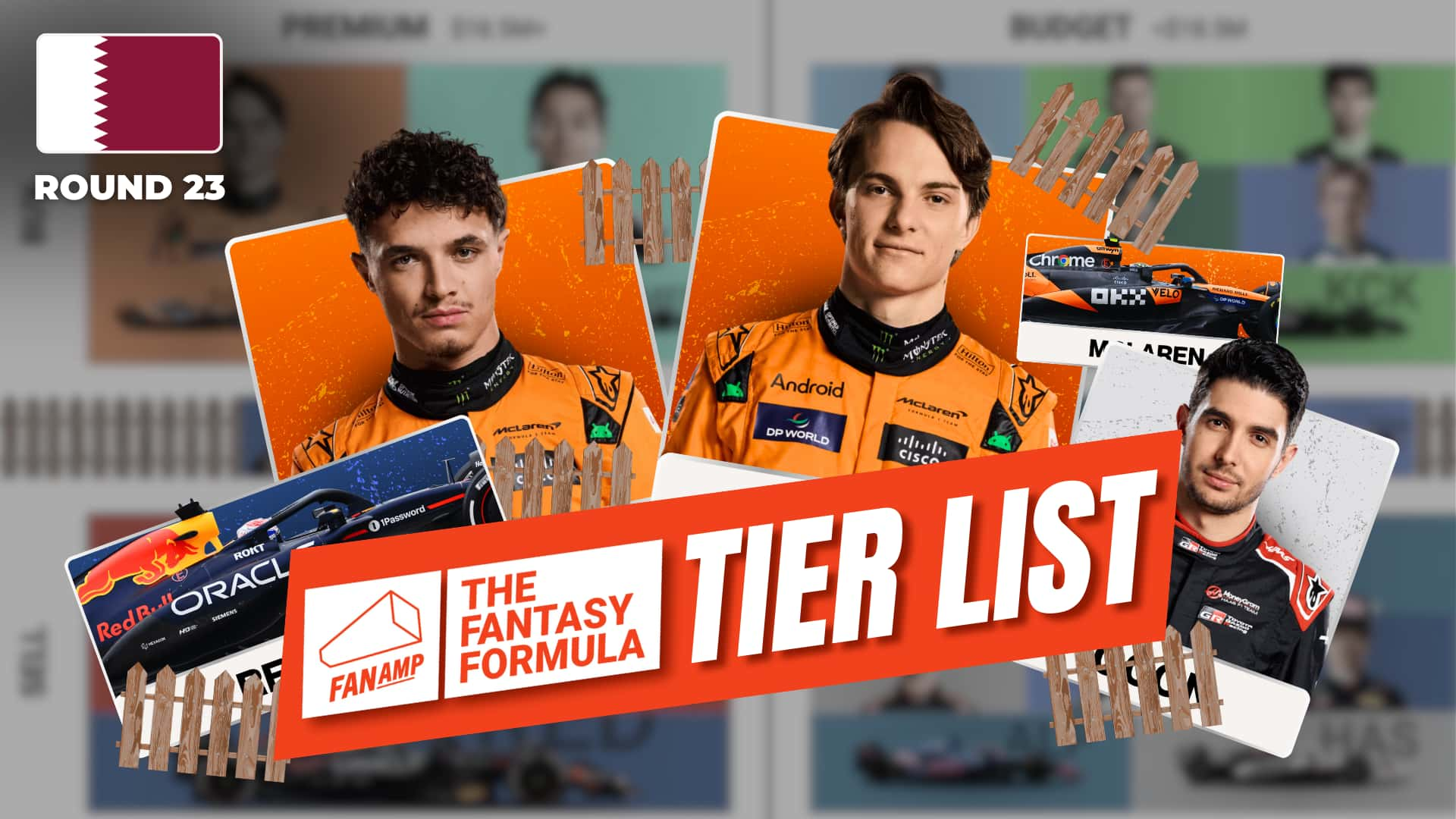
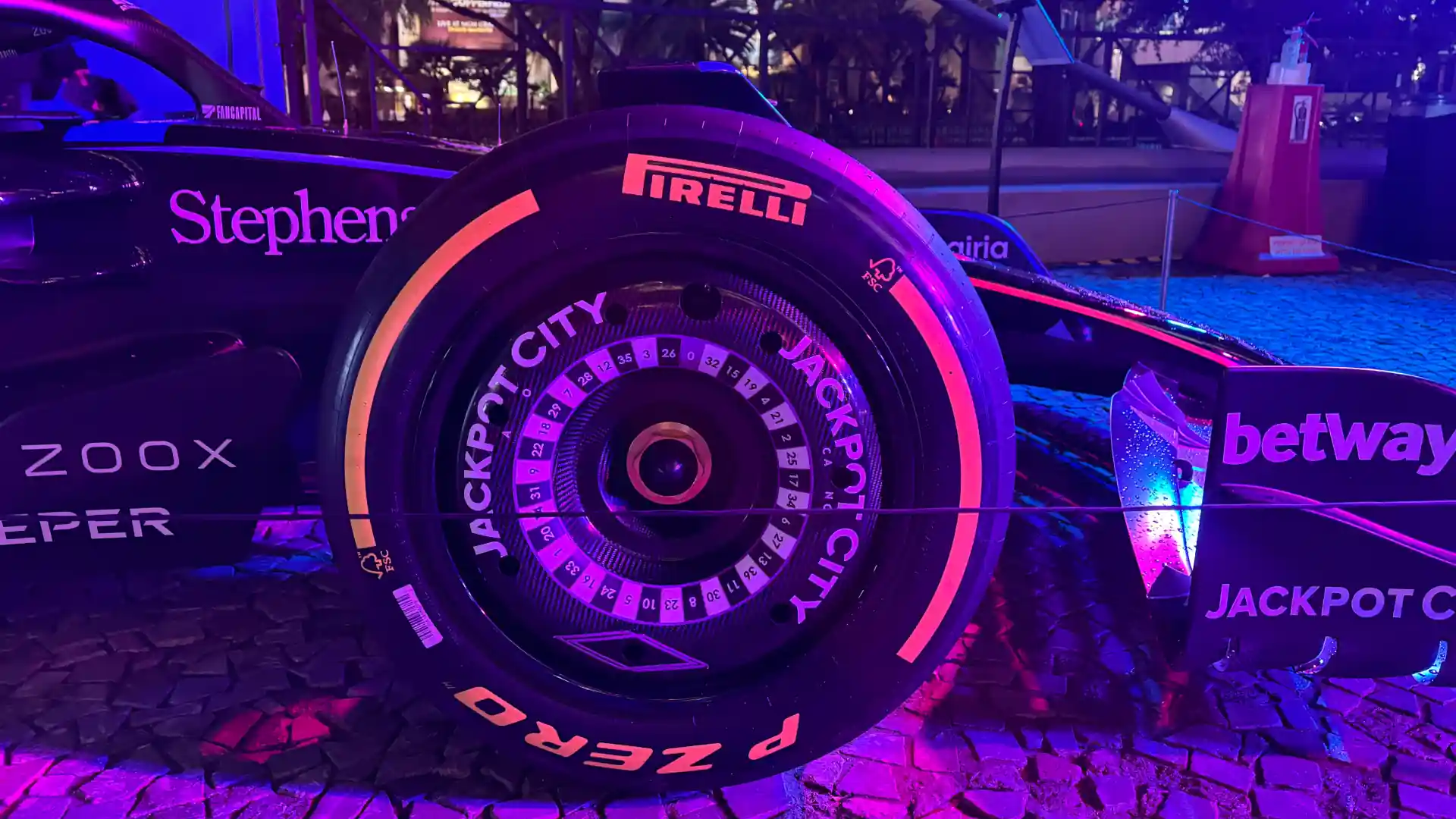
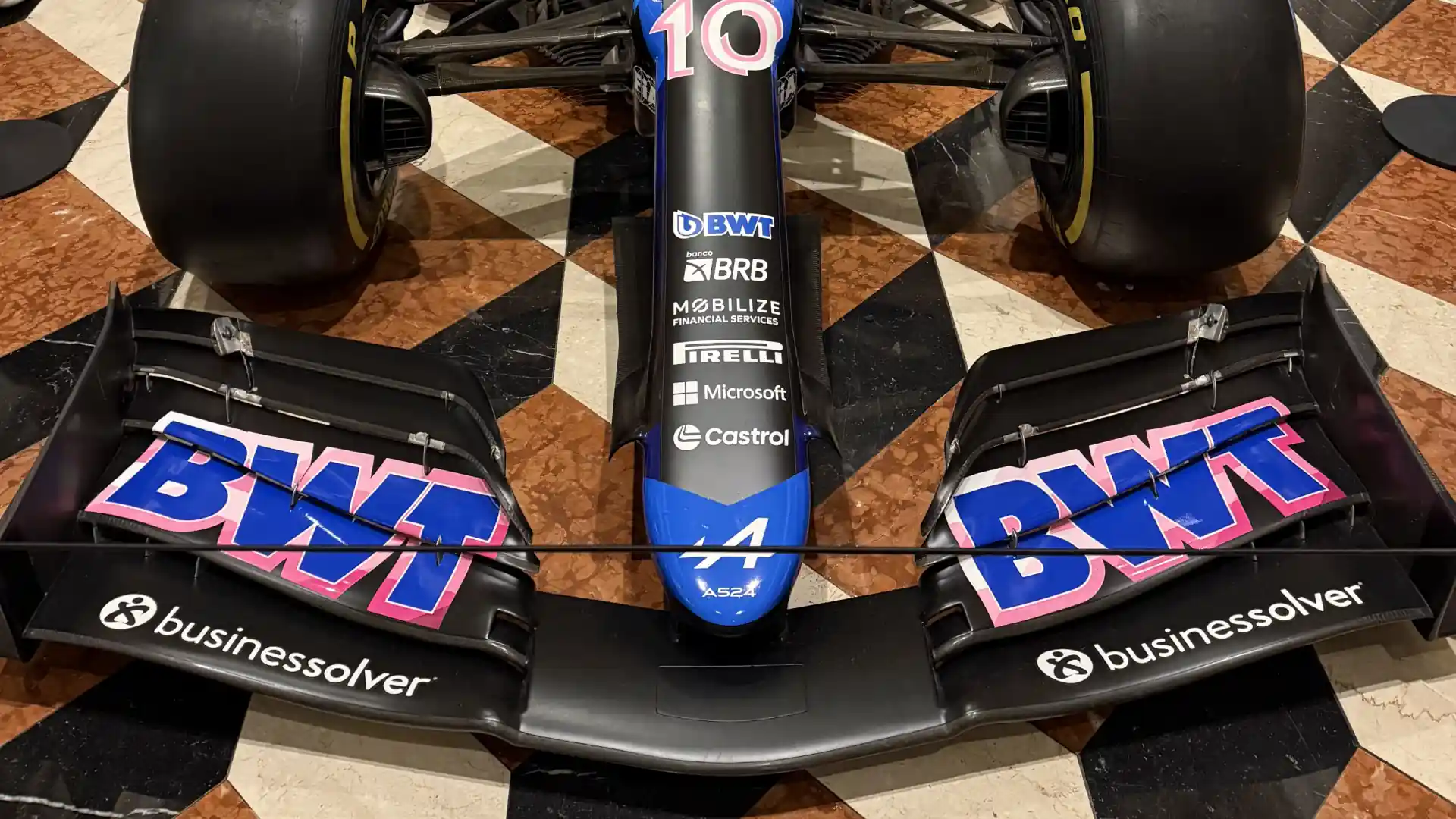

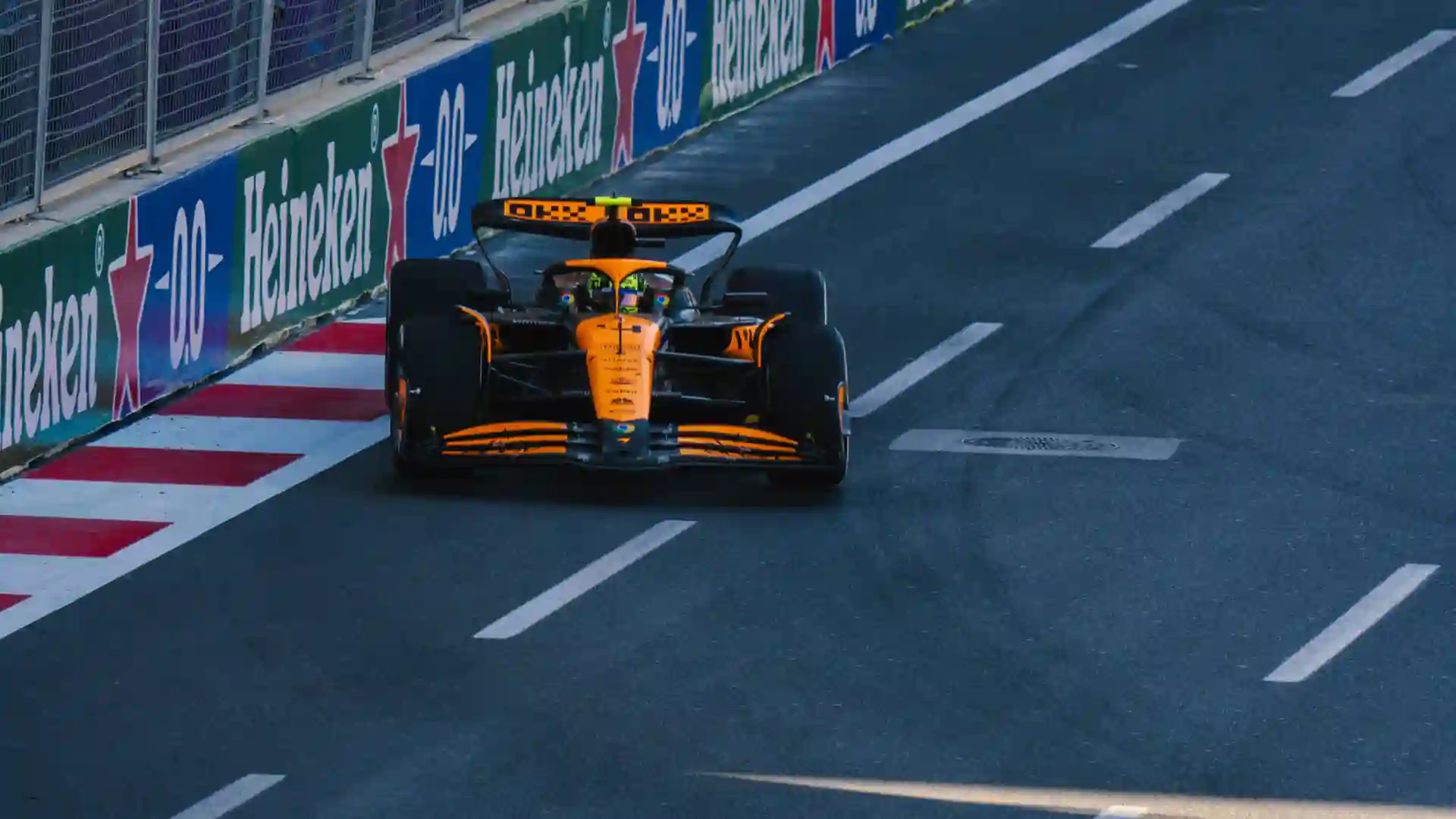
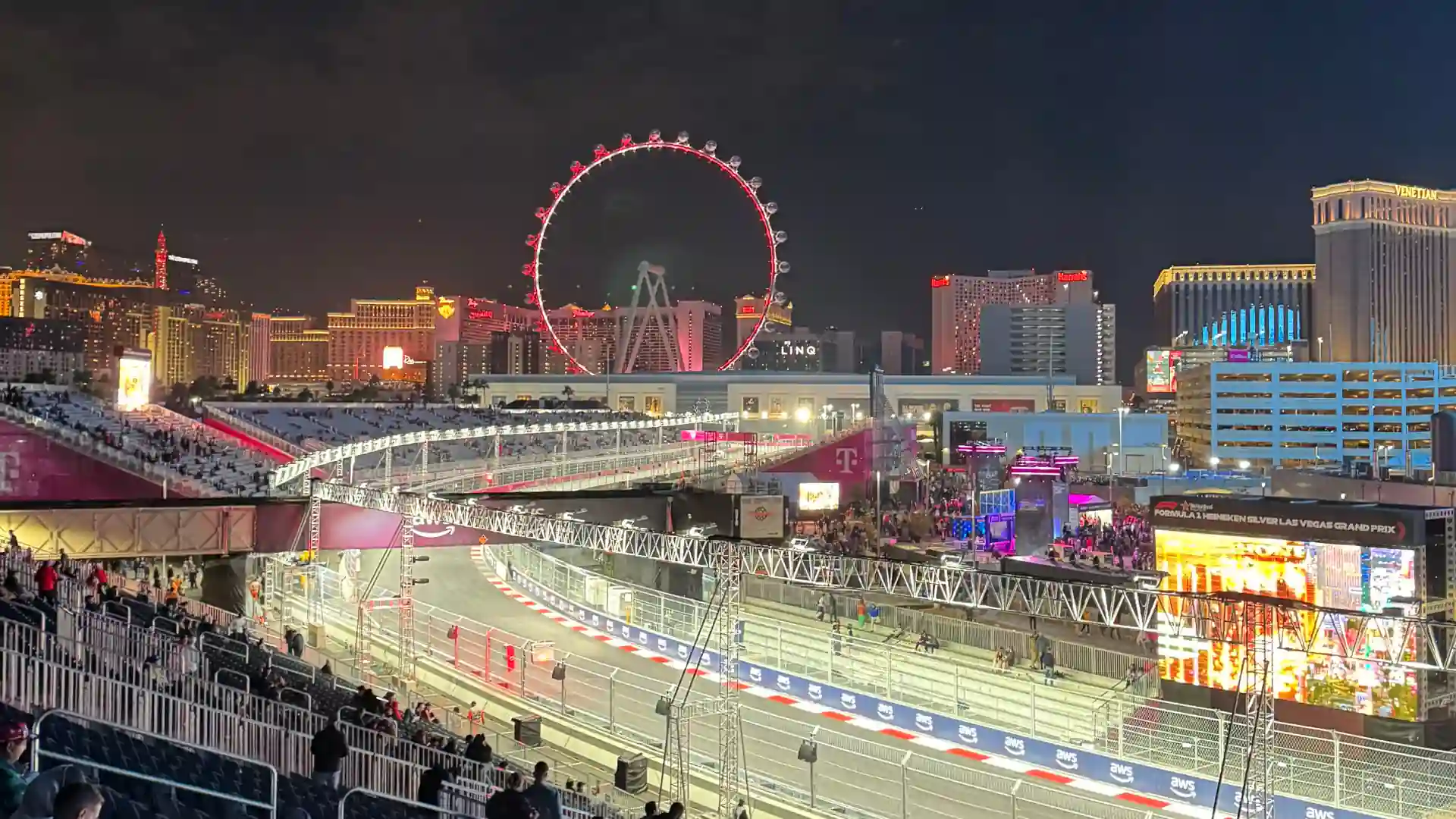
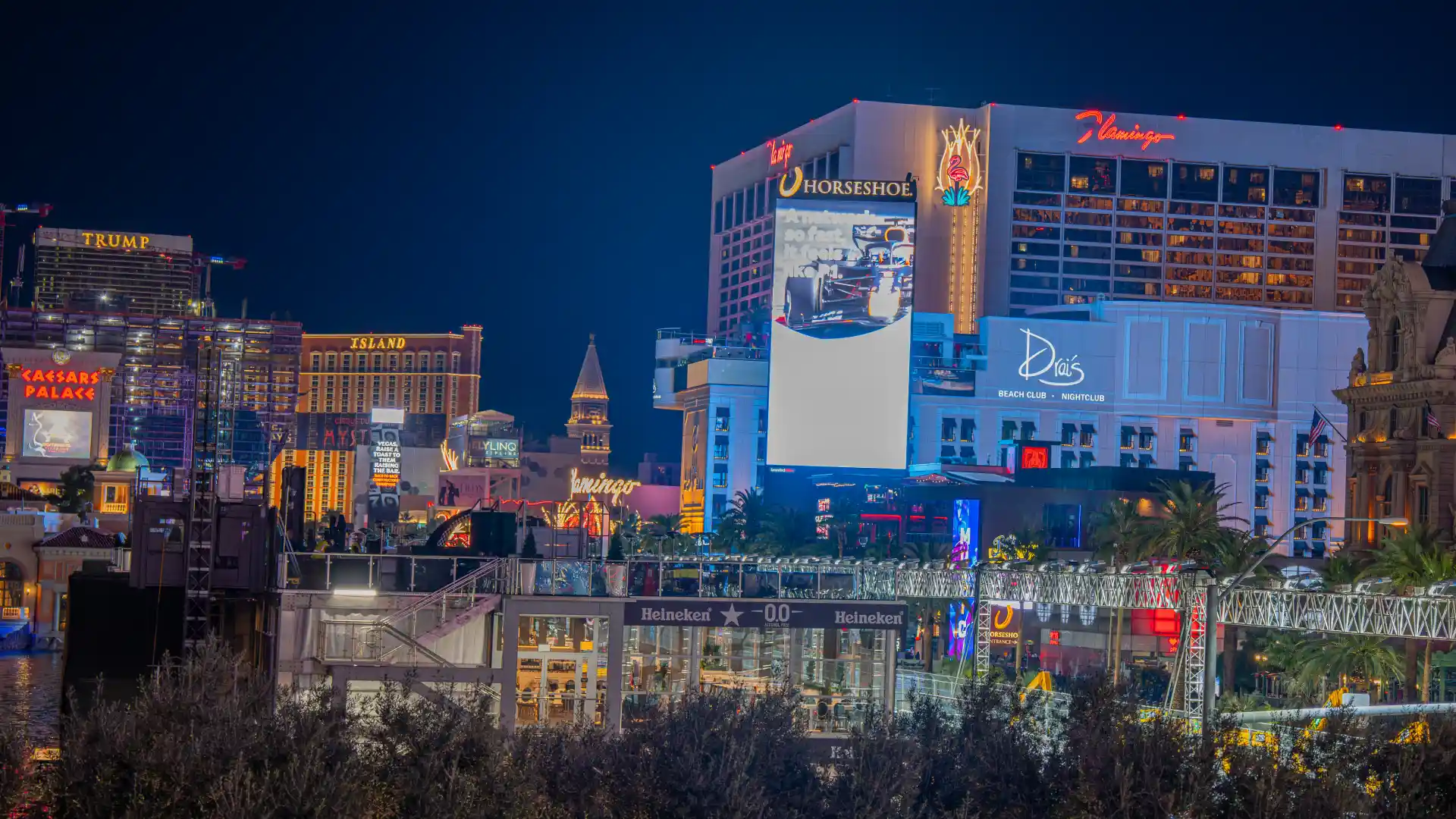
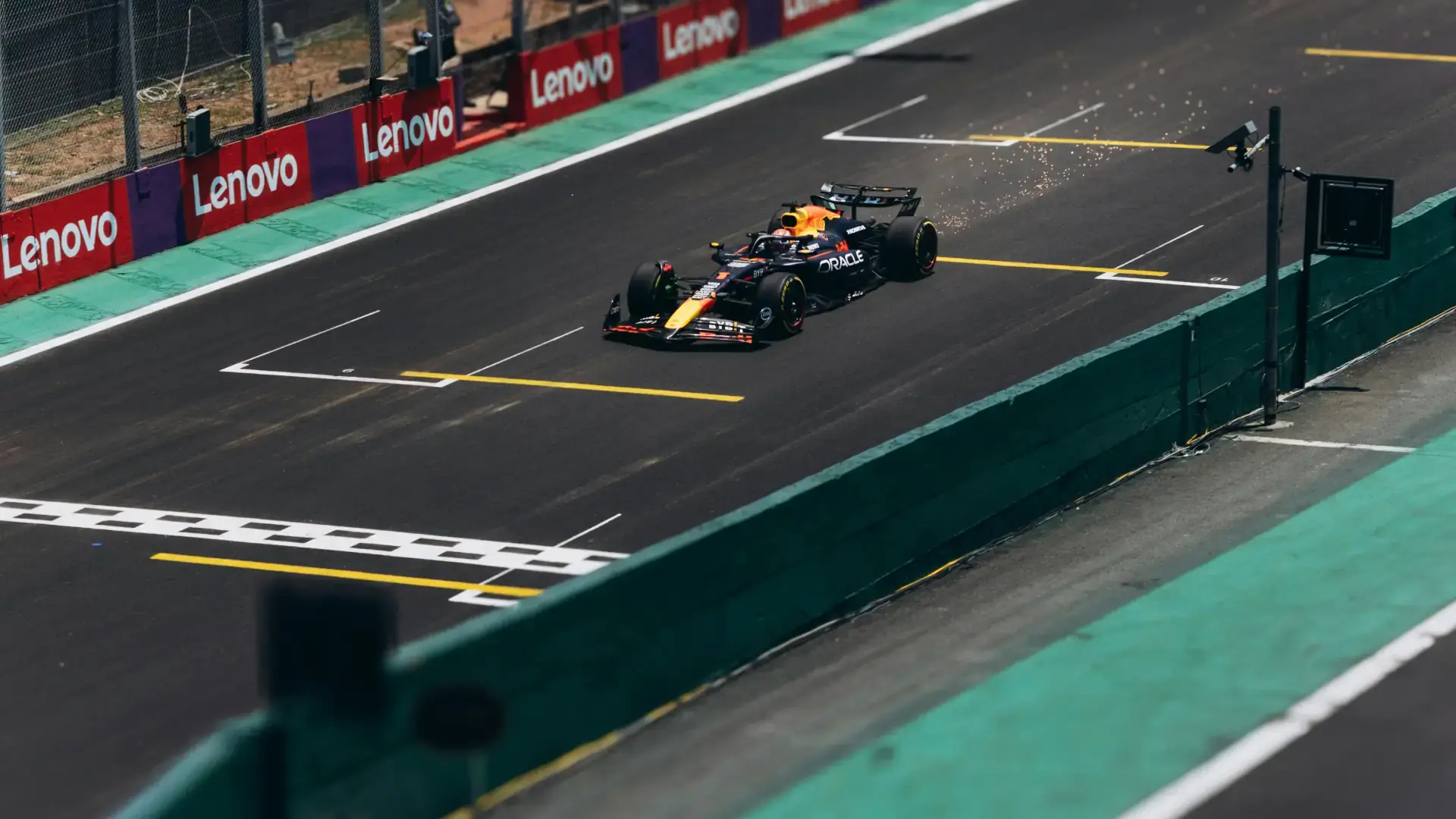

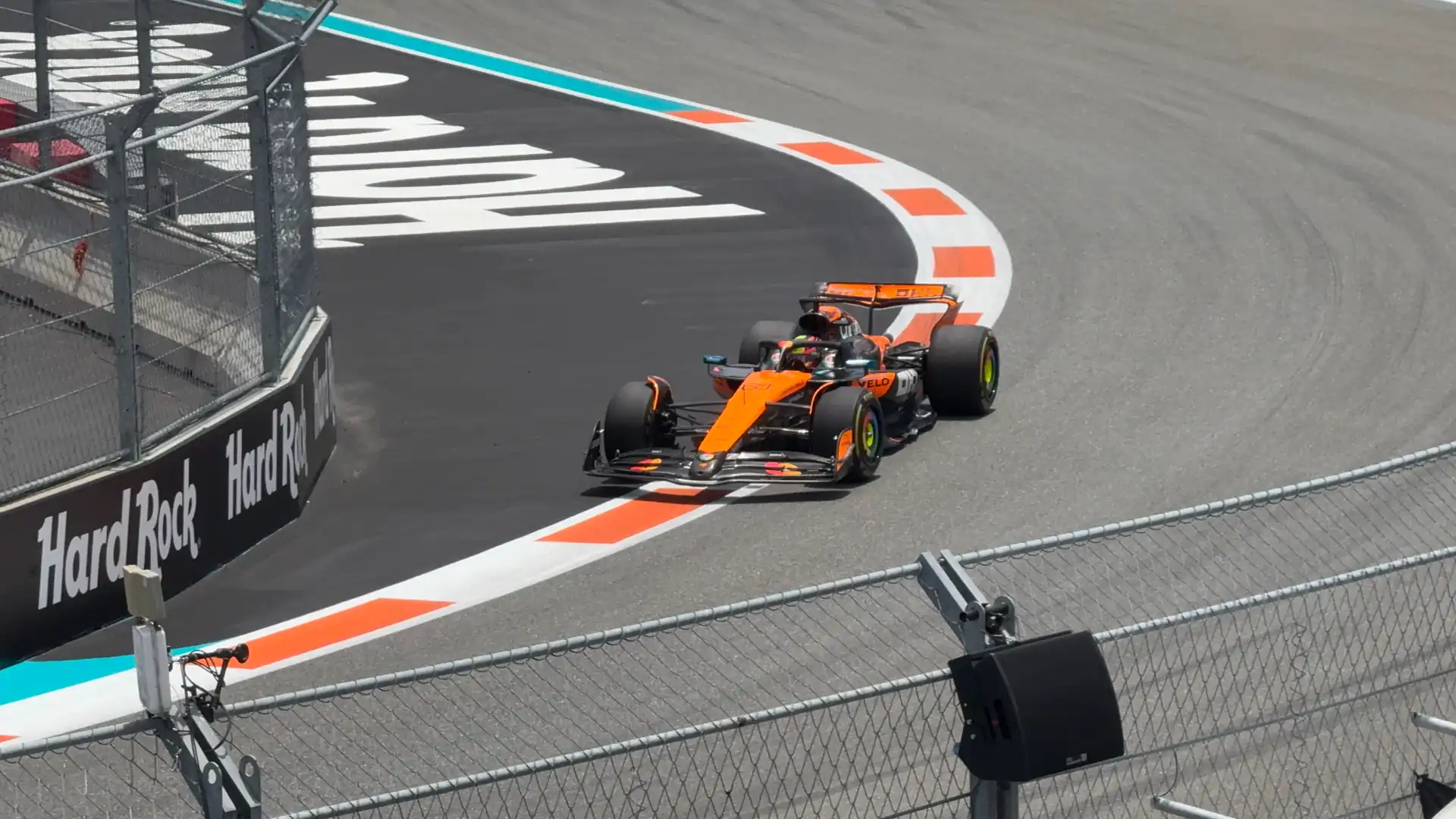

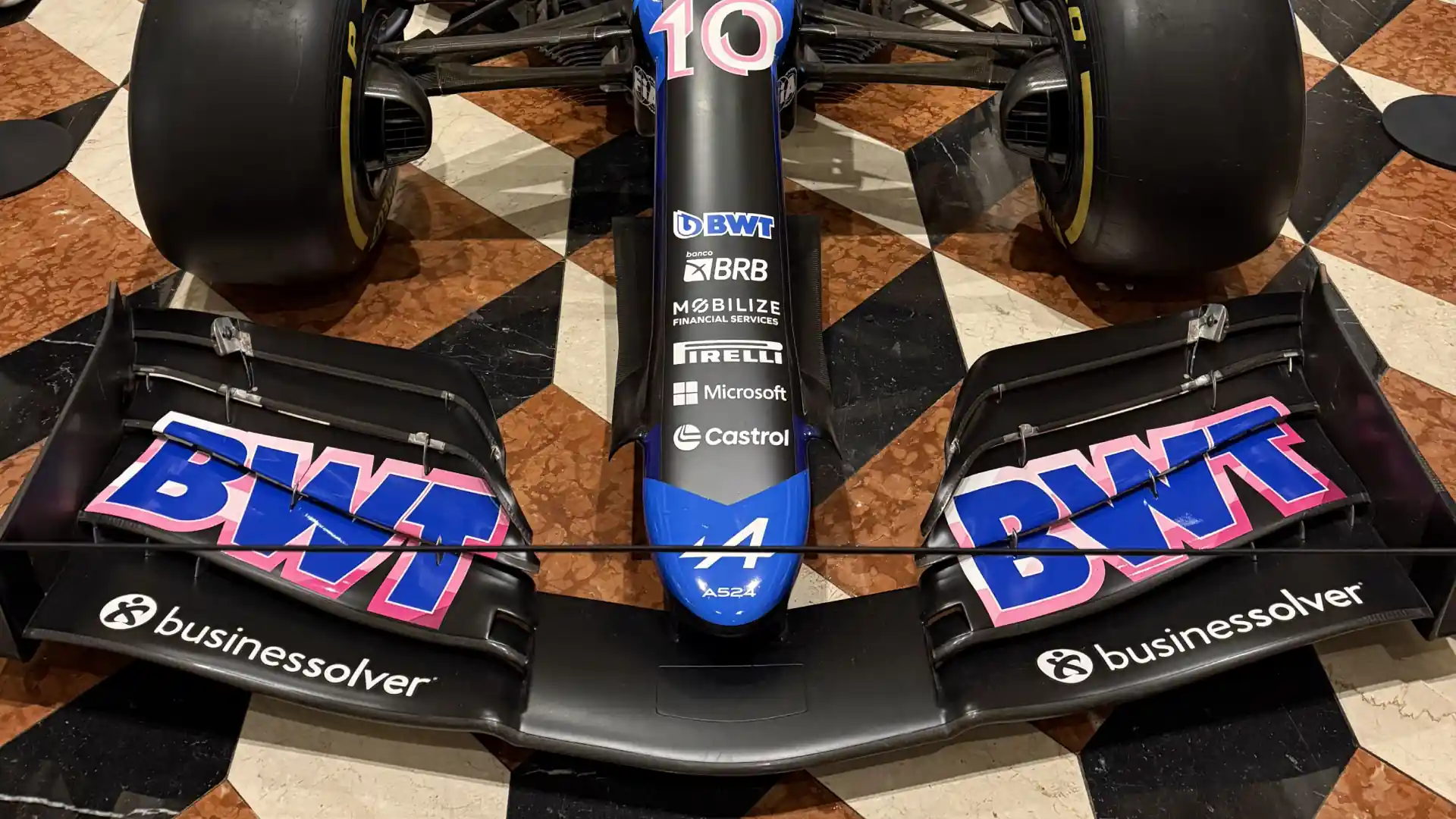
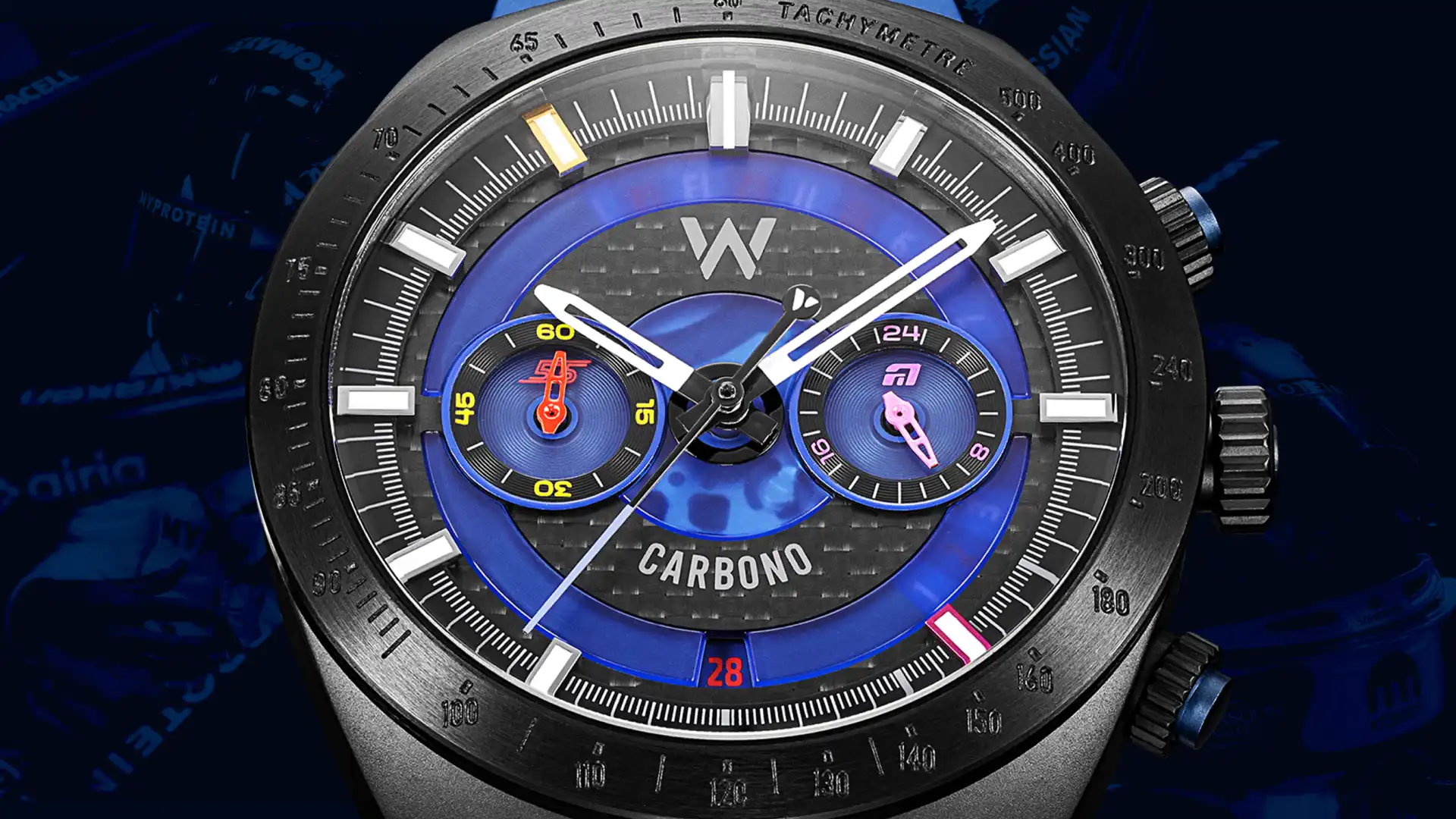
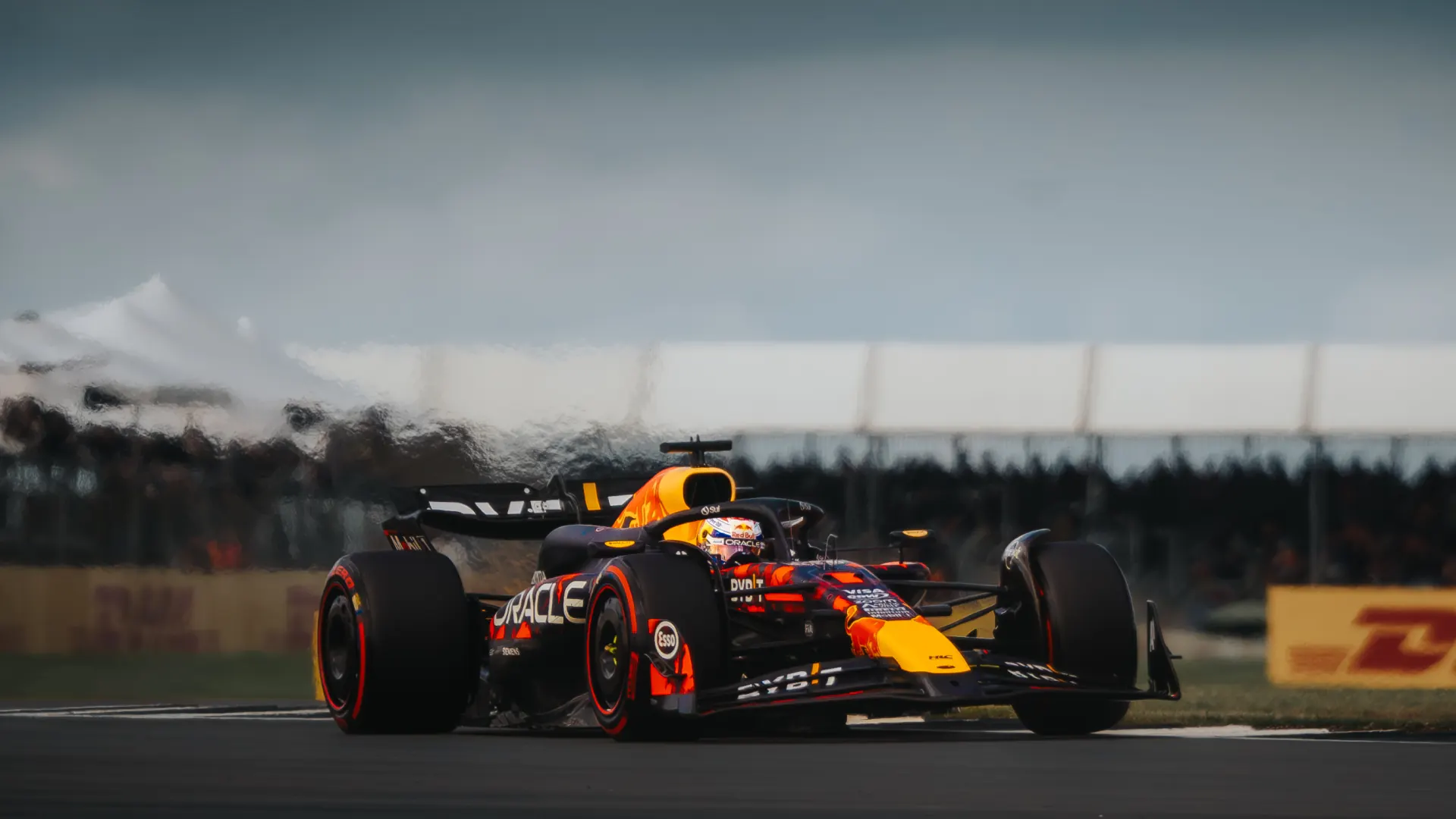
.webp)

